Titanic (before)
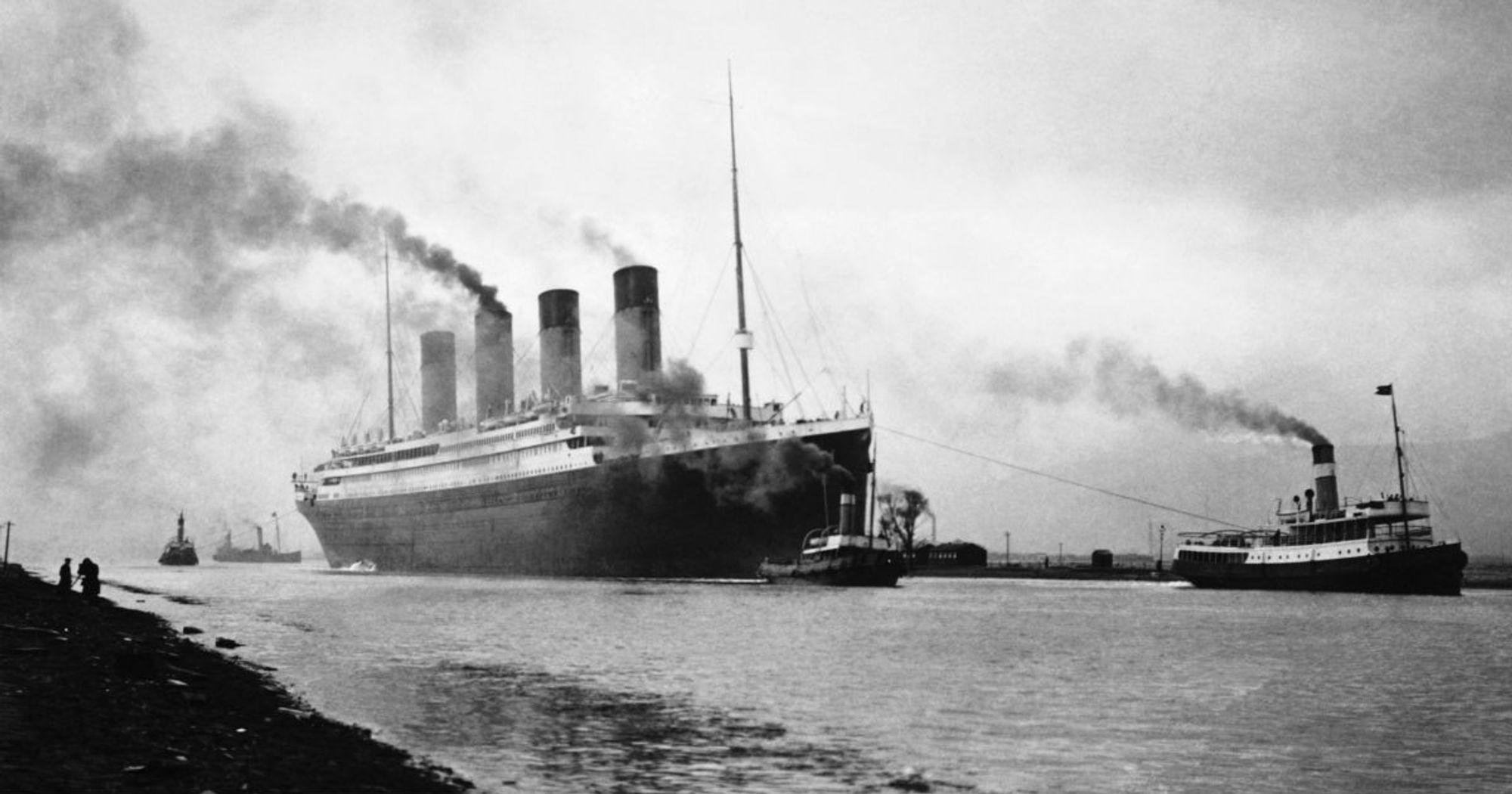
For well over a century, the name Titanic has been synonymous with disaster. However, back before the mighty Olympic class ocean liner took its maiden voyage from Southampton to New York, it seemed to present the future of transatlantic travel, with its luxurious accommodation and facilities for its first class passengers.
Titanic (after)
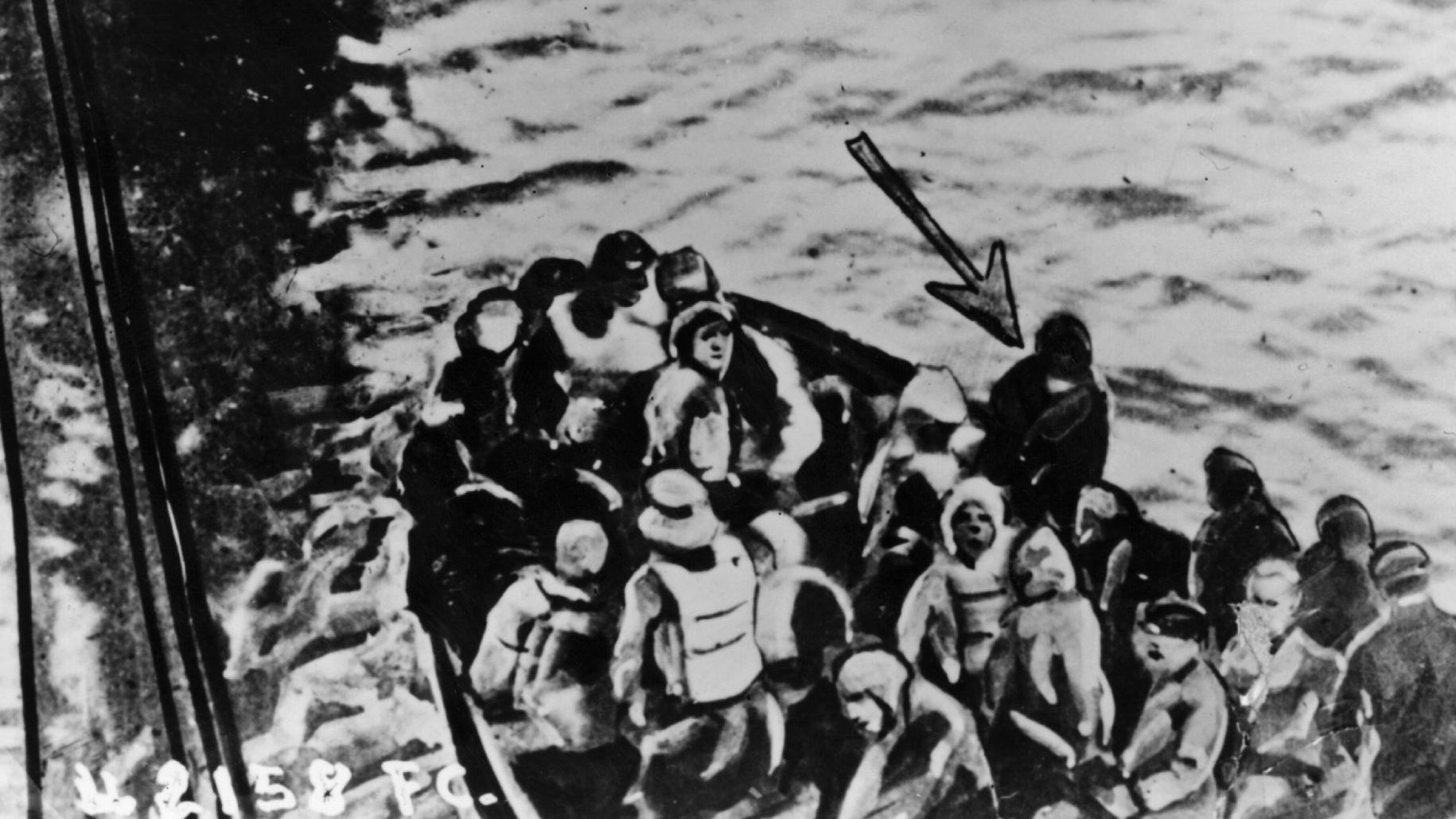
On April 15, 1912, the Titanic collided with an iceberg 1,250 miles from New York and sank, despite claims that the ship was unsinkable. Though it carried 2,224 people, only 20 lifeboats were on board, and more than 1,500 people died. The events shocked the world and captured the imagination of millions, eventually inspiring James Cameron’s massively successful 1997 film.
Hiroshima (before)

Founded in 1589, by the early 20th century the Japanese city of Hiroshima had become a major hub for industry with a large civilian population. The city also had a long military history, having been a center of activity during several wars in which Japan had been embroiled, up to and including the Second World War.
Hiroshima (after)
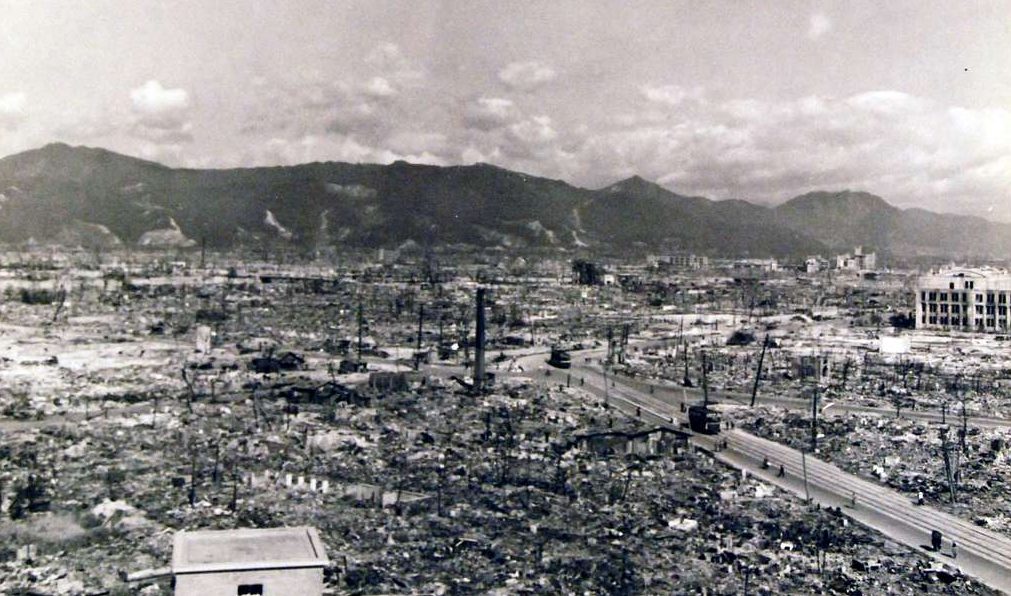
On August 6, 1945, the United States military dropped an atomic bomb on Hiroshima, the very first use of a nuclear weapon as part of an armed conflict. An estimated 80,000 people are thought to have been killed instantly, and many more died or otherwise suffered in the fallout. After the US dropped a second atomic bomb on Nagasaki, Japan surrendered, ending the war.
Banda Aceh (before)
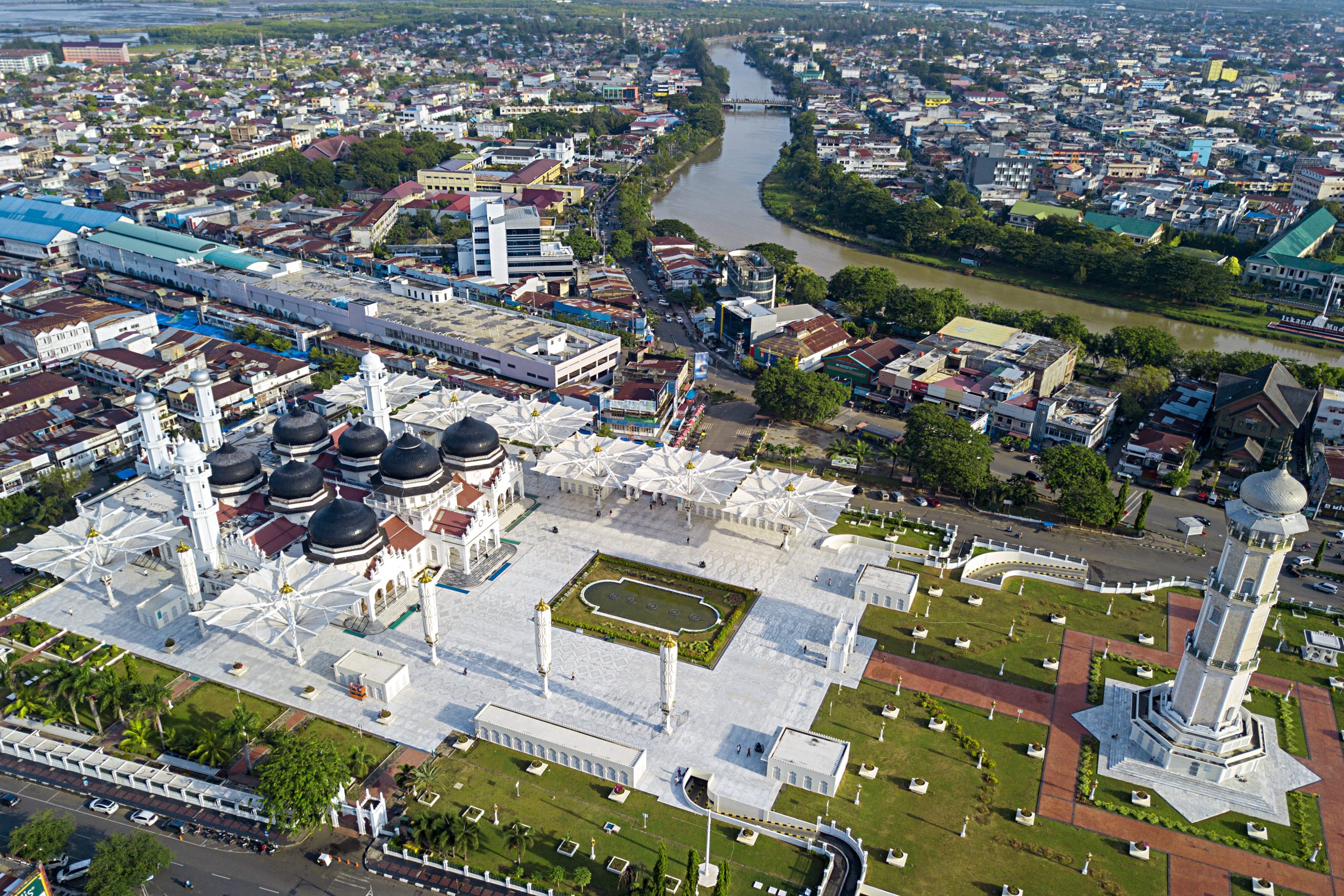
Based on the Indonesian island of Sumatra, Banda Aceh is the largest city in the province of Aceh. First built all the way back in 1205 and visited by Marco Polo as early as 1292, Banda Aceh became a major cultural and economic center for Indonesia, and in more recent times it also became popular with tourists.
Banda Aceh (after)
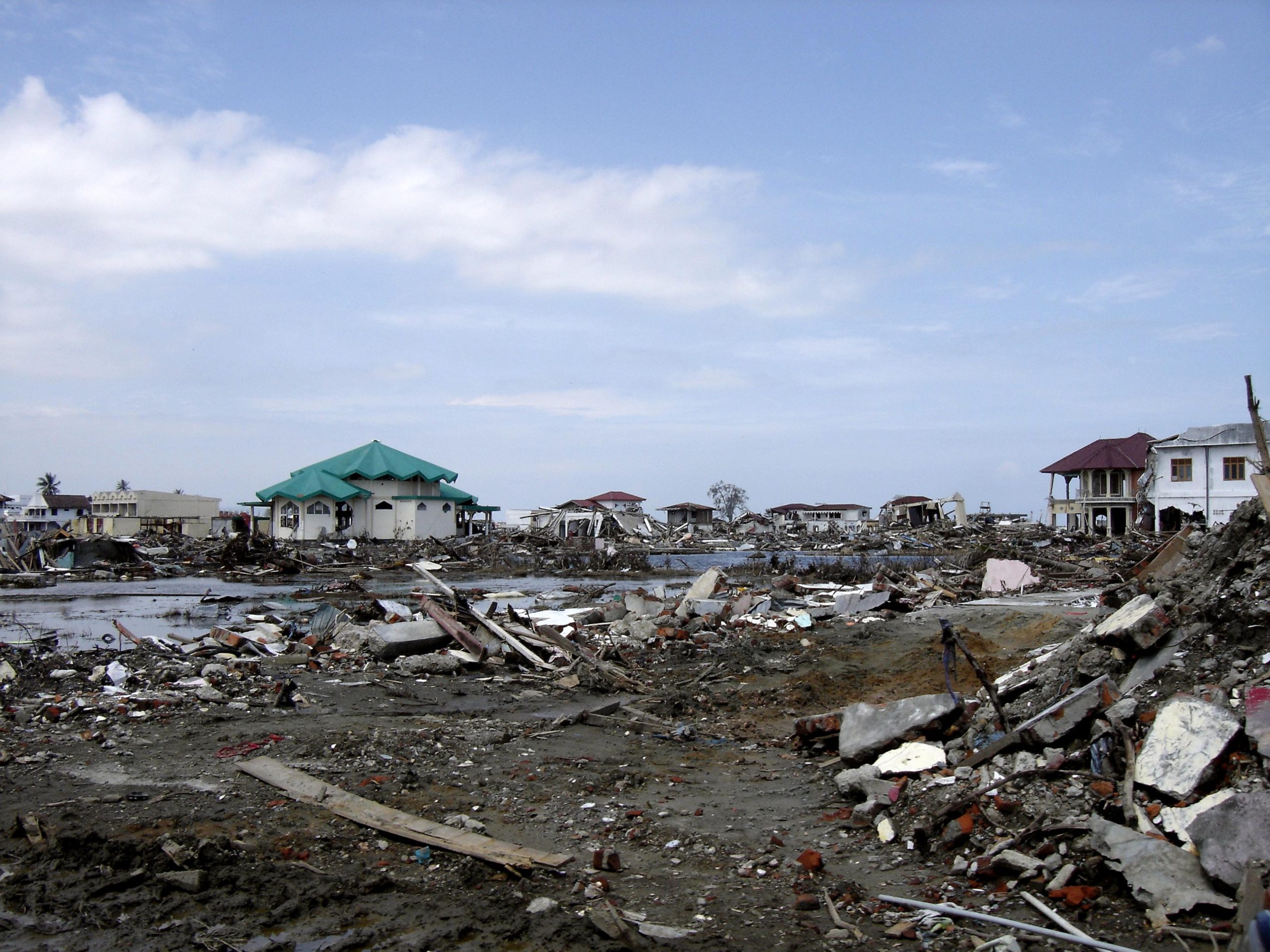
The Indian Ocean earthquake and tsunami of December 26th, 2004 was one of the deadliest natural disasters of living memory, and while many areas were devastated, nowhere was hit harder than Banda Aceh. Hit by waves over 100 feet high, the disaster killed over 60,000 people in Banda Aceh and tens of thousands more along the coast, with extensive property damage.
Chengdu (before)
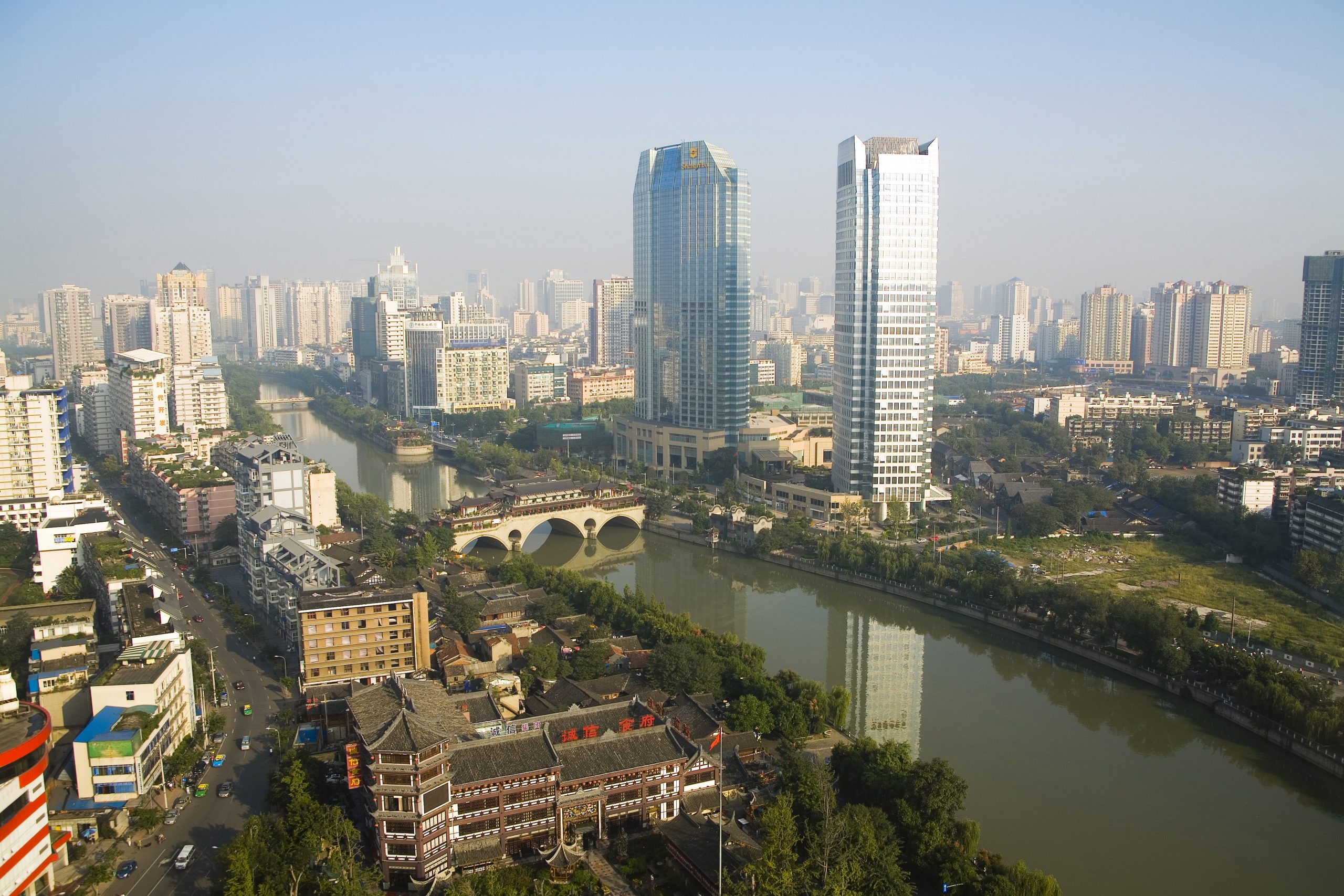
Chengdu is the capital city of the Sichuan province in south-west China, and one of the most densely populated cities in the country. A key Chinese city in terms of economy, industry and communications, it also famous for being home to the Chengdu Research Base of Giant Panda Breeding, a major animal research center and tourist destination.
Chengdu (after)
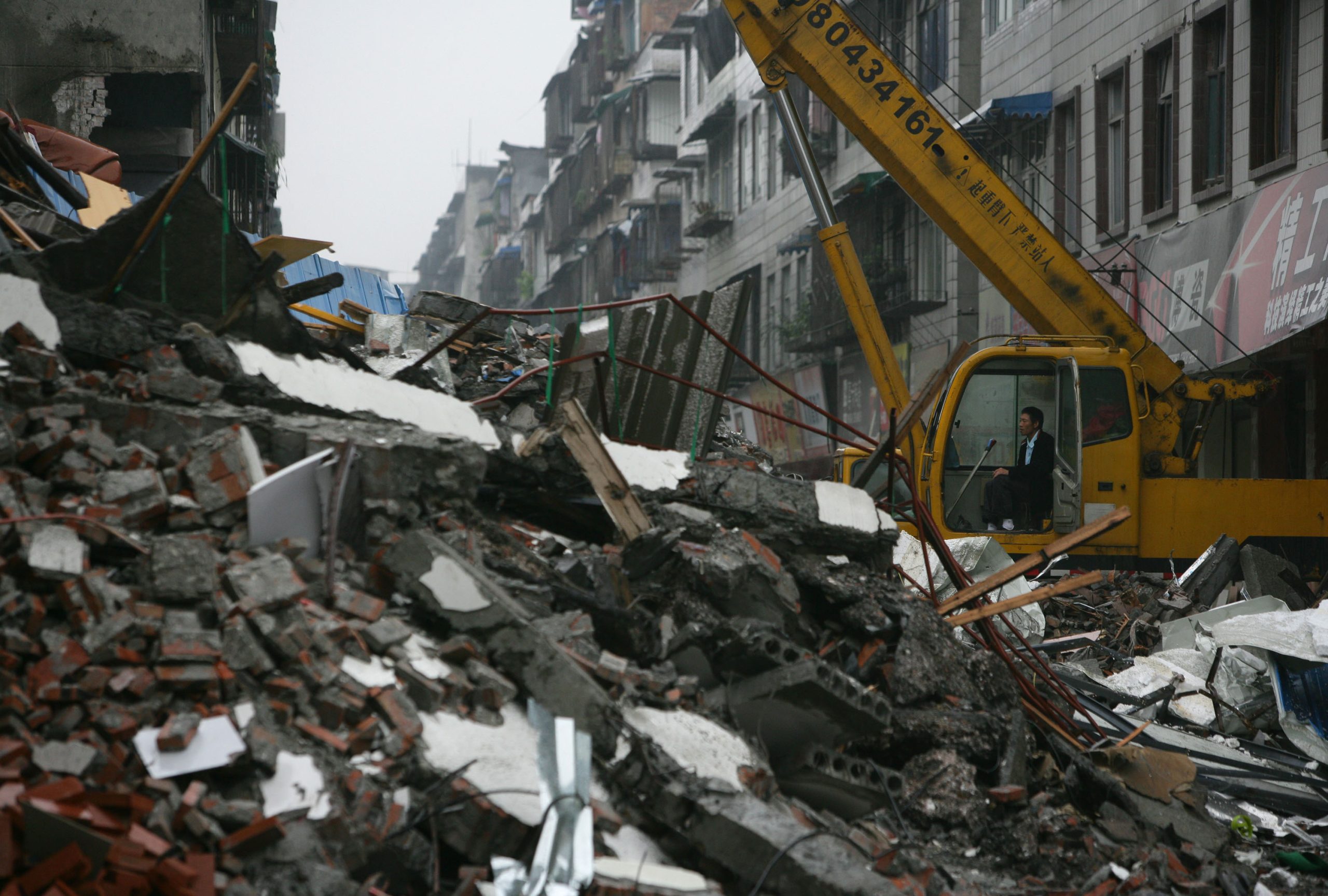
China’s Sichuan province was hit by a major earthquake on May 12th, 2008. The impact of this was felt all over China, and Chengdu was among the areas hit the hardest. More than 69,000 people were reported to have been killed as a result of the earthquake throughout Sichuan province overall.
Pearl Harbor (before)
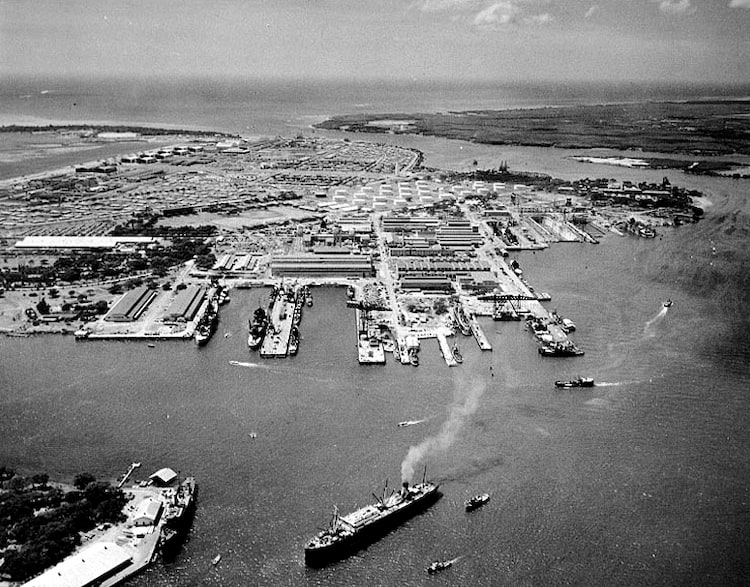
Long before Hawaii was officially one of the United States of America, the bay of Wai Momi – literally translated, ‘Waters of Pearl’ – was acquired by the US for use as a Naval base. In 1940, the US – which at this point was still neutral in World War II – moved its Pacific Fleet to Hawaii, as tensions grew with Japan.
Pearl Harbor (after)
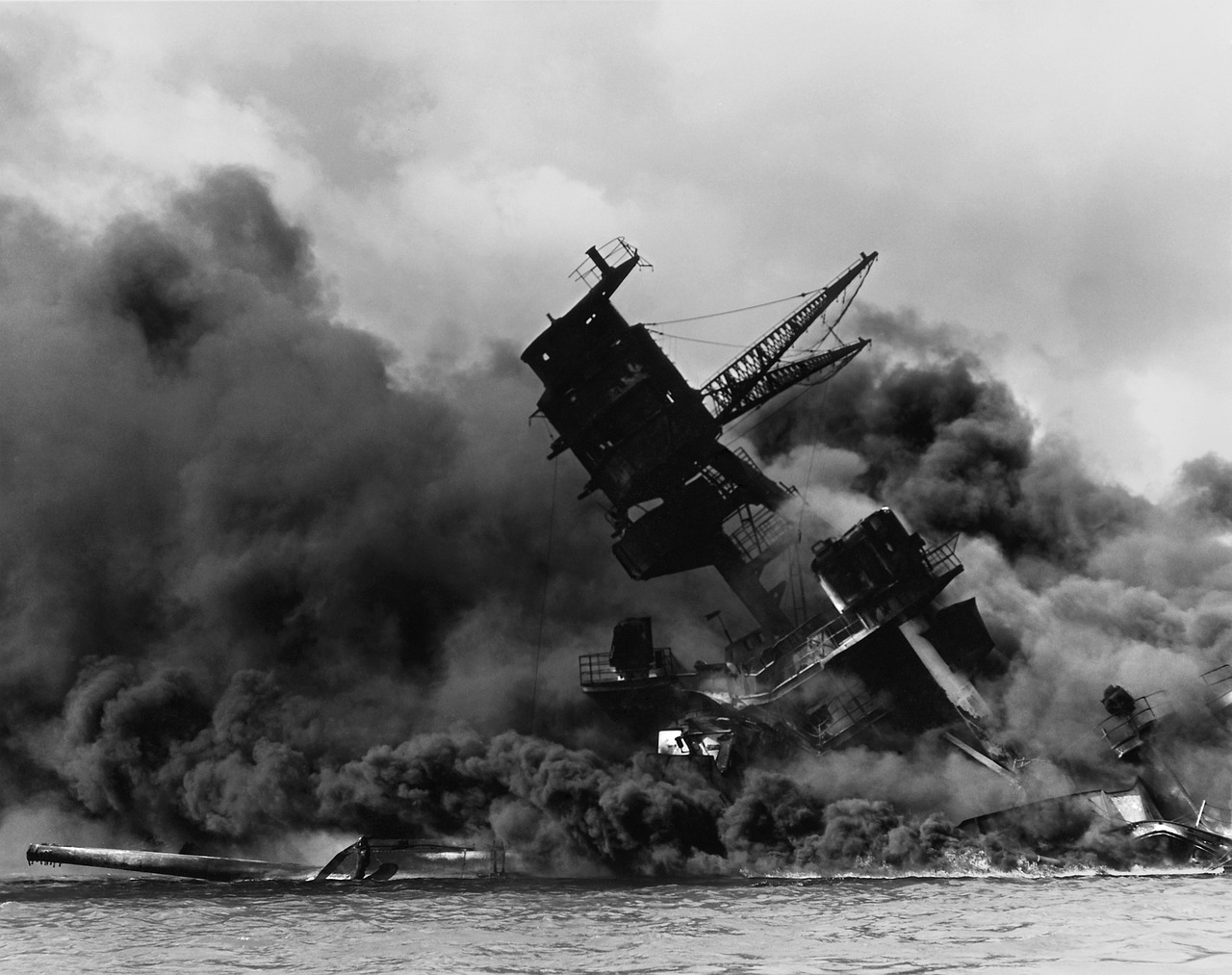
On December 7, 1941, Japan launched a surprise attack on Pearl Harbor, killing more than 2,400 people and destroying hundreds of US military aircraft, as well as leaving 19 US Navy ships either destroyed or badly damaged. These actions finally brought the US into the war.
Haiti National Palace (before)
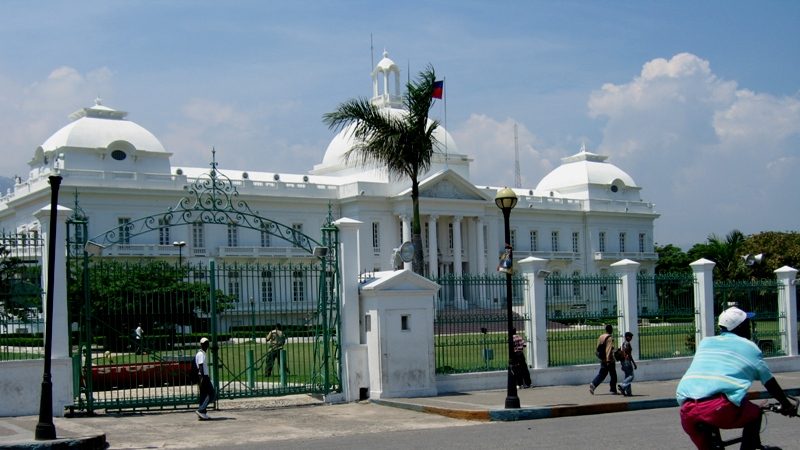
Constructed in the 18th century for the the French governor general of Saint-Domingue, Haiti’s National Palace became the residence of every Haitian ruler from that point on. In 1912 the palace was largely rebuilt, with Haitian architect Georges Baussan redesigning it in a classical style inspired by French architecture.
Haiti National Palace (after)
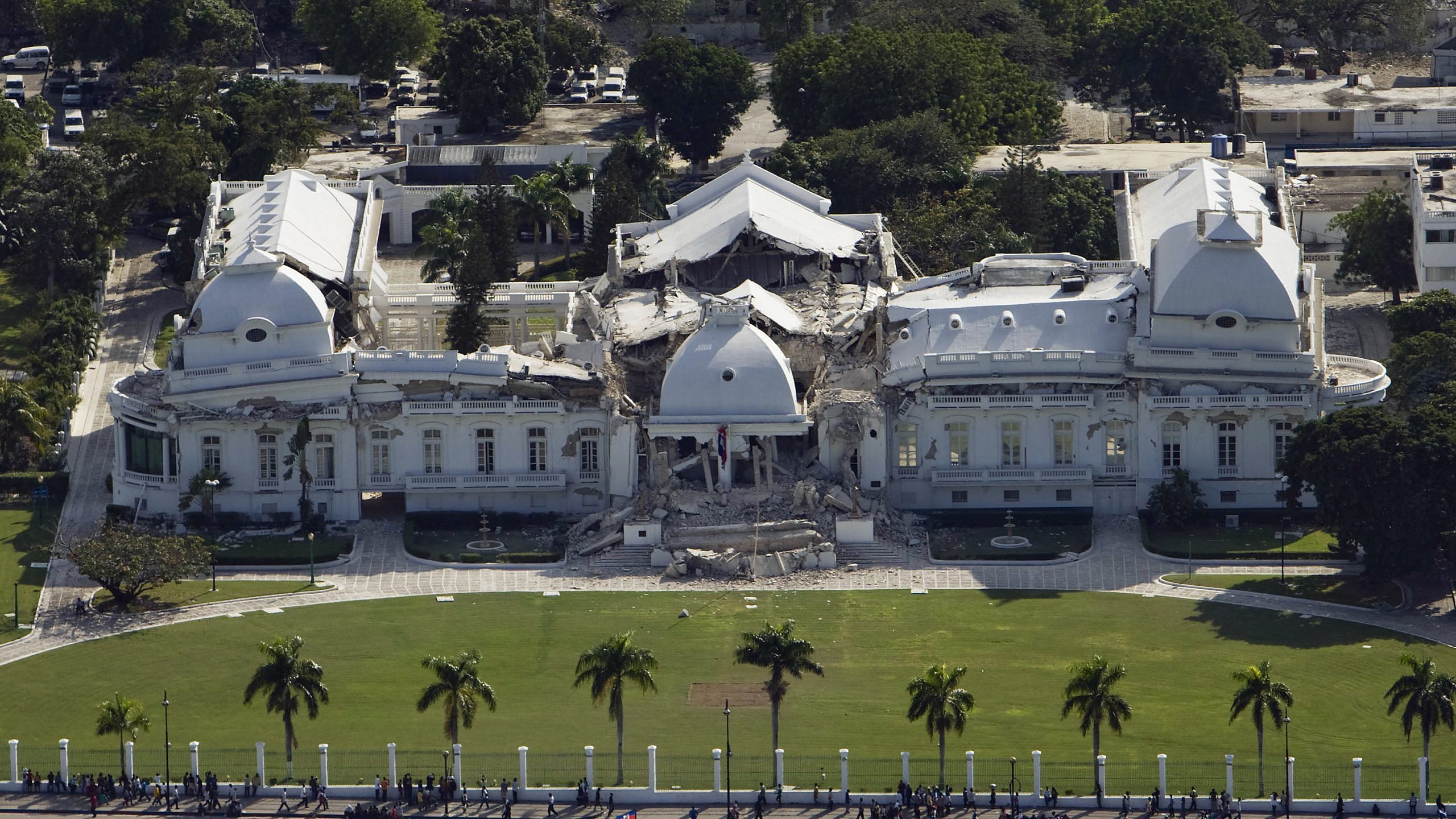
On January 12th, 2010, an earthquake measuring 7.0 on the Richter scale struck the Haitian capital of Port-au-Prince. Around 92,000 people lost their lives in the ensuing carnage, with millions more displaced. Destruction was widespread and the National Palace was amongst the buildings left in ruins, with reconstruction yet to be completed.
New Orleans (before)
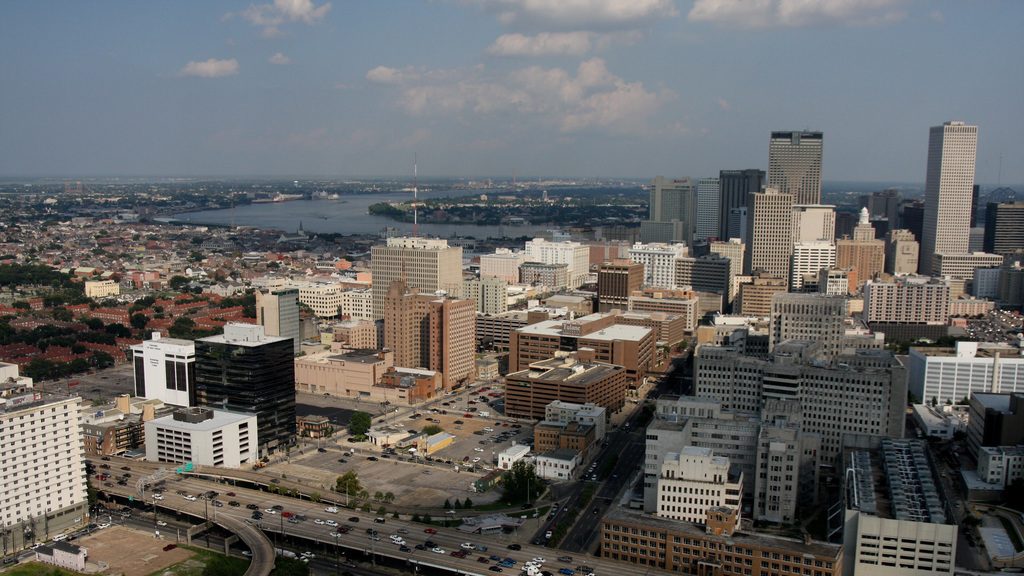
One of America’s most historic cities, New Orleans was founded in 1718 by the French Mississippi Company. Since then, the city has become iconic for its rich culture, distinctive Creole-infused cuisine, vibrant Jazz scene and colourful festivals. New Orleans’ burgeoning film industry has also led to its nickname of “Hollywood South.”
New Orleans (after)
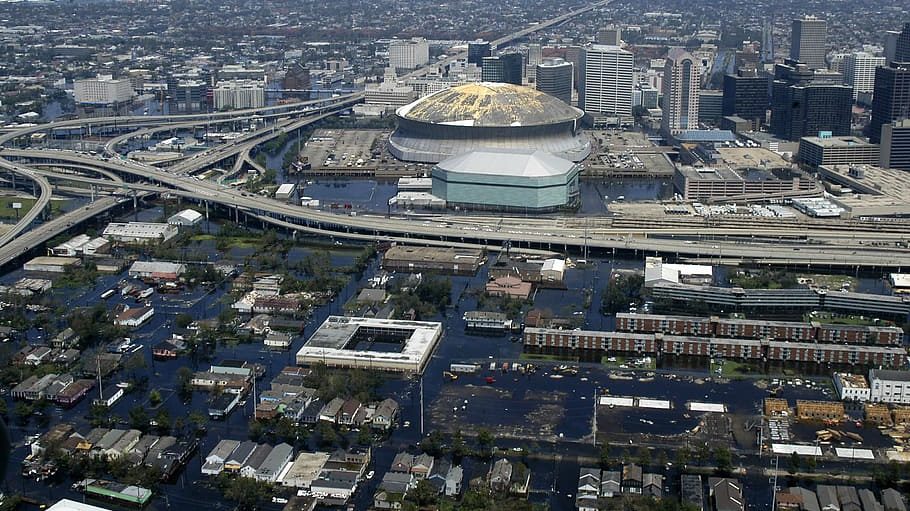
On August 29th, 2005, Hurricane Katrina struck New Orleans, rapidly overwhelming the city’s flood defences and resulting in catastrophic damage to the city. Around 1,400 residents perished in the storm, with many sharply criticising the government and local authorities for lacklustre rescue efforts that almost certainly exacerbated the death toll.
Pripyat (before)
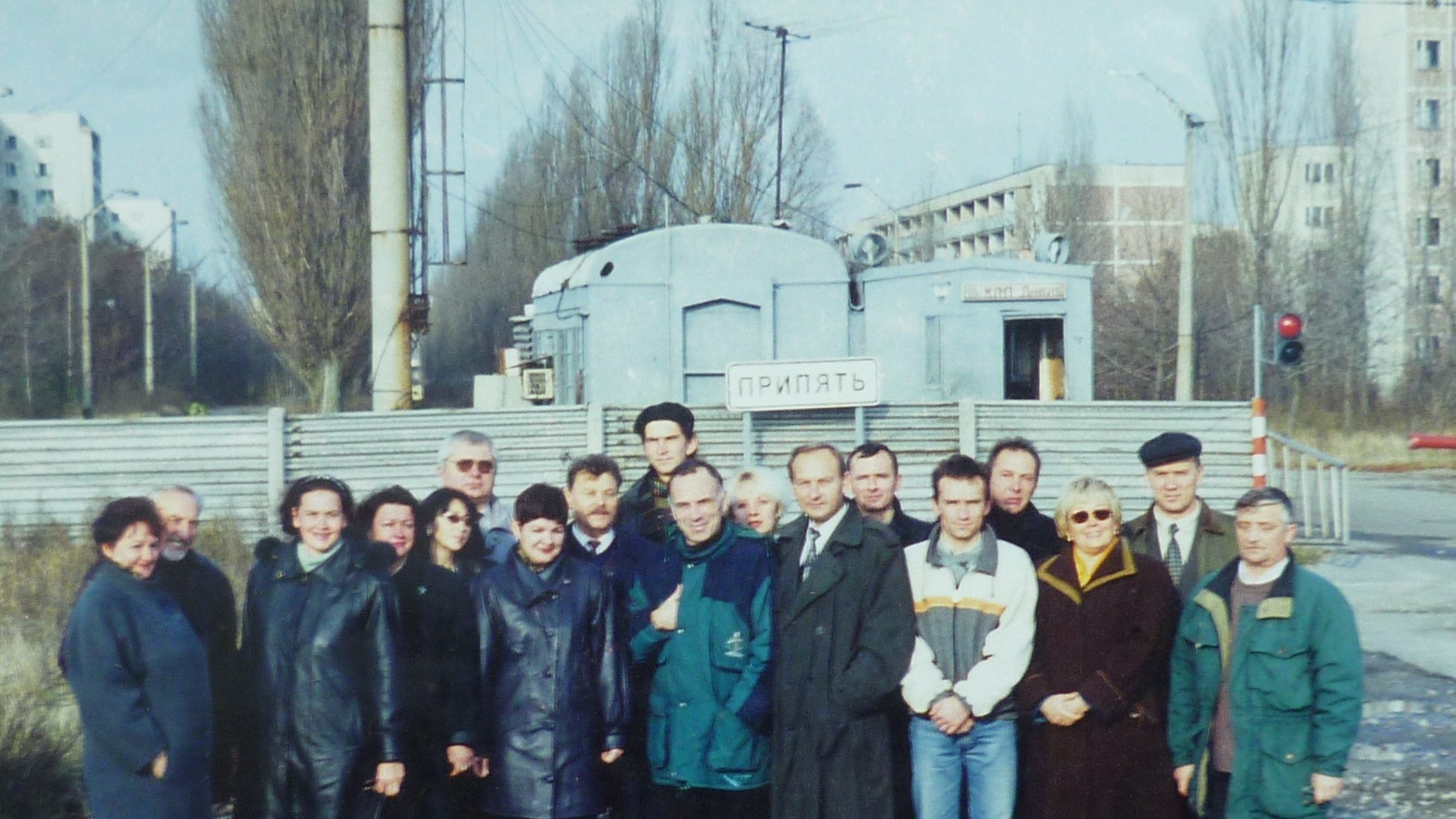
Pripyat was built by the Soviet Union in February 1970, in what is modern day Ukraine, to house workers for the nearby Chernobyl Nuclear Power Plant. Over the next 16 years, the population of Pripyat swelled to almost 50,000, and leisure facilities – including the now iconic Ferris wheel – were built around the city.
Pripyat (after)
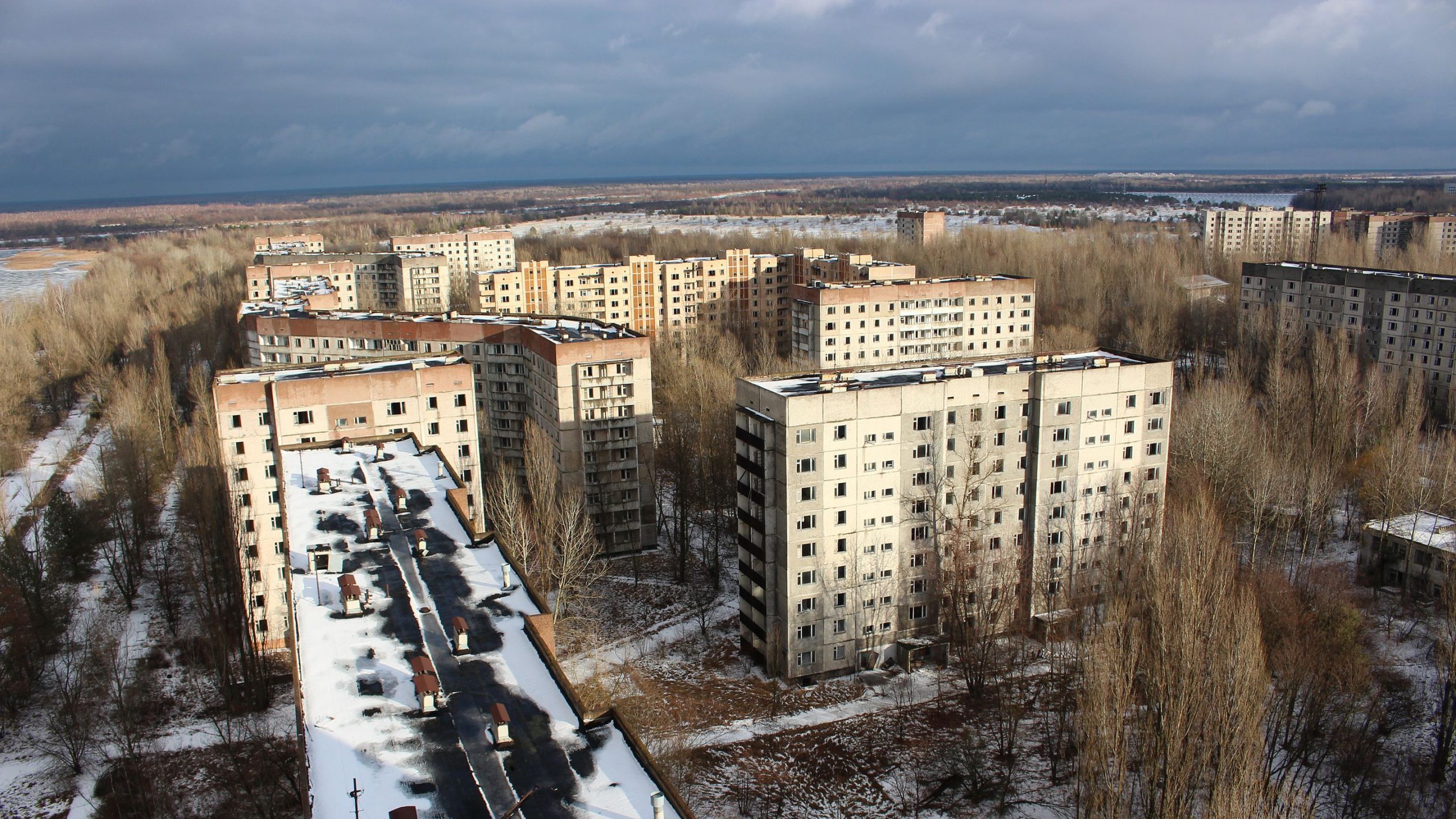
The meltdown of reactor number four at the Chernobyl Nuclear Power Station remains one of the most catastrophic disasters in human history. While the official death toll only reflects the 31 plant workers and emergency services personnel who died from acute radiation syndrome, hundreds of thousands of lives were probably shortened by exposure to drifting radioactive particles.
Verdun (before)
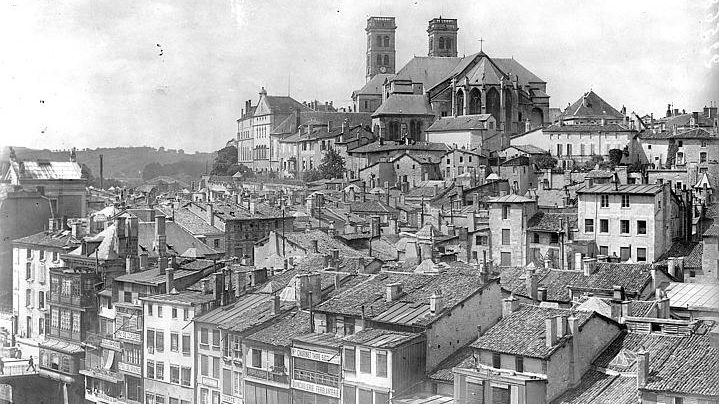
One of the largest cities in Northeastern France, Verdun was founded by the Gauls sometime before the fourth century. During the Napoleonic Wars, Verdun’s citadel was used to hold British prisoners of war, and in the Franco-Prussian War of 1870 Verdun was the last French city to surrender – a portent of the coming battle that was to cement its place in history.
Verdun (after)
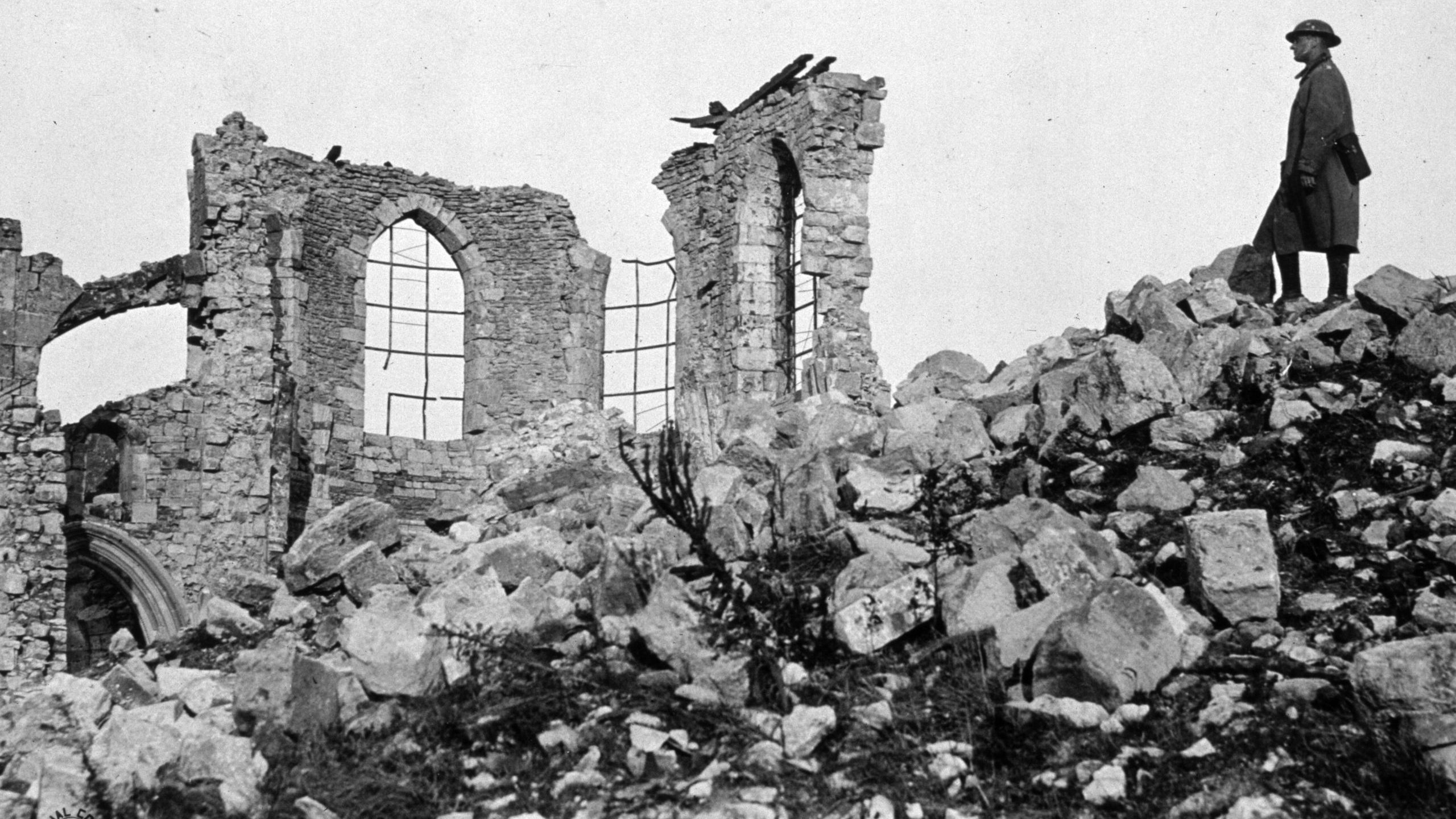
Lasting from February 21st to December 18th 1916, the battle for Verdun was the longest of the First World War, and one of the bloodiest. The total casualties from the battle have been estimated at 714,000, equivalent to 70,000 men every single month. Verdun came to symbolise the spirit of French resistance, as well as the unprecedented scale of carnage unleashed during the war.
Deepwater Horizon (before)
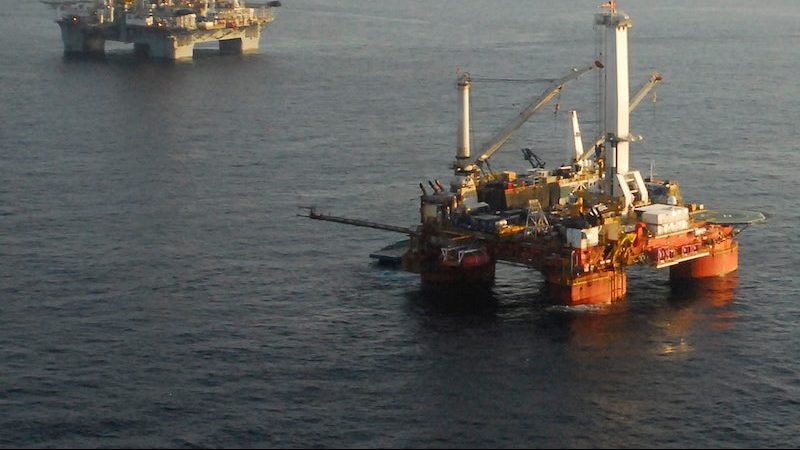
Built by Hyundai Heavy Industries, owned by Transocean and operated by BP, Deepwater Horizon was a semi-submersible, offshore drilling rig. In September 2009, the rig drilled the deepest oil well ever recorded, reaching an astonishing depth of 35,050 feet (almost seven miles), over 30,000 of which were below the seabed.
Deepwater Horizon (after)
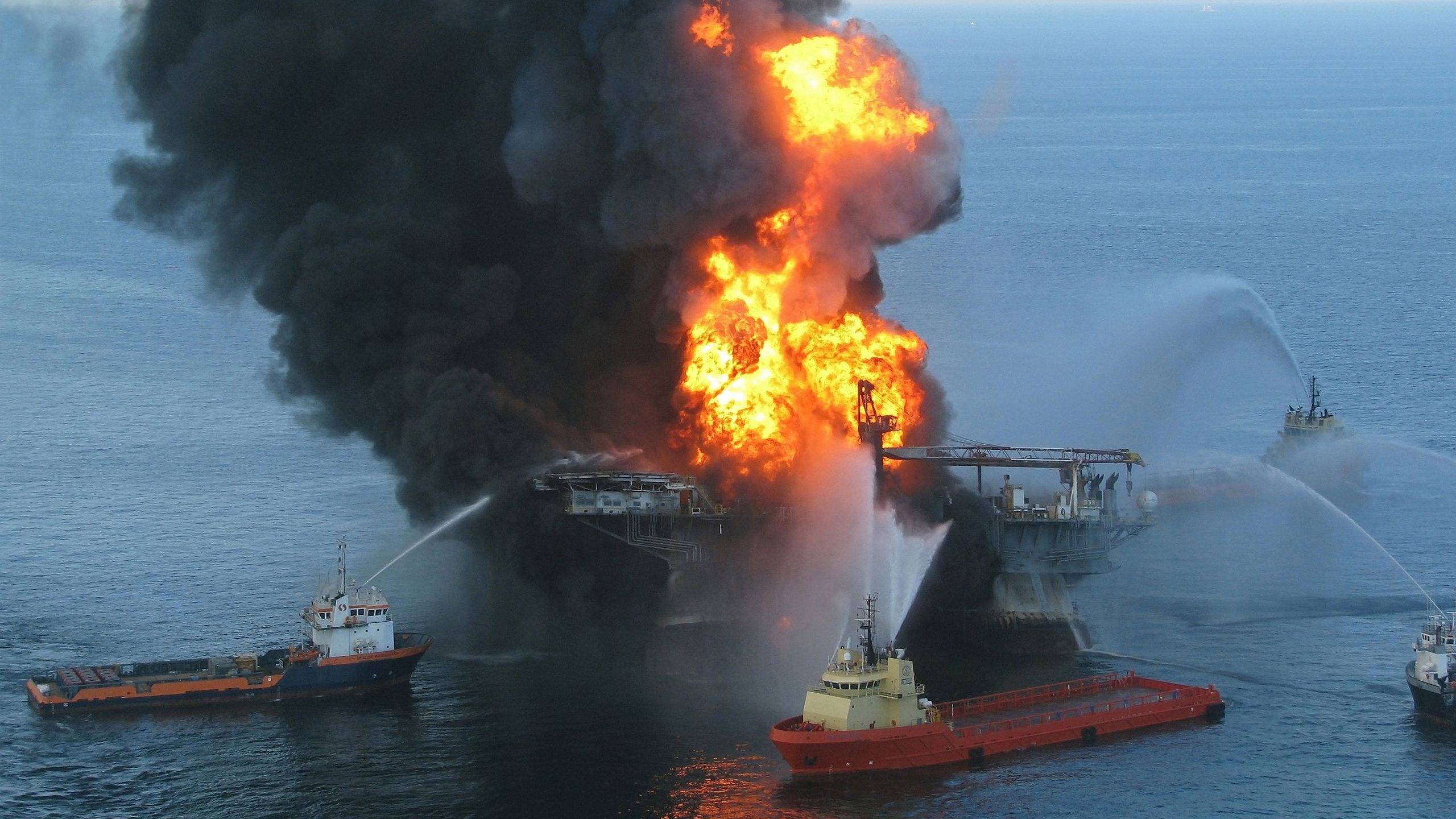
On April 20th, 2010, a blast of highly flammable natural gas erupted through a concrete core installed at the entrance to one of Deepwater Horizon’s oil wells. The gas travelled up the rig’s riser (the pipe used to extract oil), causing an explosion on the deck that killed 11 crew members, sank the platform and led to one of the worst ecological disasters in history.
Sendai (before)
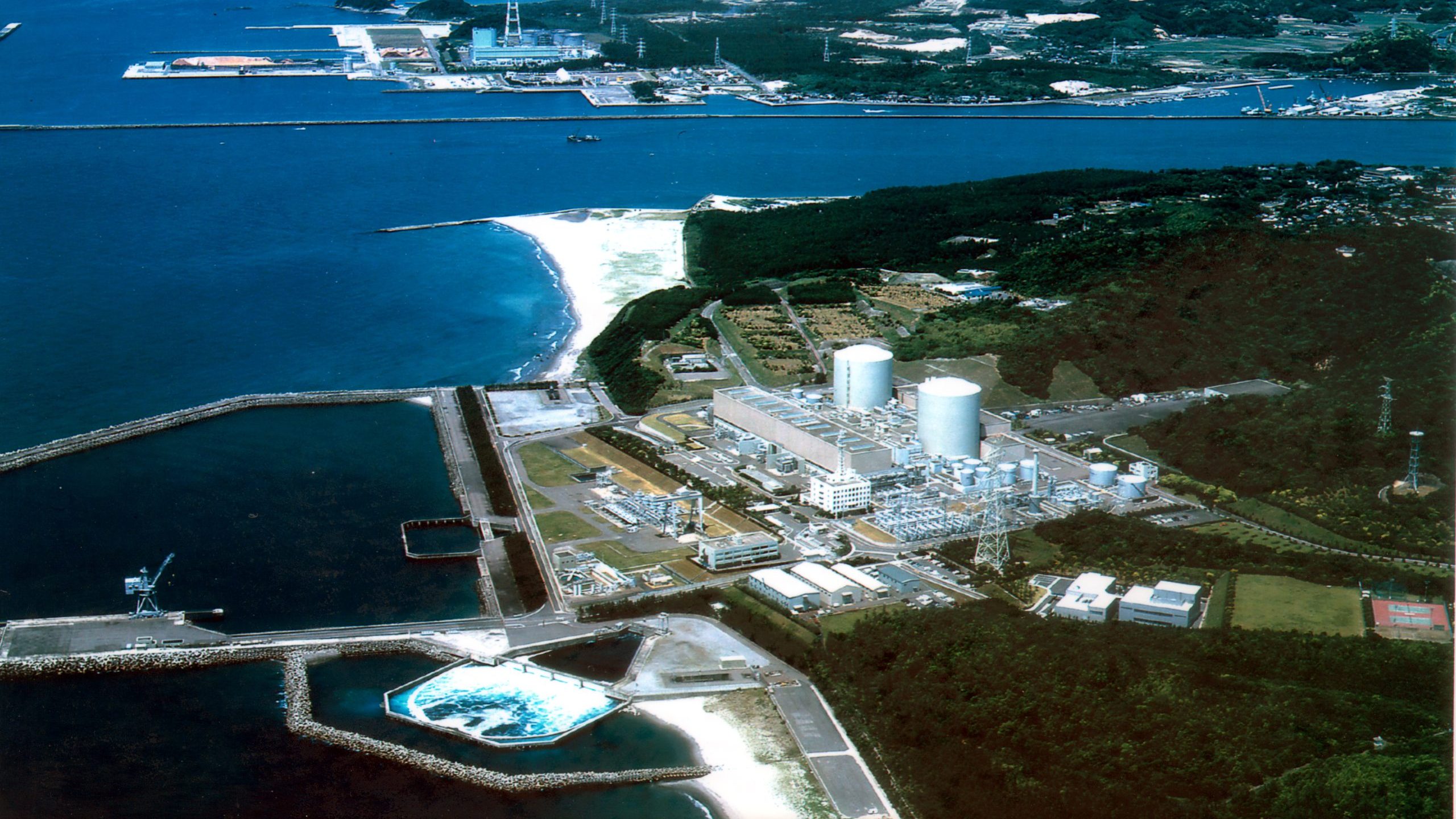
Construction of Sendai began in 1600, during Japan’s Edo Period. The city was initially used as a fortress by Date Masamune, a local ruler, who identified the location’s strategic potential. During The Second World War, Sendai was bombed by the United States Airforce, destroying much of the city centre and killing almost 3,000 civilians.
Sendai (after)
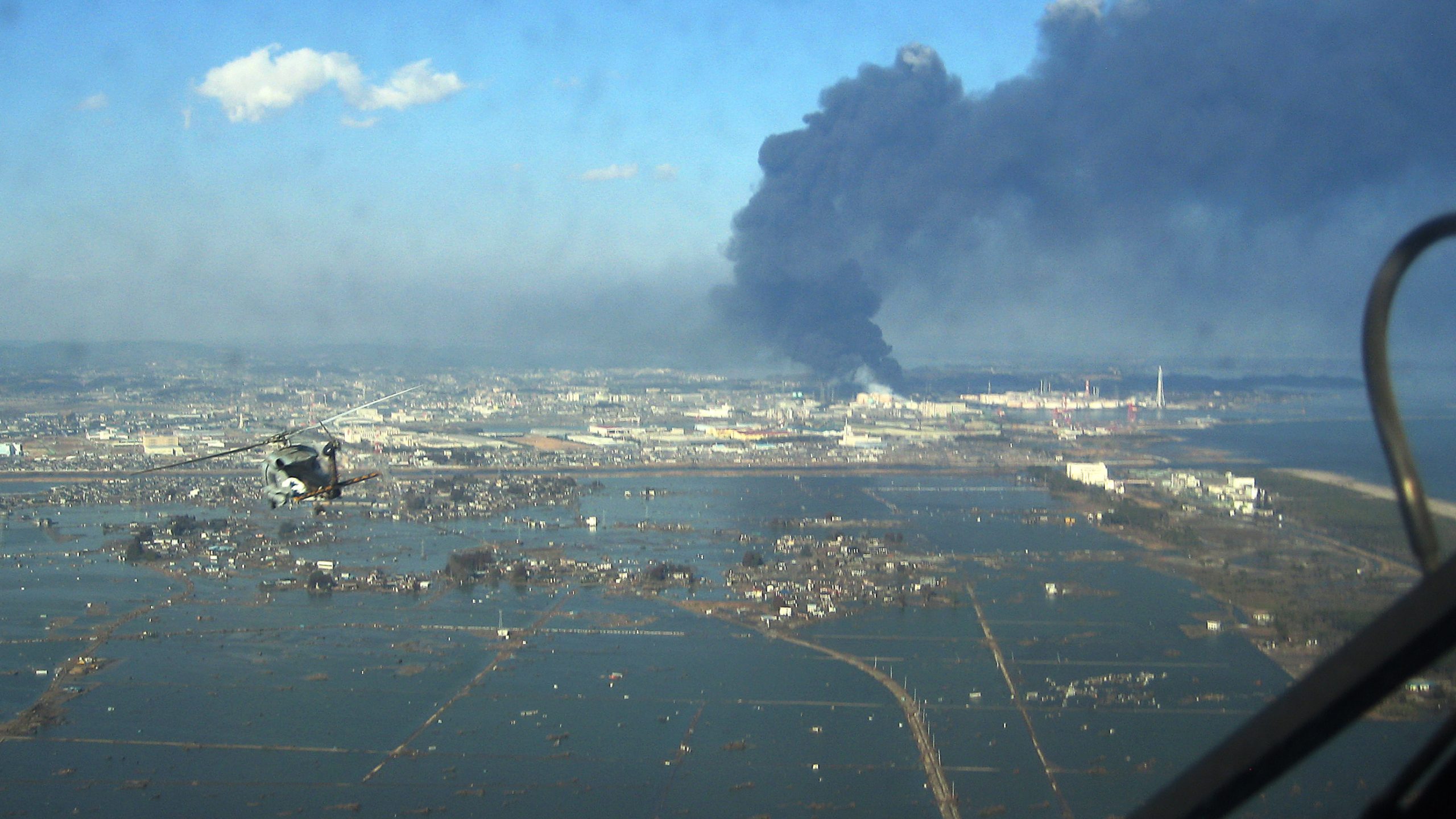
On March 11th, 2011, a powerful earthquake struck the seabed in the Pacific Ocean, about 72 kilometres from the coast of Japan’s Tōhoku region. This resulted in a devastating tsunami that swept inland, engulfing much of Sendai, as well as a number of other cities. Almost 20,000 lives were lost in coastal regions, and the tsunami caused the catastrophic meltdown of the Fukushima nuclear reactor.
Stromlo Forest (before)
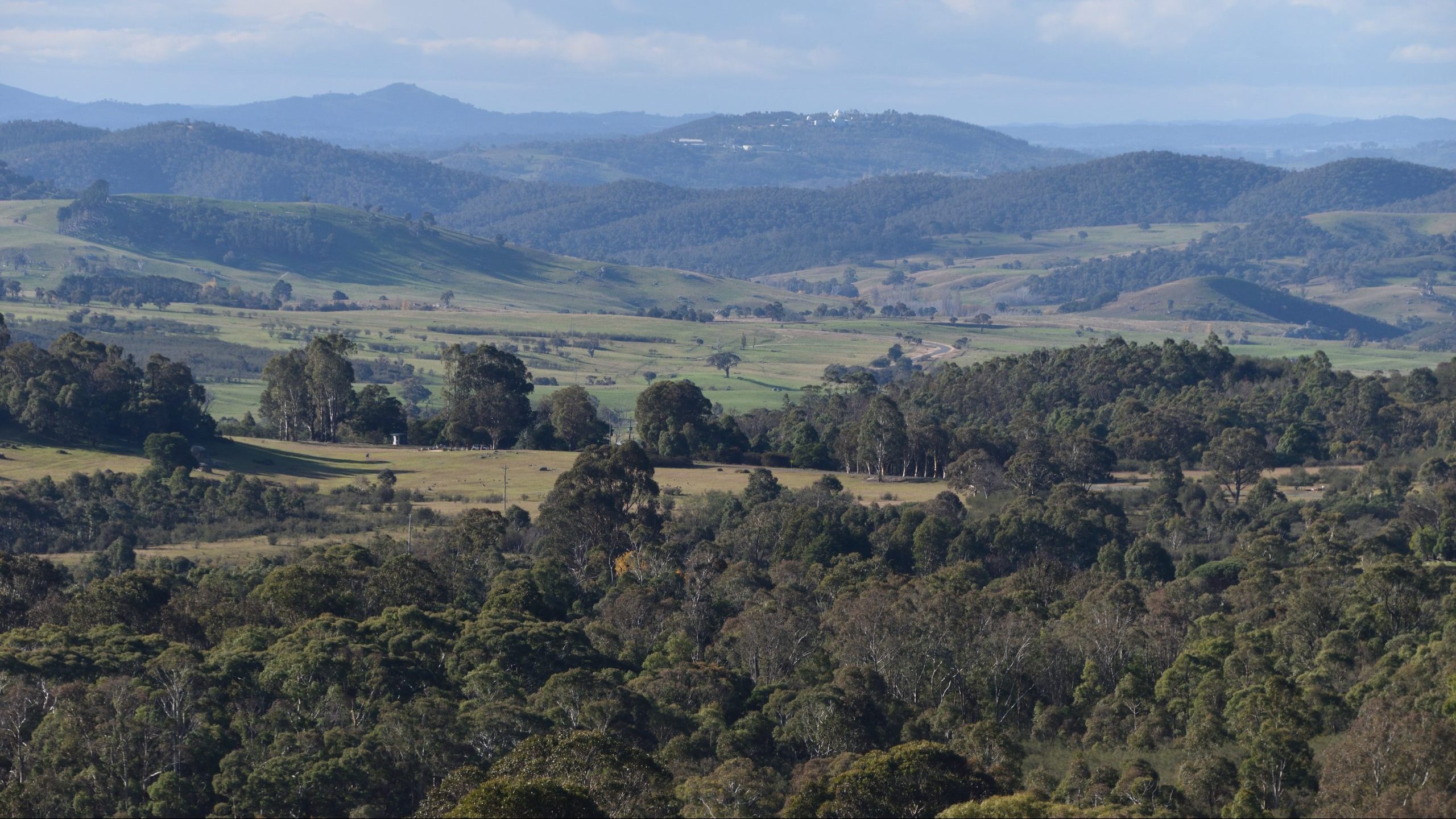
Located in the Molonglo Valley near the Australian capital of Canberra, Stromlo Forest is one of the country’s largest national parks. Home to a wide variety of plant and animal life as well as a number of recreational activities, the park attracts hundreds of thousands of visitors every year, and it’s incredibly popular with residents of Canberra.
Stromlo Forest (after)
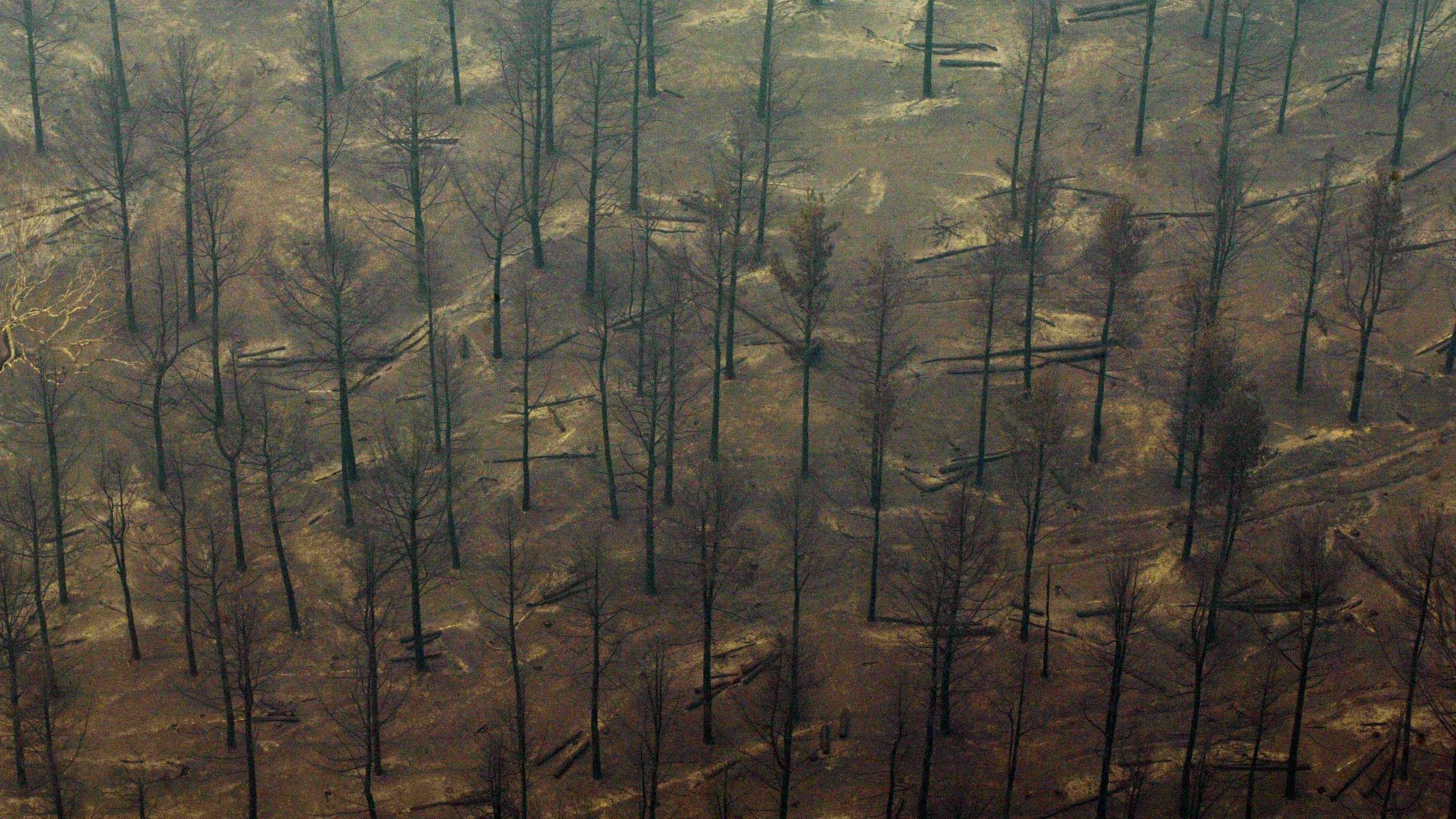
On January 23rd, 2003, a violent wildfire tore through the forests around Canberra, coming dangerously close to the city itself and leaving a trail of scorched trees and animals in its wake. Four lives and 400 homes were lost during the blaze, and an observatory containing telescopes worth millions of dollars was burned to the ground.
West Frankfort (before)
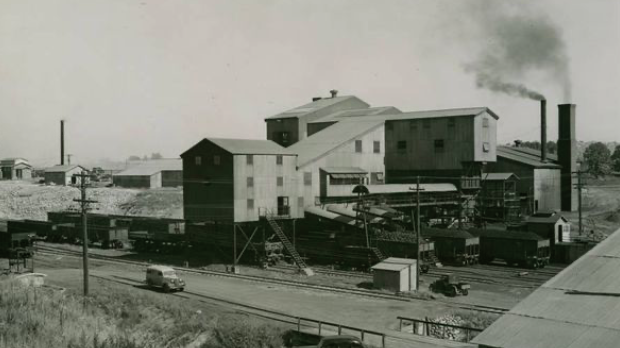
In 1811, Francis “Frank” Jordan and his seven brothers built a fort on a hill in present day Franklin County, Illinois. The building was named Frank’s Fort, which became West Frankfort when the settlement was expanded. In the 20th century, a coal mine was opened in the city by the Deering Coal Mine Company, which led to a further growth in population.
West Frankfort (after)
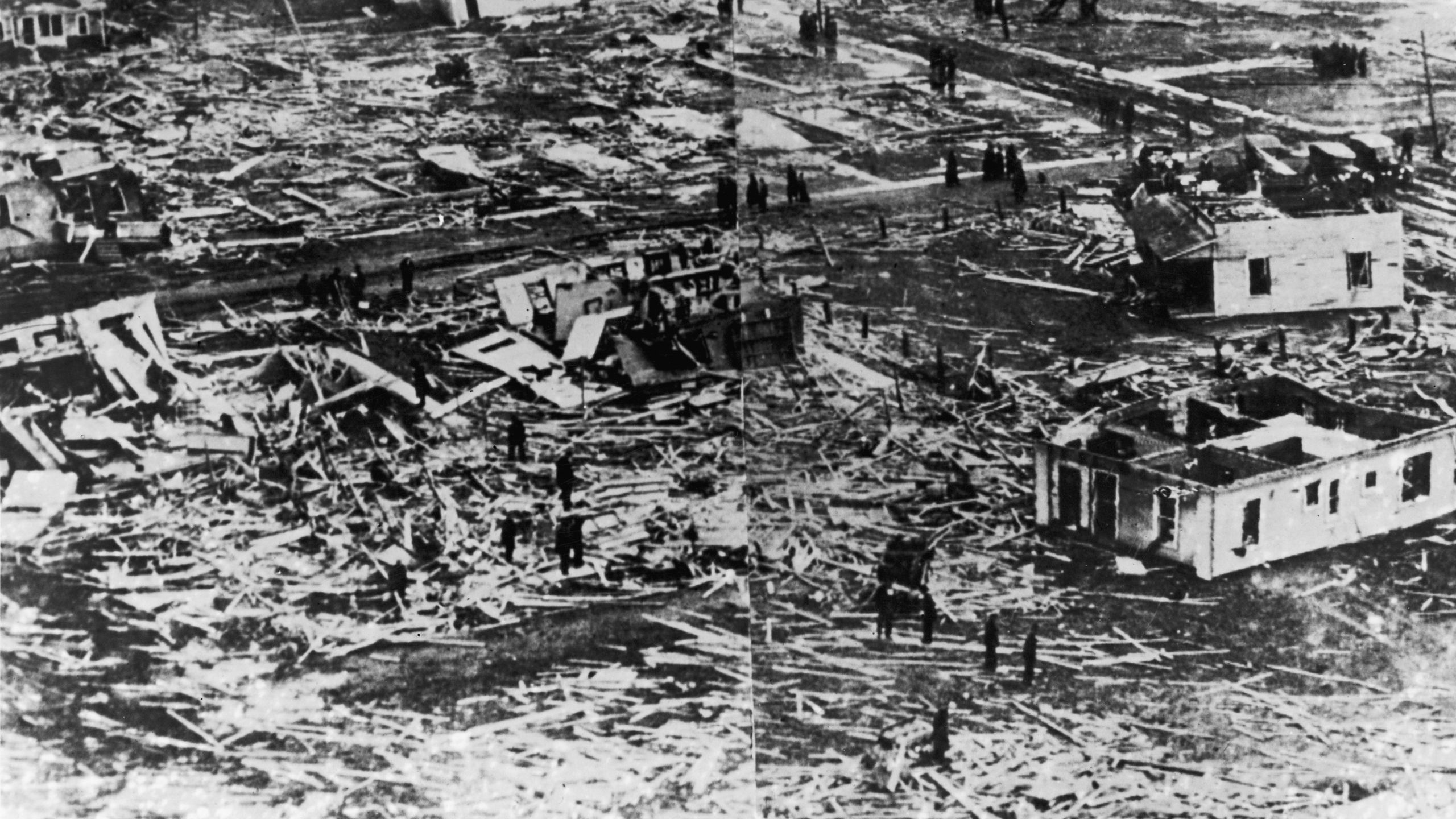
The Tri-state tornado outbreak of 1925 remains one of the deadliest natural disasters in American history. On March 18th, 1925, twelve major tornados simultaneously ravaged the midwest and southern United States, claiming 751 lives and destroying countless homes. West Frankfort was one of the worst hit cities, with most of its buildings levelled.
Port of Beirut (before)
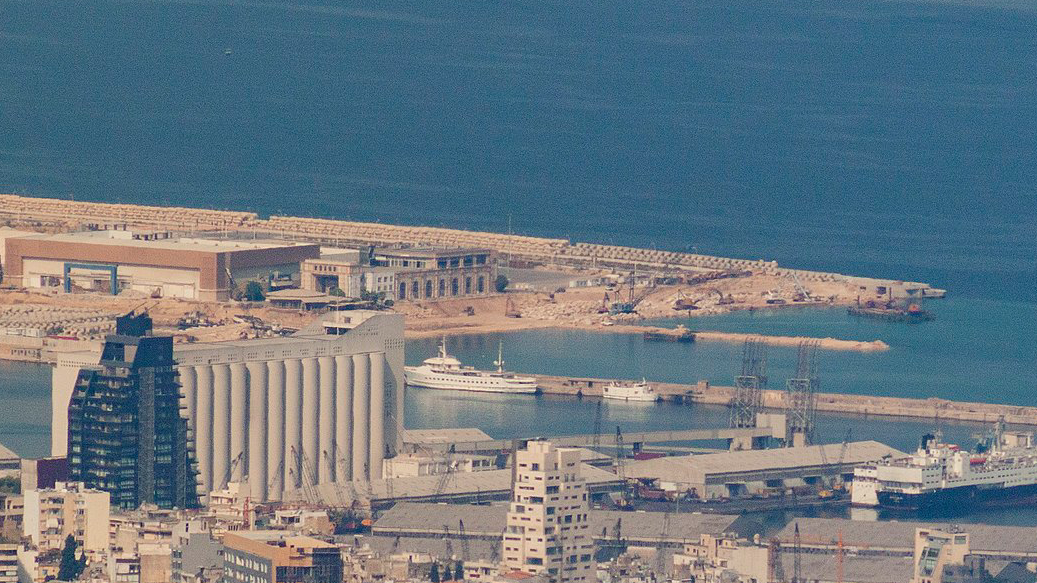
Founded in 1887, control of the Port of Beirut was handed by the ruling Ottoman Empire to a French shipping company. The port quickly became one of the most commercially active harbours in Lebanon, although trade was disrupted for a number of years during the Lebanese Civil War, and many of the port’s buildings were damaged in the fighting.
Port of Beirut (after)
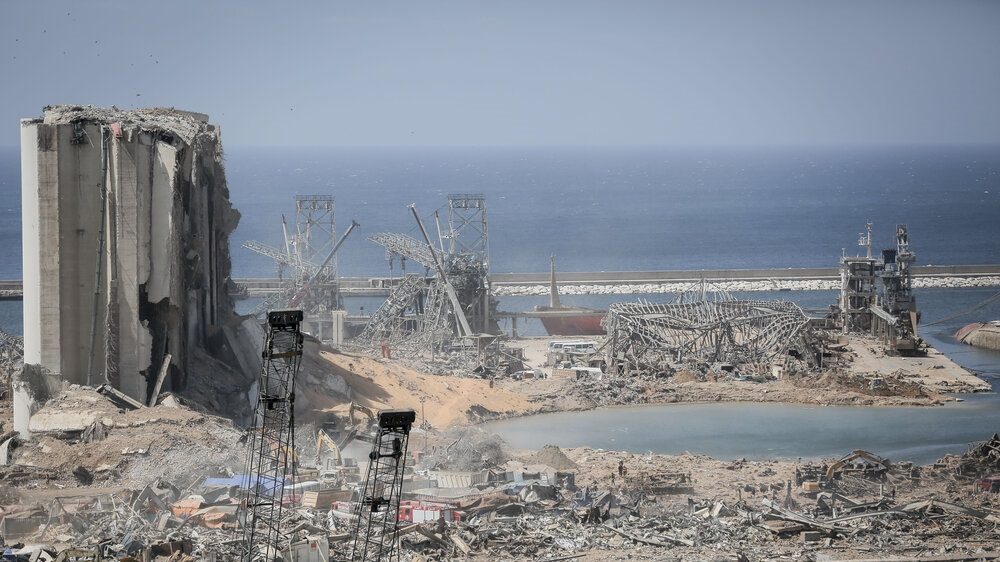
On August 4th, 2020, a chain reaction of explosions ripped through the Port of Beirut, culminating in the detonation of a huge stockpile of ammonium nitrate that was being stored in a depot. The shockwave from the blast could be felt throughout much of the city, damaging property and killing residents. At least 204 people were killed, and up to 300,000 were left homeless.
Johnstown (before)
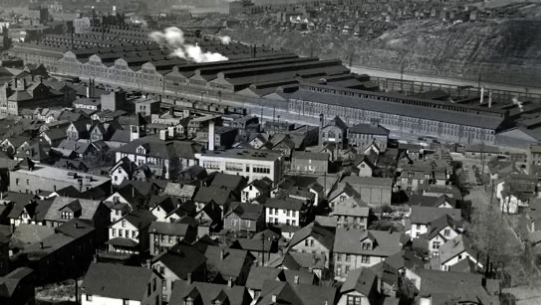
Founded in 1791 by Swiss-German settler Joseph Jahns, Johnstown soon grew into a thriving city. Serving as an important transfer point on the Pennsylvania Main Line Canal, Johnstown was used to resupply canal boats heading to Pittsburgh. Eventually, the city was connected to a railroad, which rendered the canal obsolete and led to further expansion.
Johnstown (after)
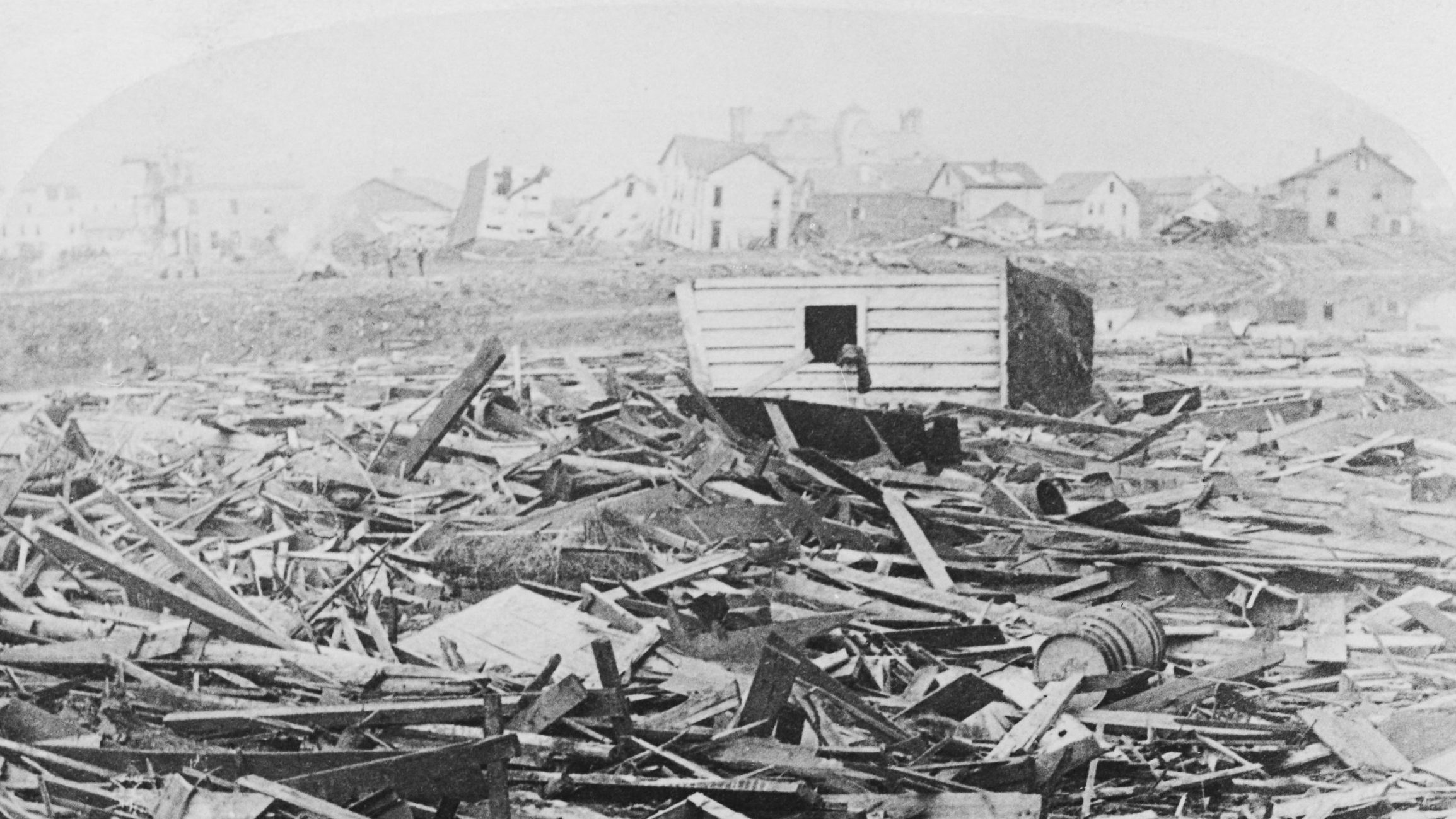
Referred to locally as the Great Flood, the Johnstown Flood took place on May 31st, 1889, after the failure of the South Fork Dam, located on the Little Conemaugh River 14 miles upstream of Johnstown. The dam’s failure unleashed 14.55 million cubic meters of water on the city, destroying most of its buildings and killing 2,208 people, most of whom drowned.
Louvain (before)
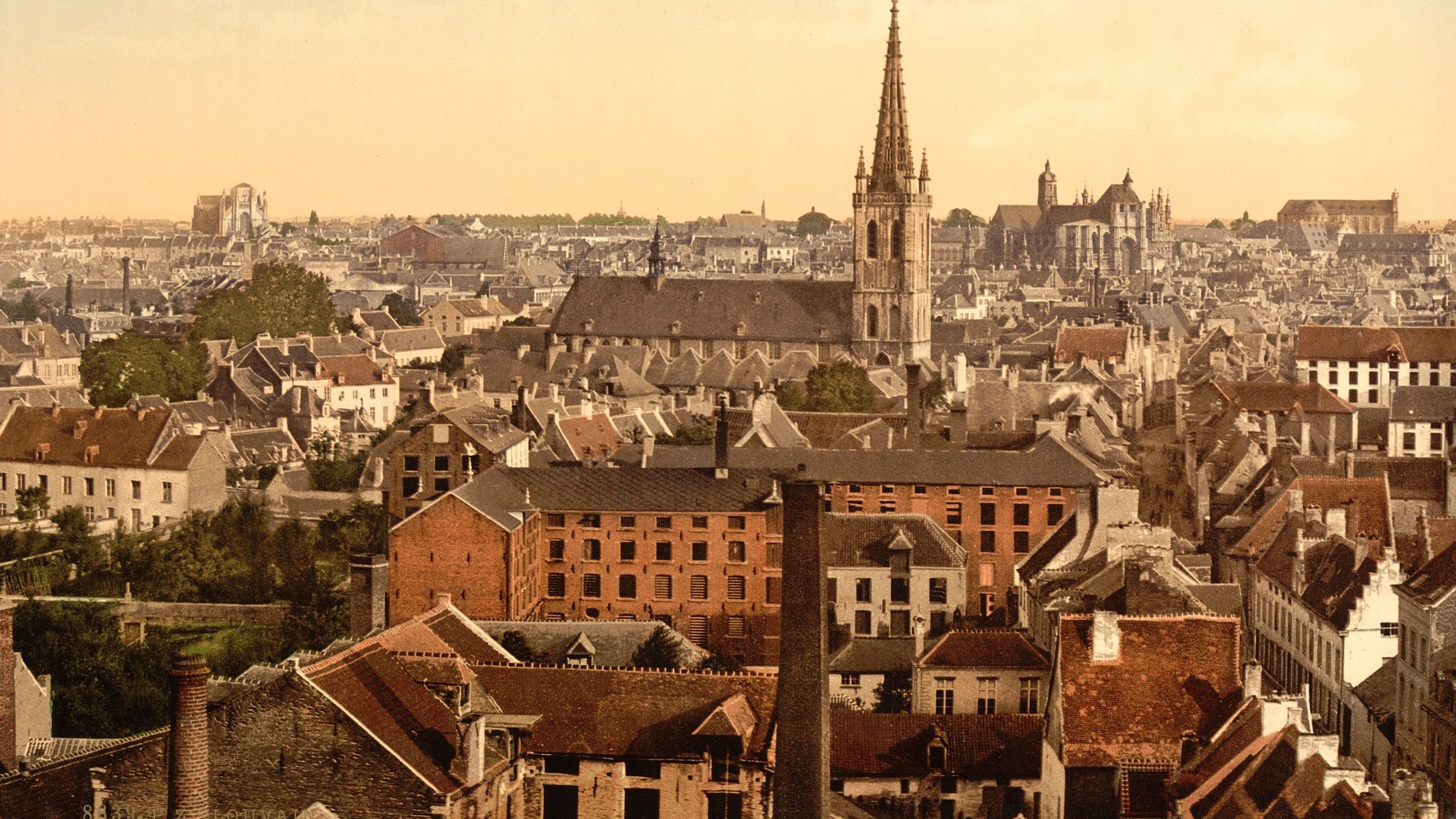
While the exact date of Louvain’s founding is unknown, the earliest historical reference to the city comes from 891, when a Viking horde was defeated there by King Arnulf. In recent centuries, the city’s University Library became home to hundreds of thousands of unique historical documents, including Gothic, Renaissance and medieval manuscripts.
Louvaine (after)
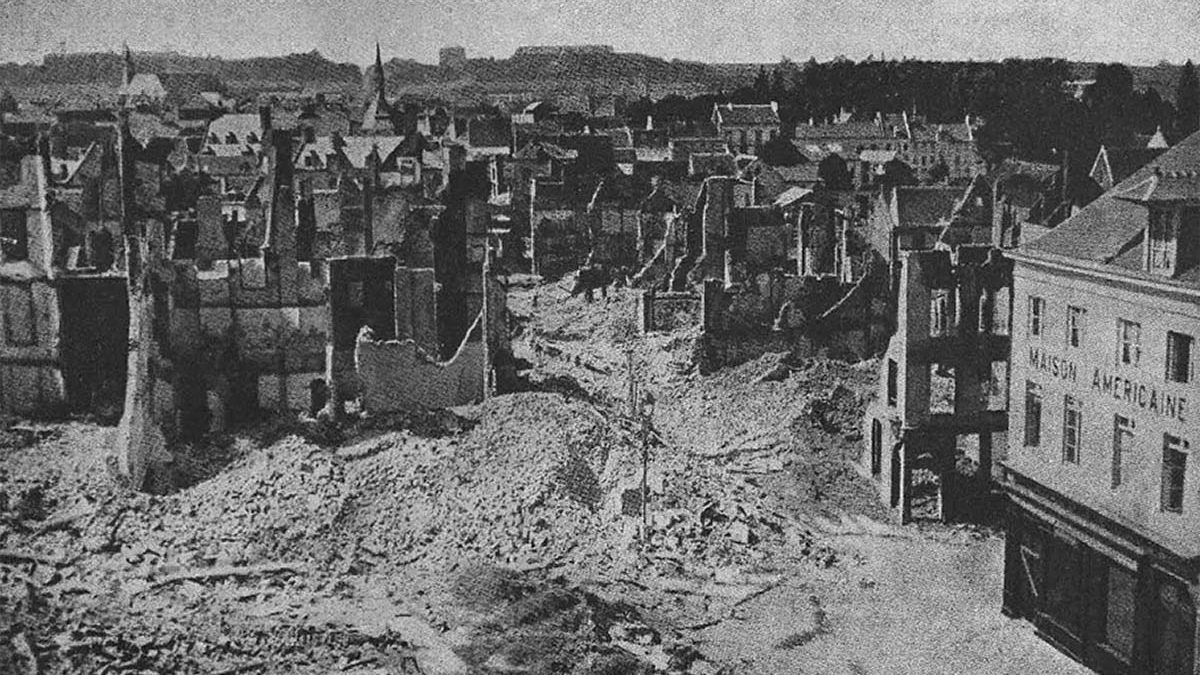
During the first weeks of The First World War, the German Imperial Army cut a bloody swathe through Belgium. Expecting little resistance, the German’s were shocked when the Belgian’s fought fiercely, and they responded with brutal reprisals. These included the Sack of Louvain, in which civilians were indiscriminately murdered and the library was burned to the ground, horrifying the world.
Hankou (before)
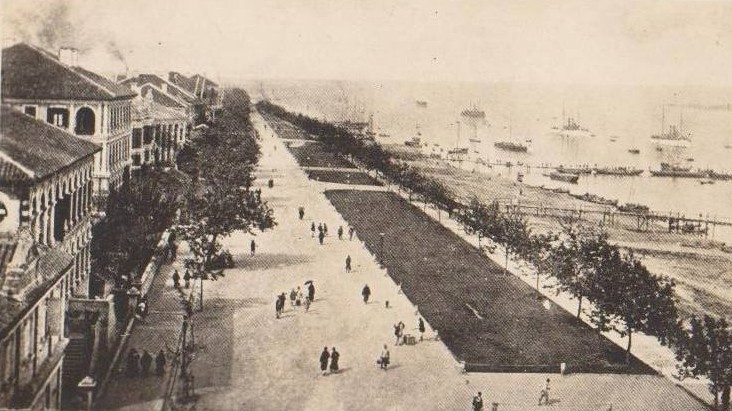
Hankou – which literally translates to “Mouth of the Han” – is a Chinese city that sits at the confluence of the Han and Yangtze River. Throughout its history Hankou has been involved in a number of revolutions and uprisings, most notably the conflict to replace the Qing dynasty with the Republic of China, which saw the city captured by revolutionaries in 1912.
Hankou (after)
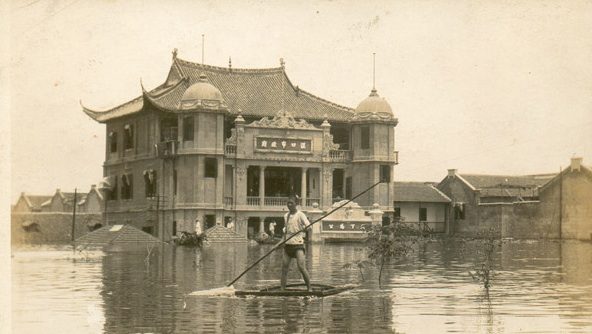
Lasting from June to August, the 1931 China flood remains one of the deadliest natural disasters in recorded history. Although estimates vary, around 150,000 people are thought to have drowned in the flooding, with hundreds of thousands more perishing in the ensuing famine. Many Chinese cities throughout the Yangtze valley were completely submerged, including Hankou.
The Hindenburg (before)
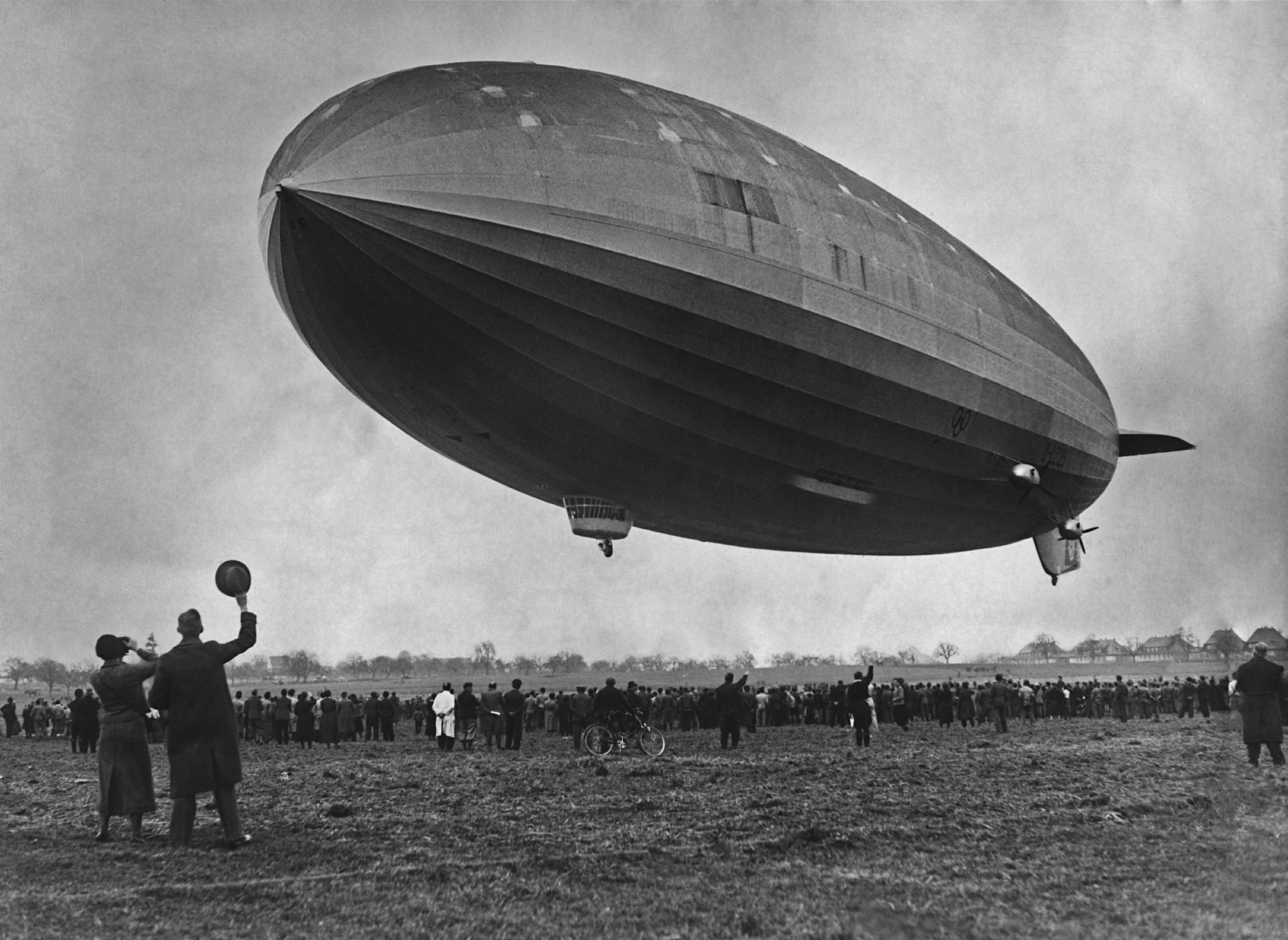
The Hindenburg was a German commercial airship, built to carry passengers on transatlantic voyages. Construction began in 1932, and four years later the Hindenburg took to the skies, with the Olympic Rings painted on its hull to promote the upcoming Summer Olympic Games, which were to be held in Berlin later that year.
The Hindenburg (after)
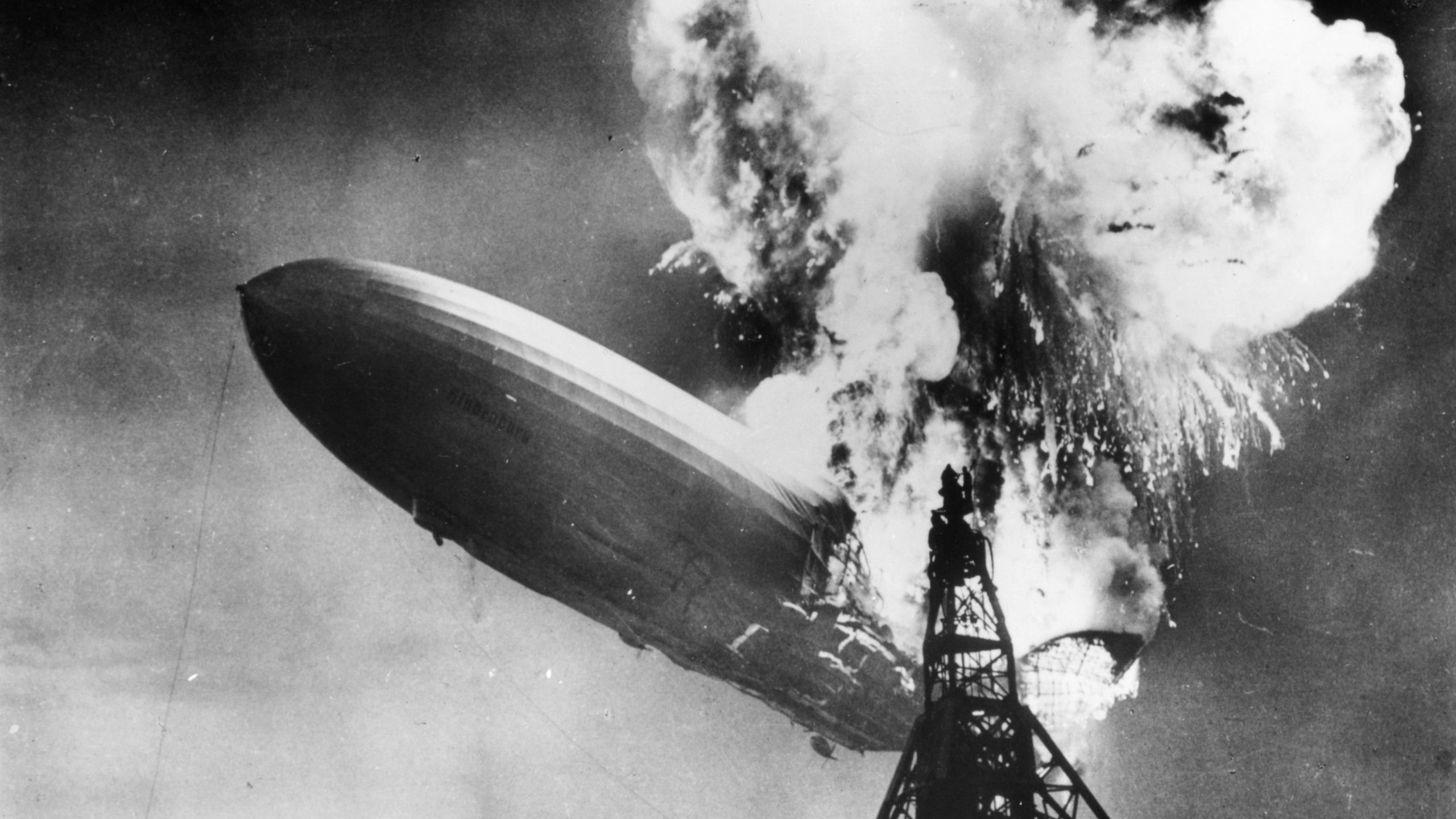
The Hindenburg successfully completed ten voyages to the US in 1936, and was hailed as a masterpiece of engineering. On May 6th, 1937, the airship was attempting to dock at Naval Air Station Lakehurst, New Jersey, when it caught fire, leading to a catastrophic explosion that resulted in the deaths of all 35 passengers and crew members. The exact cause of the fire remains mysterious.
Izmit (before)
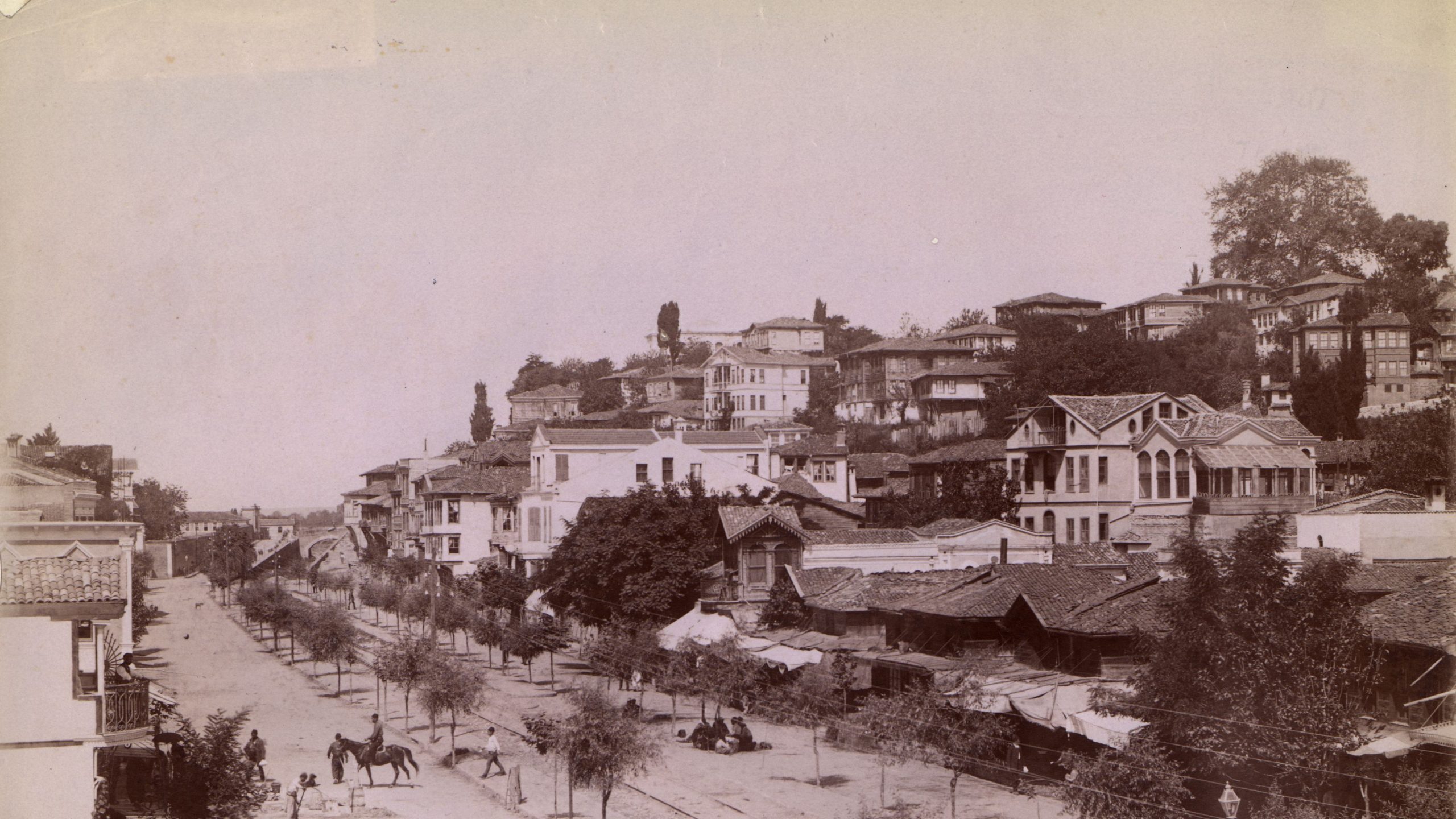
Founded in 812 BC, Izmit has been entirely destroyed and rebuilt a number of times. At various points in history Izmit has been ruled by the Byzantine Empire, the Roman Empire, the Latin Empire, the Seljuk Turks and the Ottoman Empire. In 1920, During the Turkish War of Independence, Izmit was temporarily occupied by the United Kingdom.
Izmit (after)
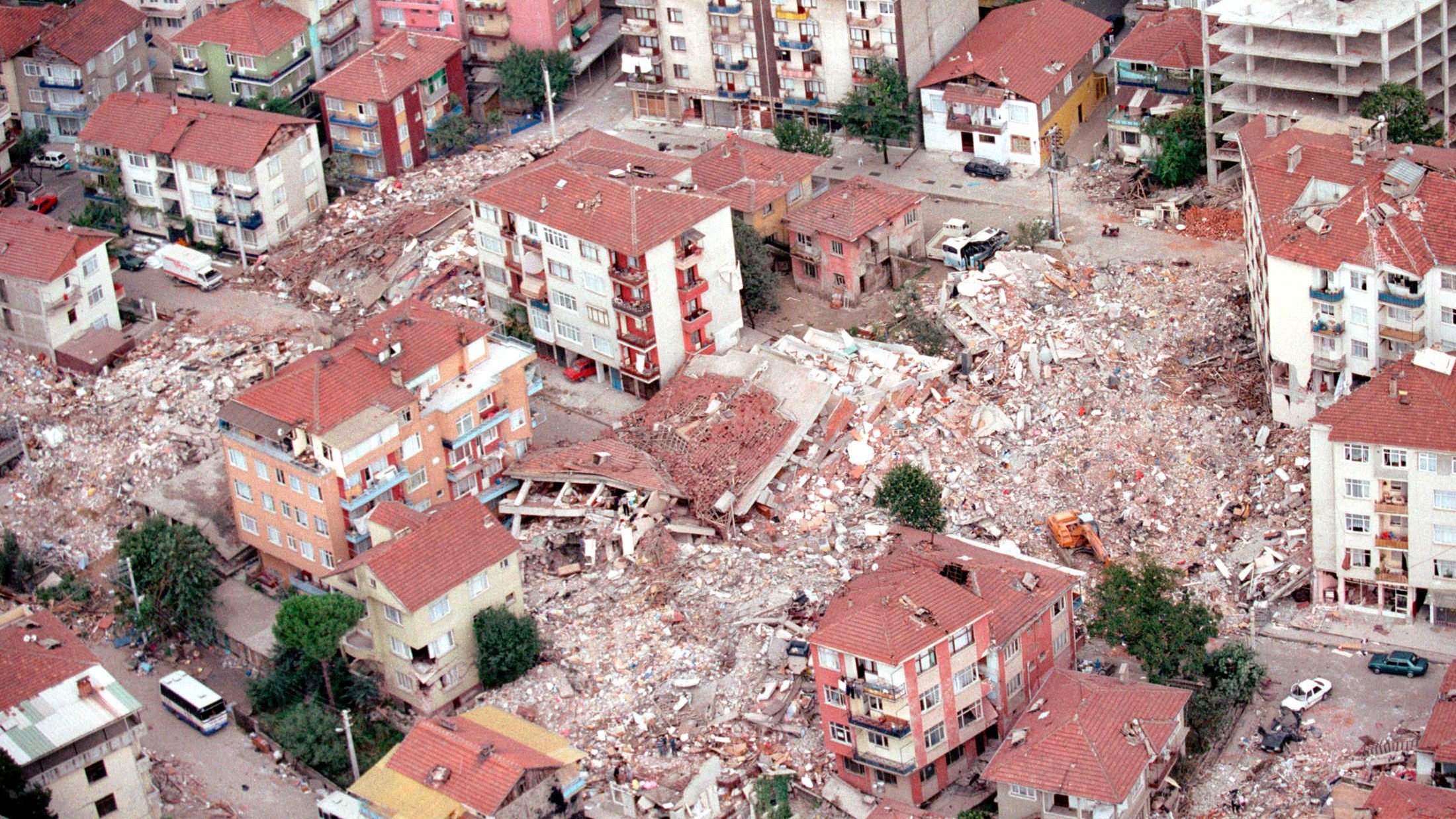
In the early hours of August 17th, 1999, a magnitude 7.6 earthquake devastated Izmit. The initial shockwaves lasted for 37 seconds, causing widespread destruction and levelling entire districts. More than 17,000 people were killed during the earthquake and over half a million lost their homes, making it one of the worst disasters in Turkish history.
Port of Texas (before)
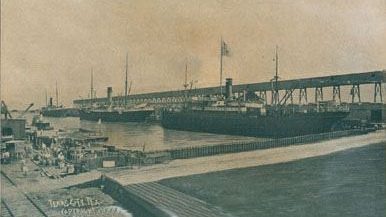
The Port of Texas City was built by the Meyers brothers of Duluth, Minnesota who, in 1893, purchased 10,000 acres of land that would eventually become Texas City. The port was intended to serve as a commercial hub to compete with existing harbours in Galveston and Houston, and investors poured money into the plan, with construction finishing several years later.
Port of Texas (after)
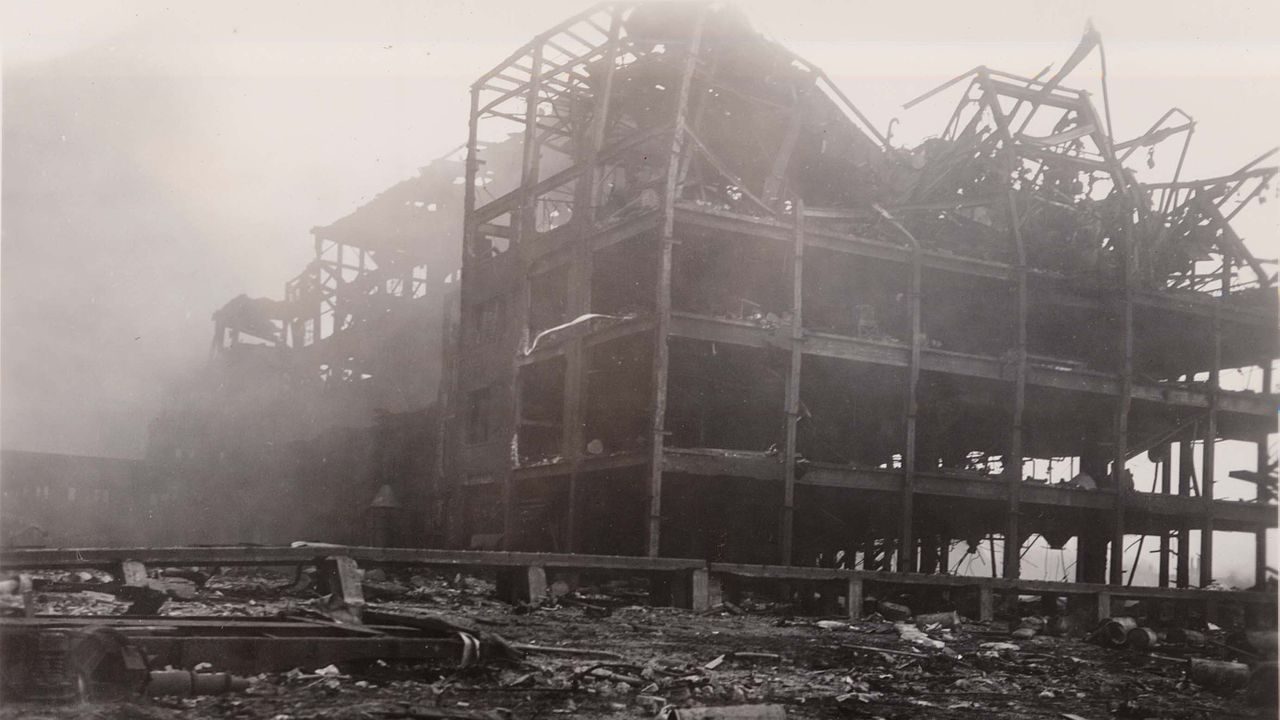
The Texas City Disaster of April 16th, 1947 remains the deadliest industrial accident in US history, with a death toll of 581 people. When a ship docked in the Texas City Port caught fire, this spread to 2,300 tons of ammonium nitrate that the ship was carrying. The resulting detonation set off a chain reaction of explosions on nearby ships and oil refineries.
Notre Dame Cathedral (before)
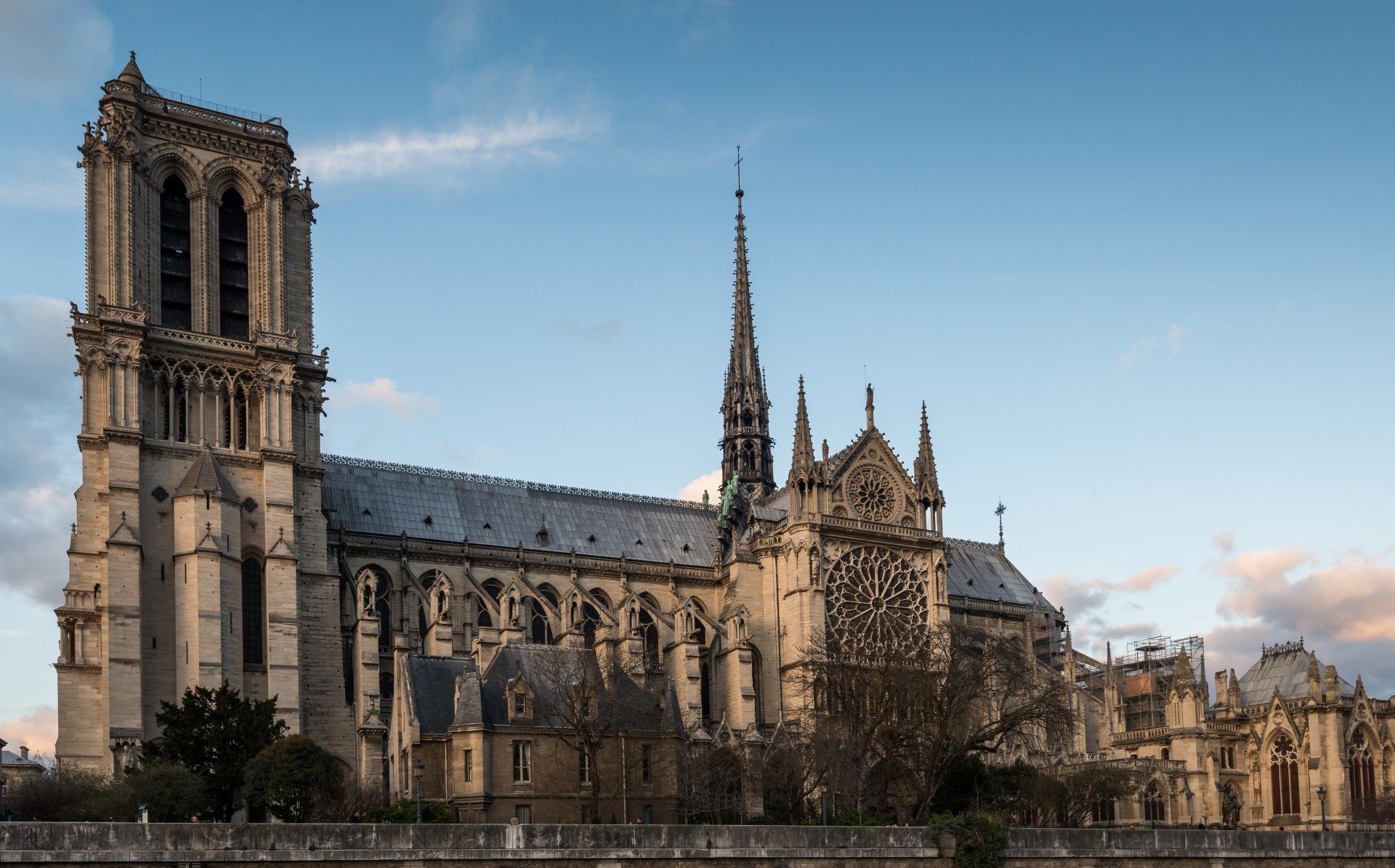
Notre Dame stood as an inspiring feat of Gothic architecture for centuries in Paris. Renowned for its soaring spires, intricate stained glass windows, and rich history dating back to its construction in 1163, Notre Dame served as an icon representing France’s cultural and religious legacy.
Notre Dame Cathedral (after)
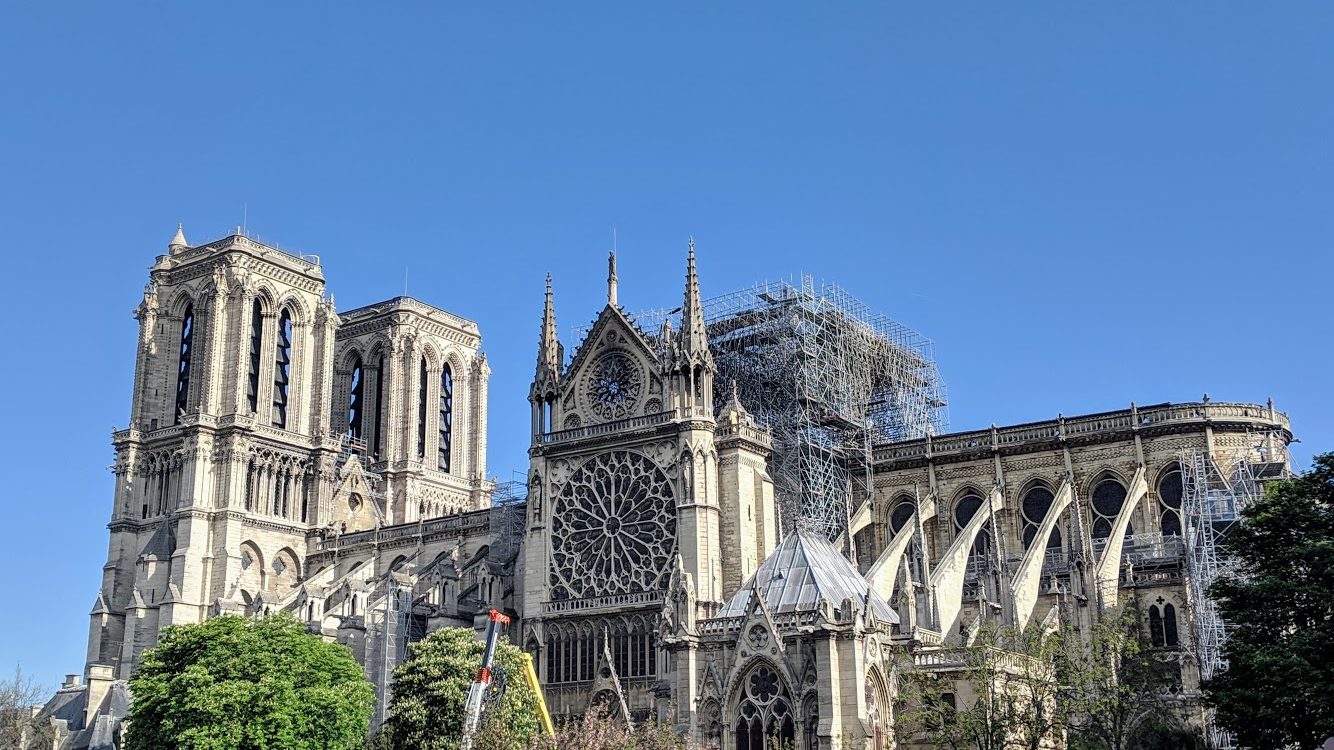
On April 15th, 2019, Notre Dame experienced a devastating fire, which caused significant damage to its roof and iconic spire, sending shockwaves through France and the rest of the world. The disaster led to massive international efforts to restore and rebuild the cathedral, many of which are still ongoing.
Chernobyl (before)
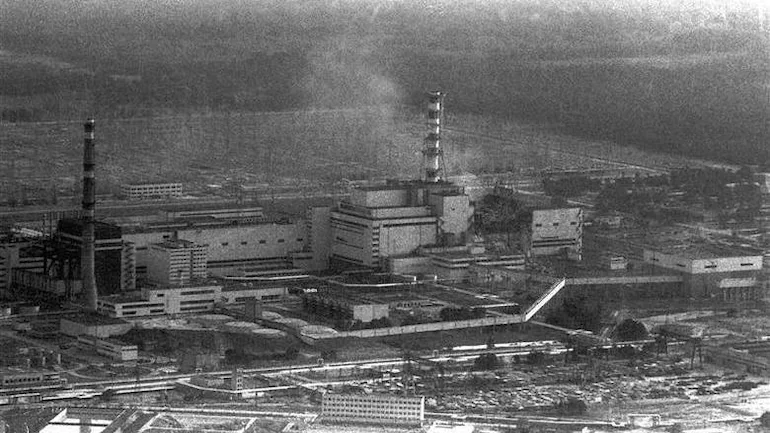
Situated in Ukraine, Chernobyl was once an energetic town near the Chernobyl Nuclear Power Plant. The city and its surroundings were home to thousands of residents; its power plant provided electricity throughout the region and was a crucial piece of Soviet energy infrastructure.
Chernobyl (after)
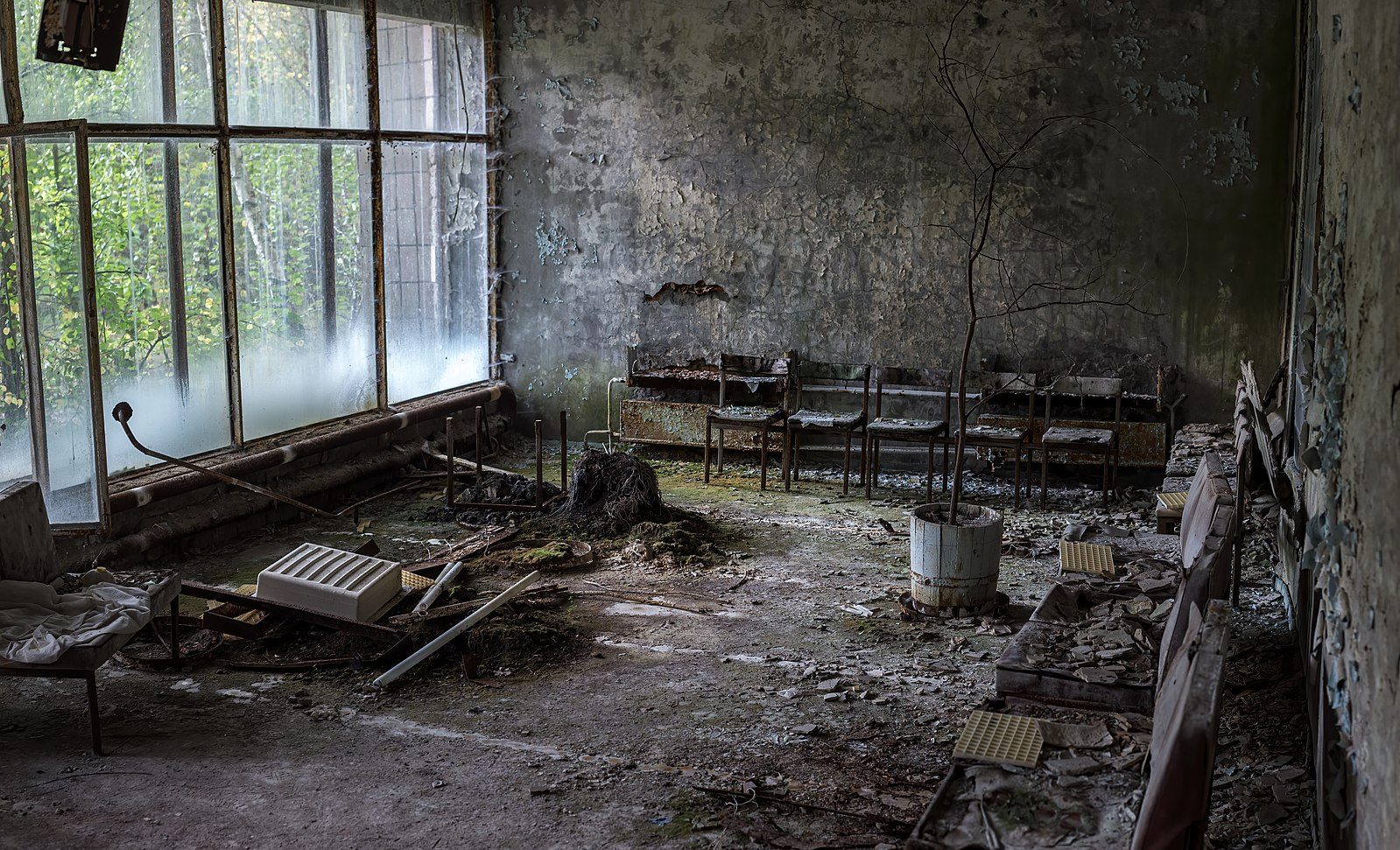
On April 26th, 1986, the Chernobyl nuclear disaster took place, contaminating the immediate and surrounding environment with unprecedented quantities of radioactive material. The area was evacuated, and Chernobyl became a ghost town. Today, its exclusion zone still remains off-limits to most people, with only a select few permitted to visit for briefly for research reasons.
Grenfell Tower (before)
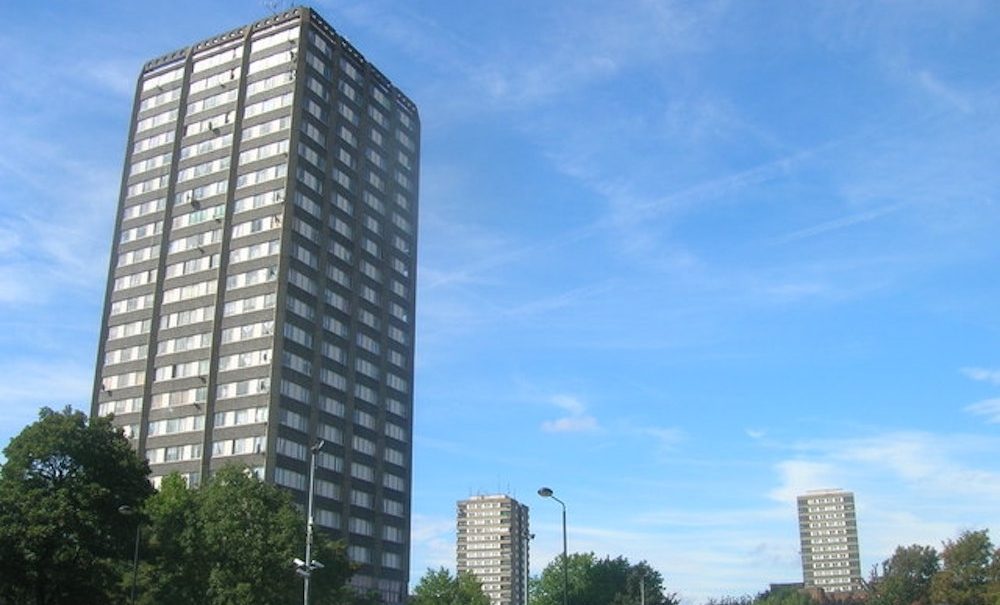
Grenfell Tower was a 24 story high-rise residential building located in London’s Kensington and Chelsea borough that housed several hundred residents – a significant portion of whom were grappling with the realities of low-income living. Prior to the disaster, many residents had expressed concerns about the building’s safety standards
Grenfell Tower (after)
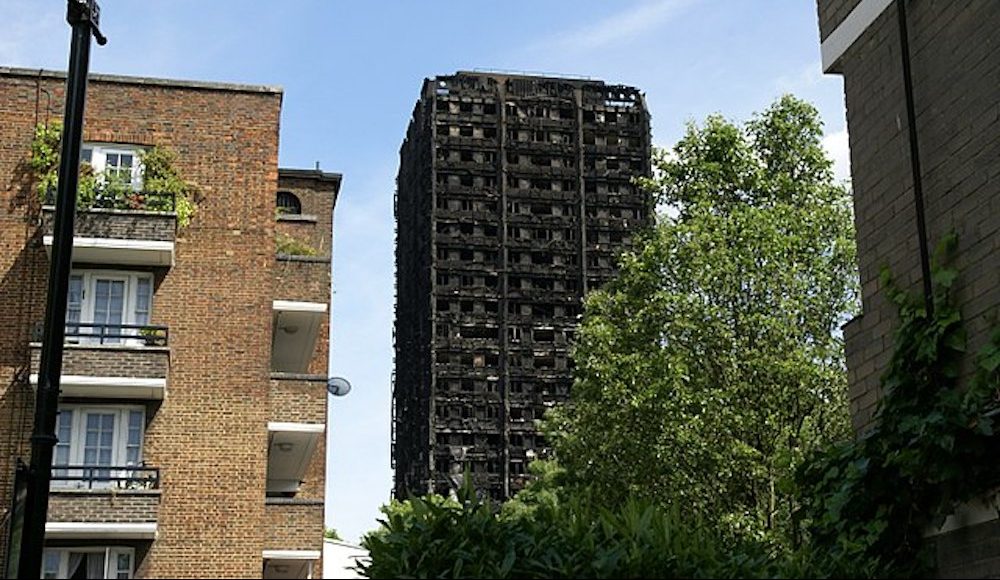
The tragic Grenfell Tower fire on June 14th, 2017 stands as one of the UK’s worst fire disasters in recent history. The building was engulfed in flames due to flammable cladding, tragically claiming 72 lives and leaving many others without homes. This catastrophe led to widespread discussion about safety standards and the state of social housing in the UK.
Aleppo (before)
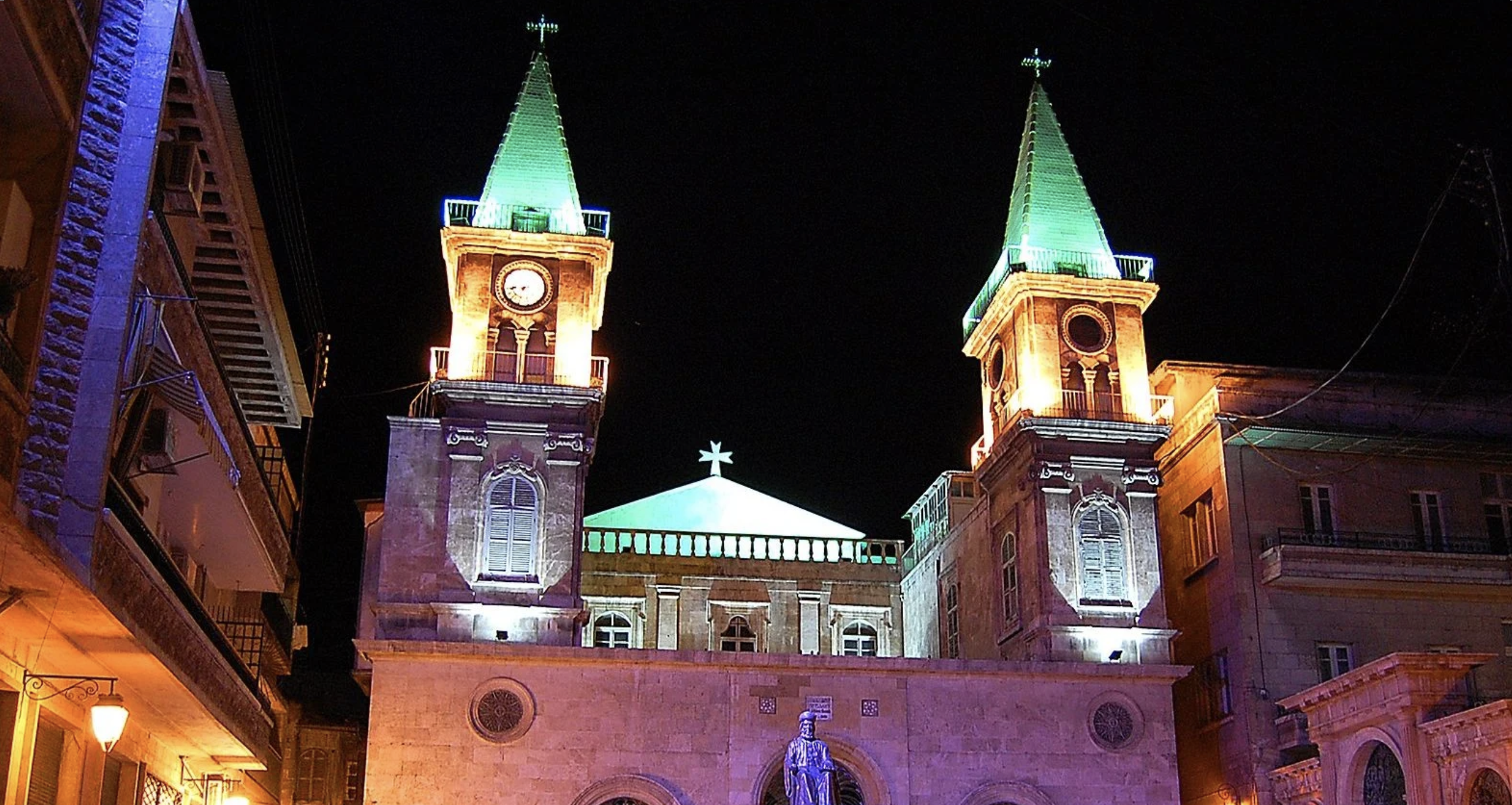
Aleppo, Syria, a city deeply entrenched in history, was teeming with life before the advent of war. With a past reaching back thousands of years, it stood as one of the most continuously inhabited cities on Earth. Its geographic location and vibrant cultural offerings meant it served as a hub of commerce and cultural exchange in the Middle East.
Aleppo (after)
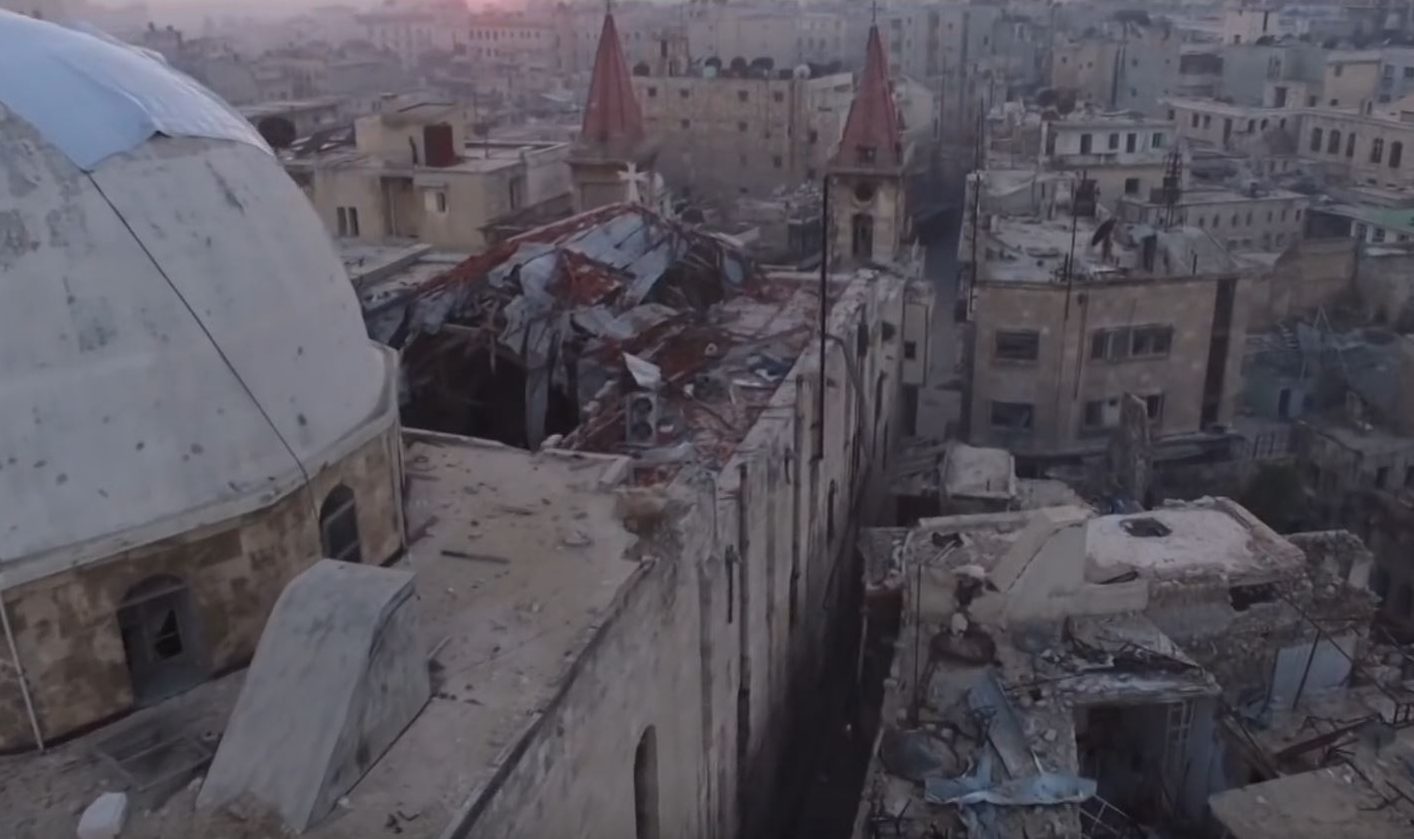
Since 2011, Aleppo has been devastated by the Syrian civil war. With intense fighting and suffering due to bombings and airstrikes, many historical sites were reduced to rubble, and many lives were lost. This conflict brought unimaginable suffering for its people, leaving behind a city forever altered by war.
Bangkok (before)
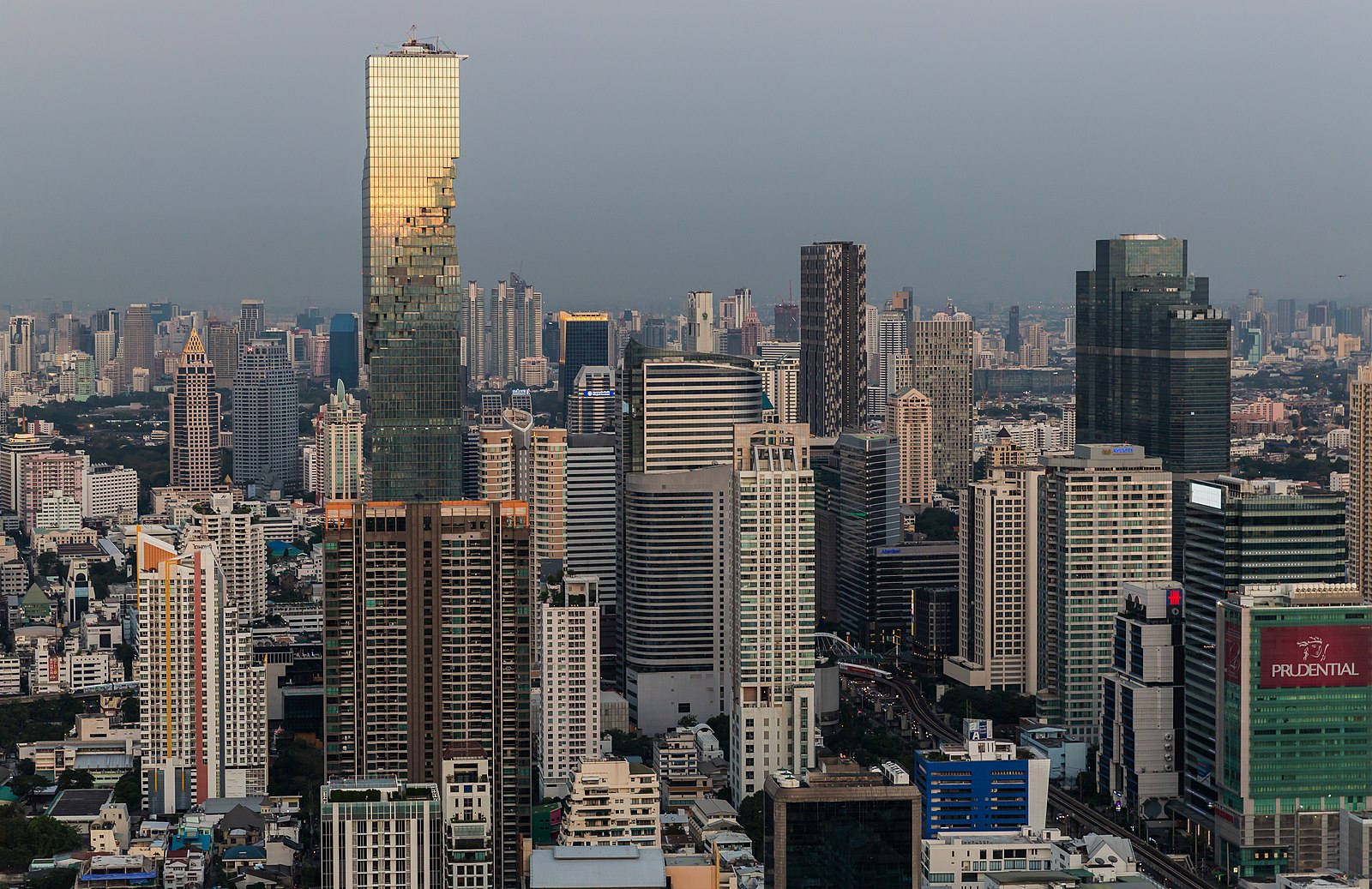
Bangkok, the vibrant capital city of Thailand, is renowned for its bustling streets, rich cultural heritage, and iconic landmarks. Situated along the Chao Phraya River, the city’s waterways and canals add to its charm, making it a popular destination for tourists from around the world.
Bangkok (after)
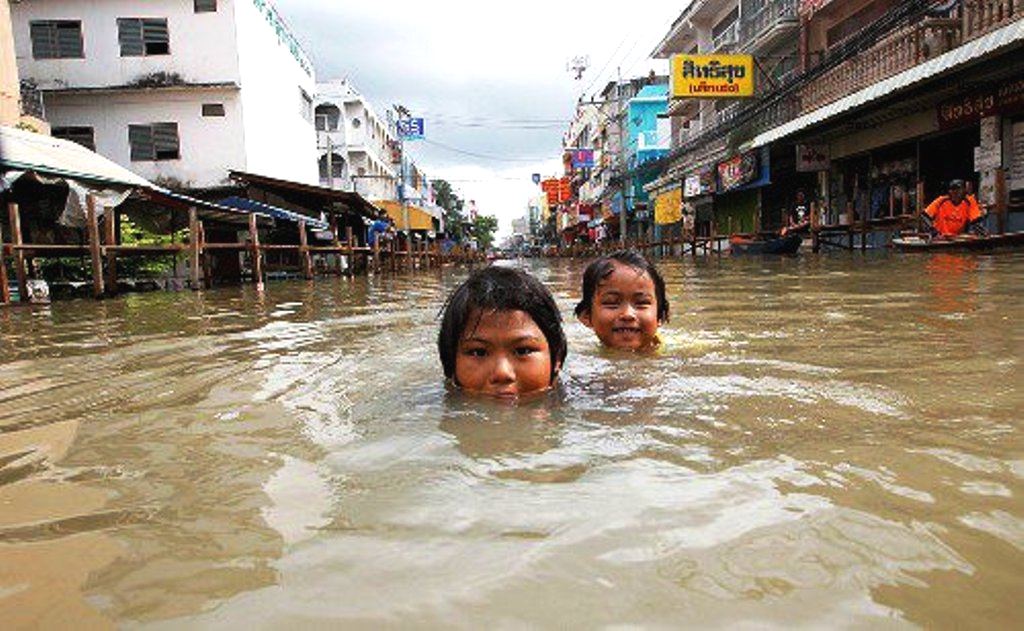
In 2011, Bangkok experienced a devastating flood that brought widespread devastation to the city. Heavy monsoon rains and overflowing rivers caused extensive flooding in various areas, disrupting transportation networks, leading to significant economic losses, and affecting the lives of millions of residents. Since then, the city has implemented various measures to enhance its flood prevention and water management systems.
Nyos Lake (before)
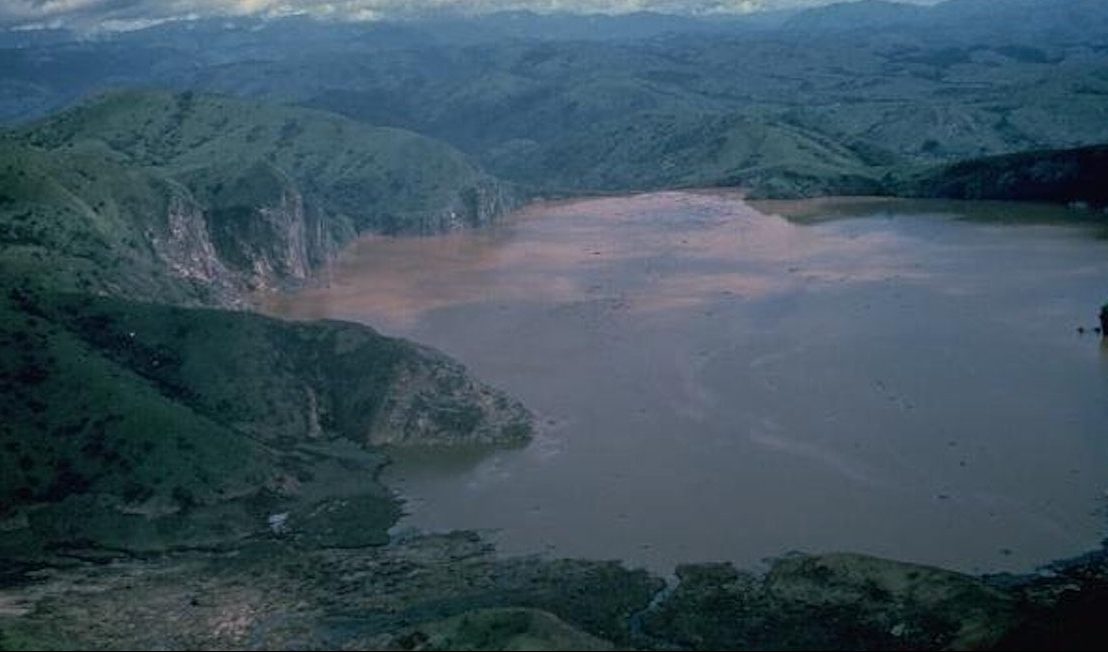
Nyos is nestled into the mountains of Cameroon. The stunning and picturesque volcanic lake, renowned for its peaceful waters and lush surroundings, made it a desirable tourist spot among both locals and adventurous travelers alike.
Nyos Lake (after)
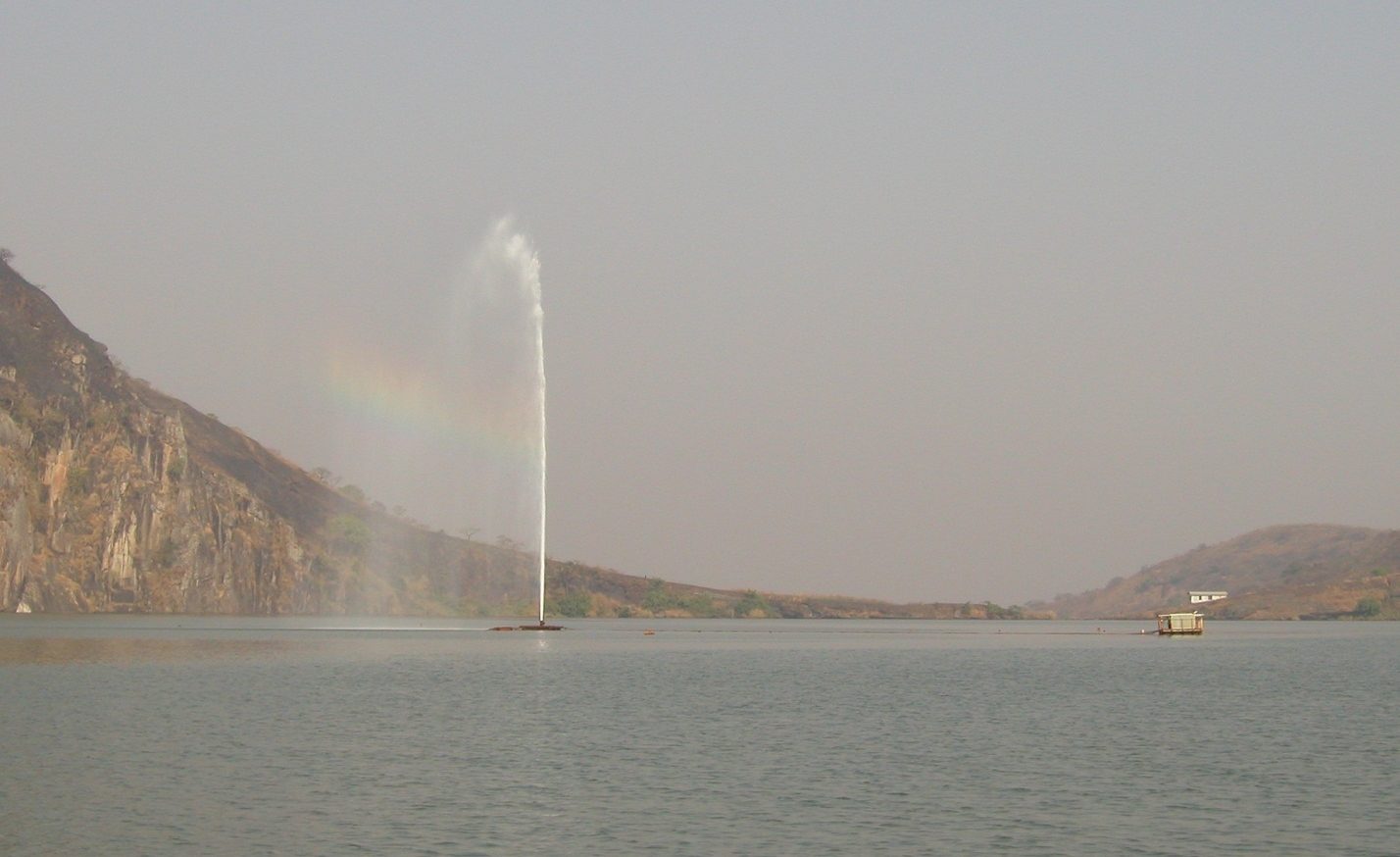
Disaster struck Lake Nyos in August 1986 in the form of a catastrophic limnic eruption when a massive release of carbon dioxide from its depths created an extremely toxic cloud that suffocated thousands of people and livestock living in nearby villages. Today, in order to prevent a similar tragedy, degassing systems have been implemented.
Dresden (before)
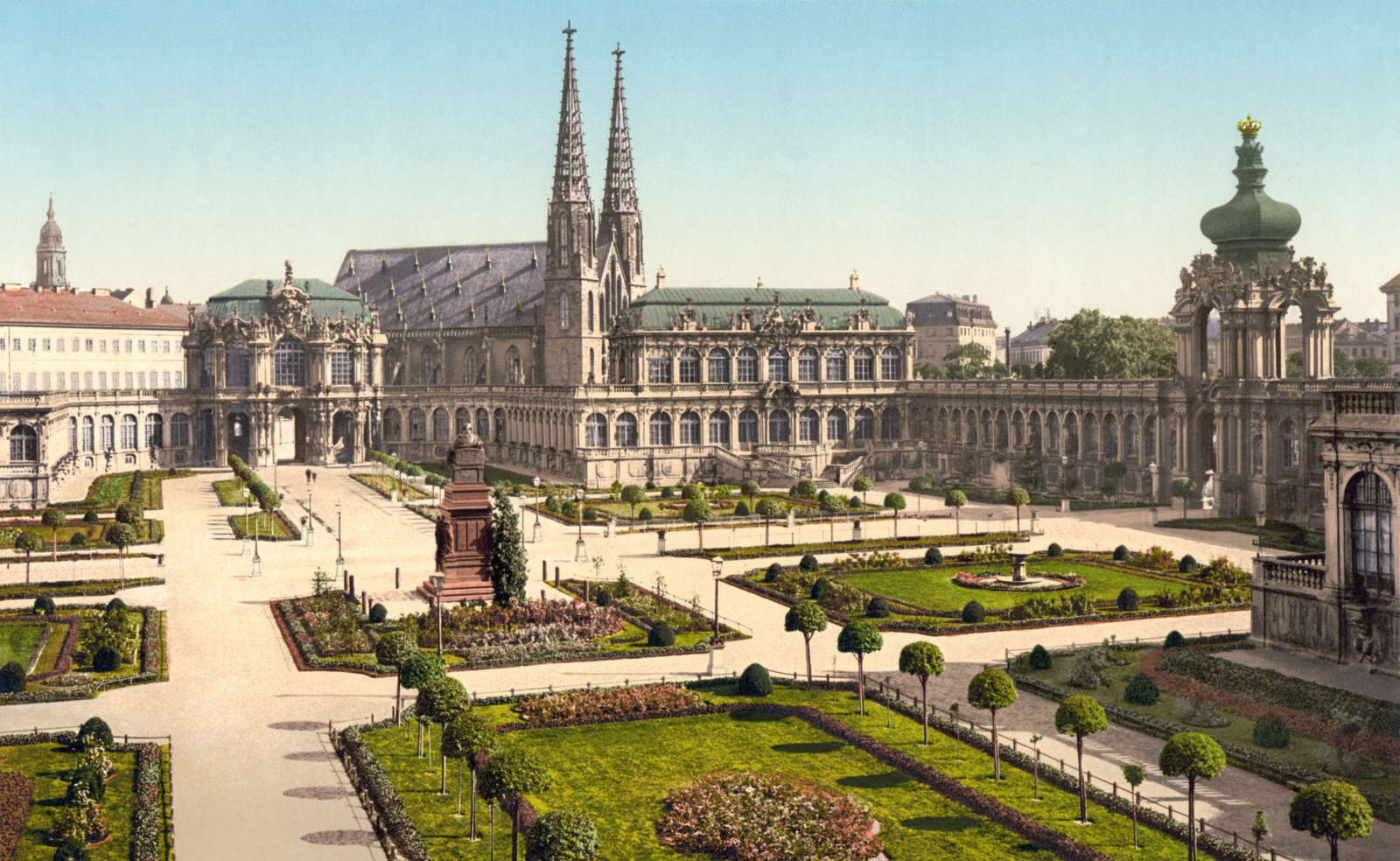
Dresden was famous for its stunning Baroque architecture, rich cultural heritage, and picturesque Elbe River landscapes. Both locals and visitors revered its historic buildings and landmarks, earning it the name “Florence on the Elbe.”
Dresden (after)
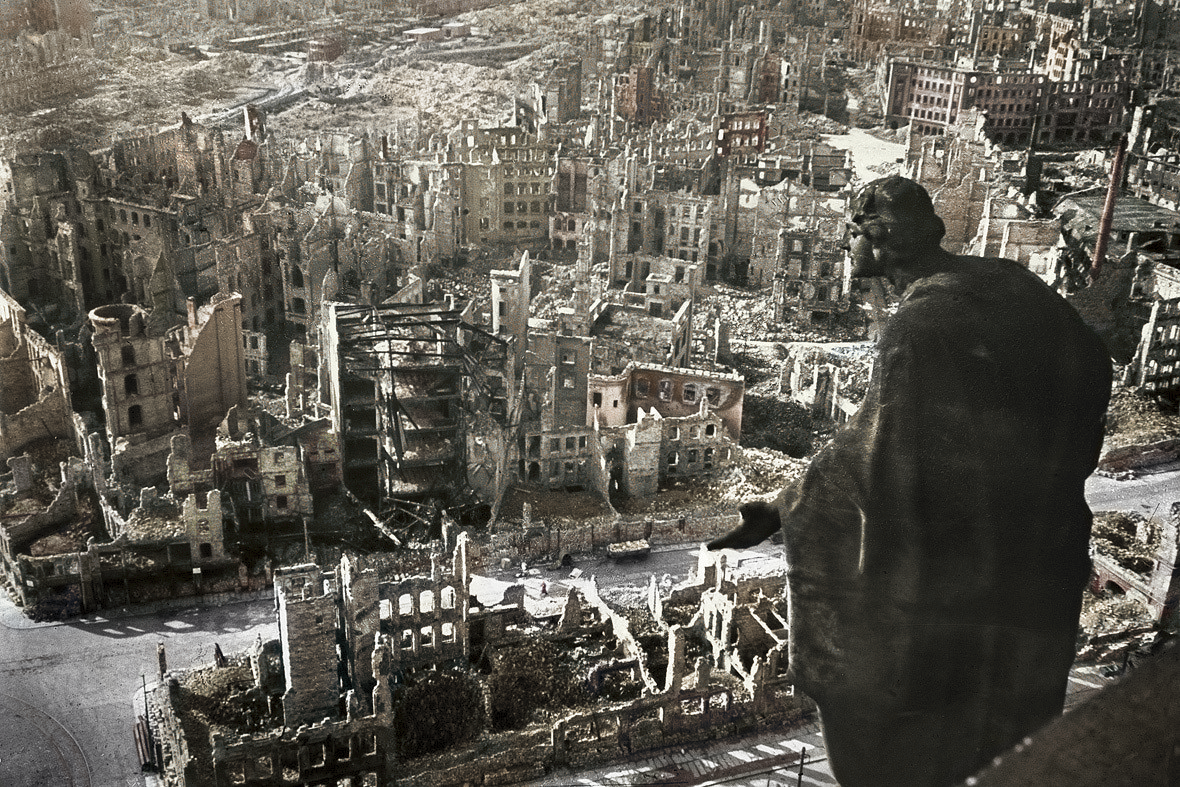
Following the World War II bombings, Dresden was a city in shambles. Much of its once-magnificent architecture had been destroyed, and its iconic landmarks erased. The air raids resulted in an overwhelming number of casualties and inflicted irreparable damage and left a permanent scar on the city’s memory.
Amatrice (before)
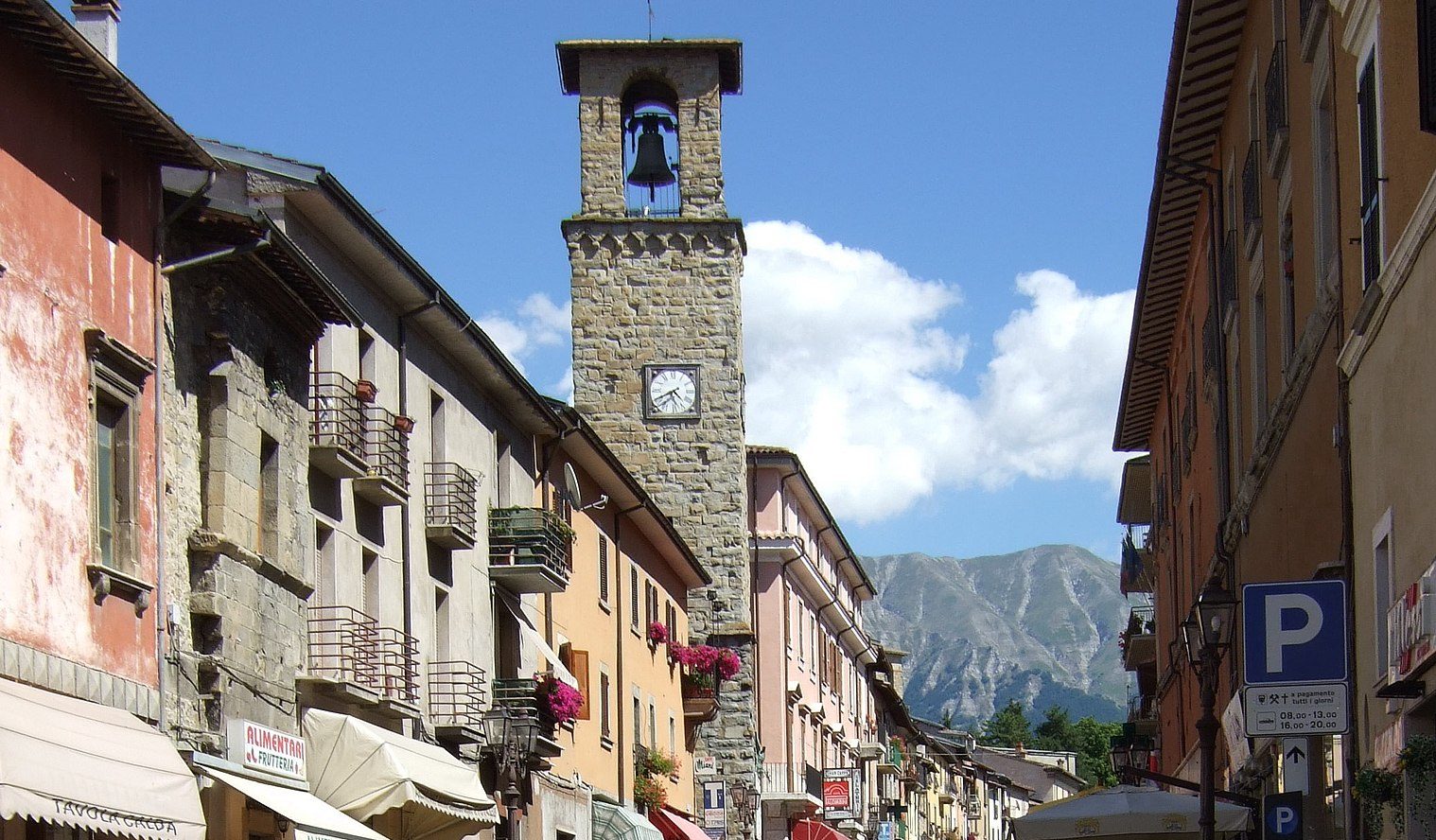
Amatrice was an idyllic medieval town situated in central Italy, known for its delicious pasta dishes such as Amatriciana sauce. The town’s historic buildings and picturesque streets drew in visitors eager to immerse themselves in Italian culture and cuisine.
Amatrice (after)
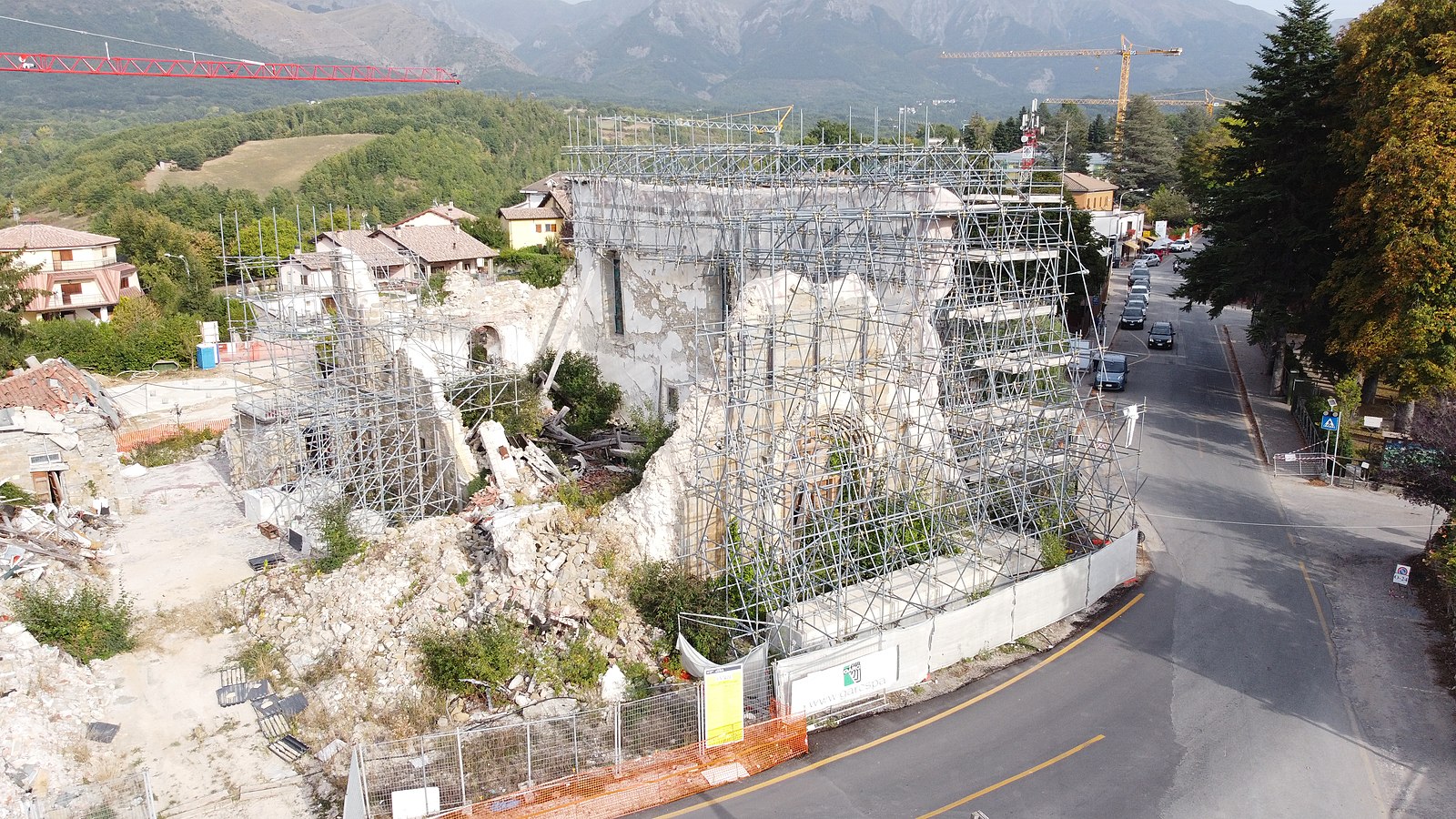
On August 24th, 2016, a powerful earthquake rocked central Italy, including Amatrice. This event caused widespread devastation and the loss of nearly 300 lives; infrastructure collapsed throughout the town while many historical buildings were severely damaged or completely destroyed; efforts were then undertaken to rebuild and assist affected communities.
Bhopal (before)
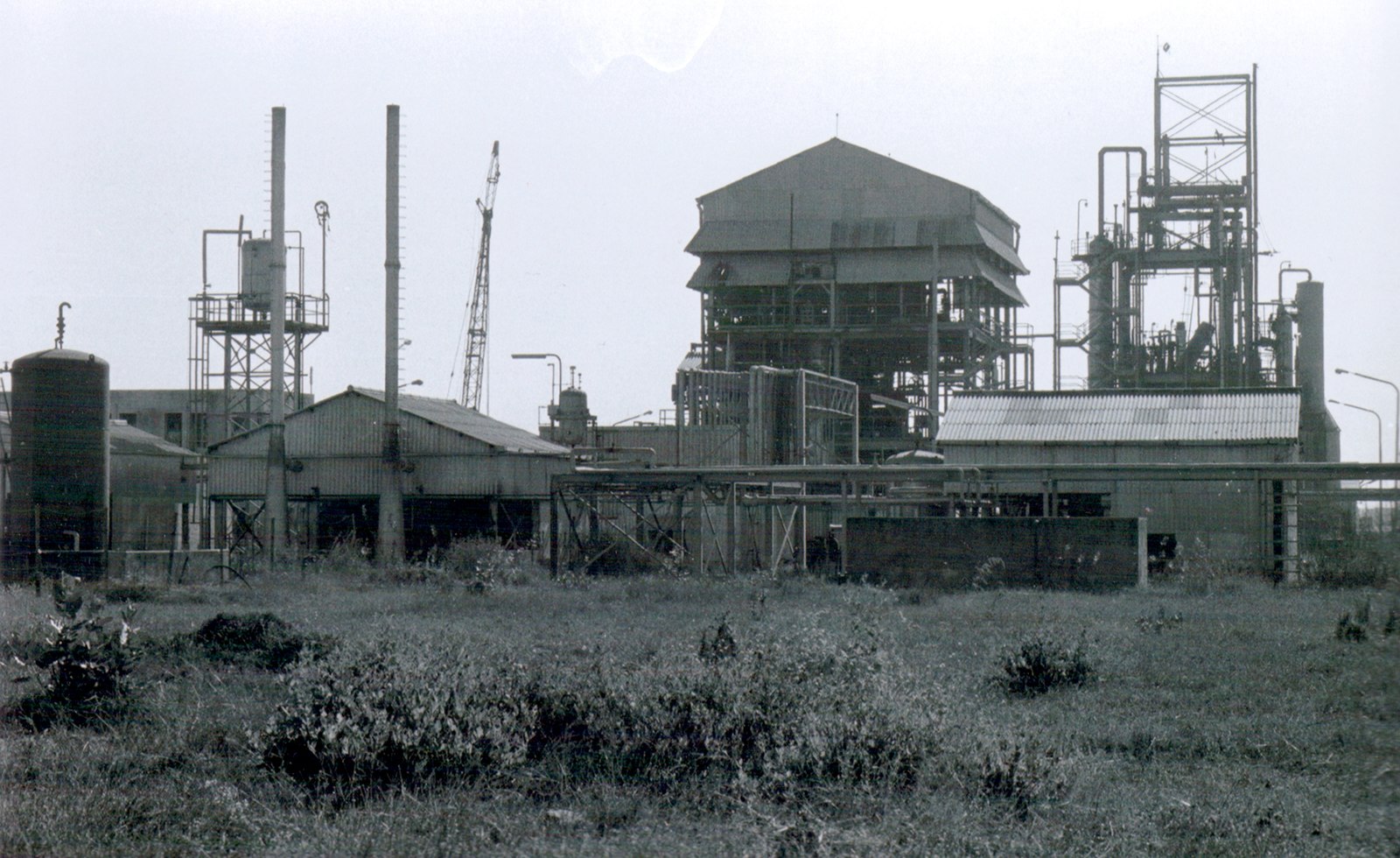
Bhopal, the capital city of the Indian state of Madhya Pradesh, was known for its vibrant cultural history and economic significance. It boasted the presence of the Union Carbide pesticide plant, a major employer that offered livelihoods to thousands of workers and played a vital role in driving the region’s economy.
Bhopal (after)
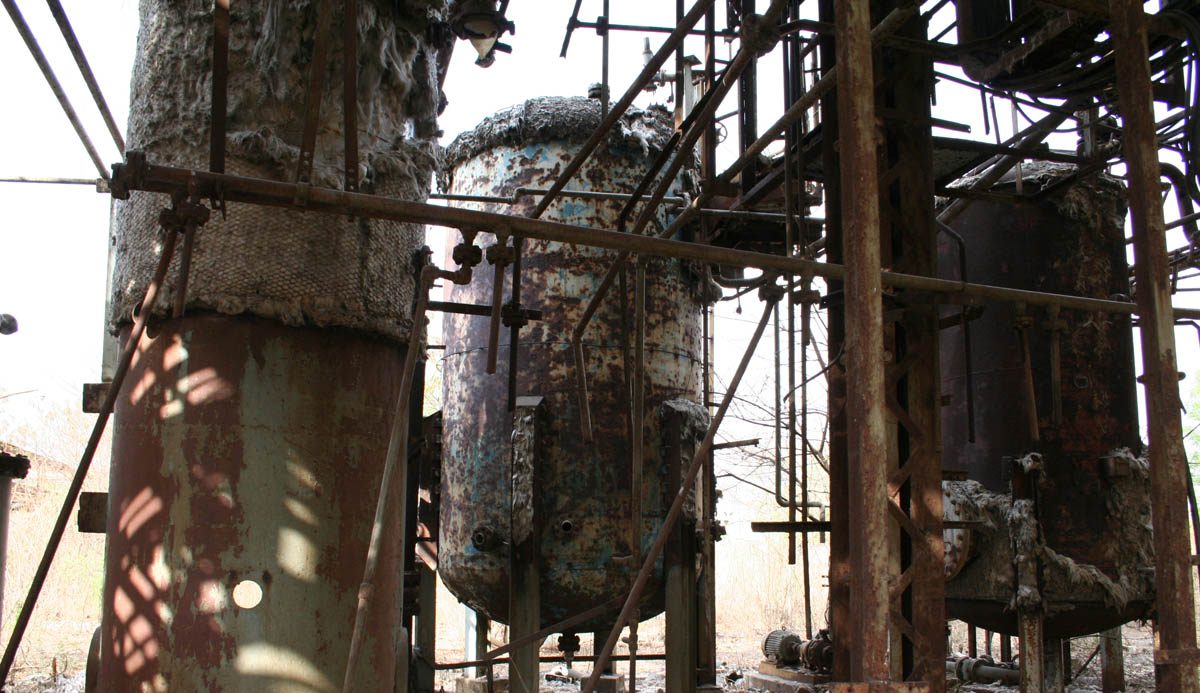
In December 1984, an explosion at the plant caused one of the world’s worst industrial accidents: the Bhopal Gas Leak. Thousands were instantly killed from inhaling toxic gases released during this incident, and its after-effects are still being felt today – this tragedy brought to light both industrial safety regulations and corporate responsibility.
Guangzhou (before)
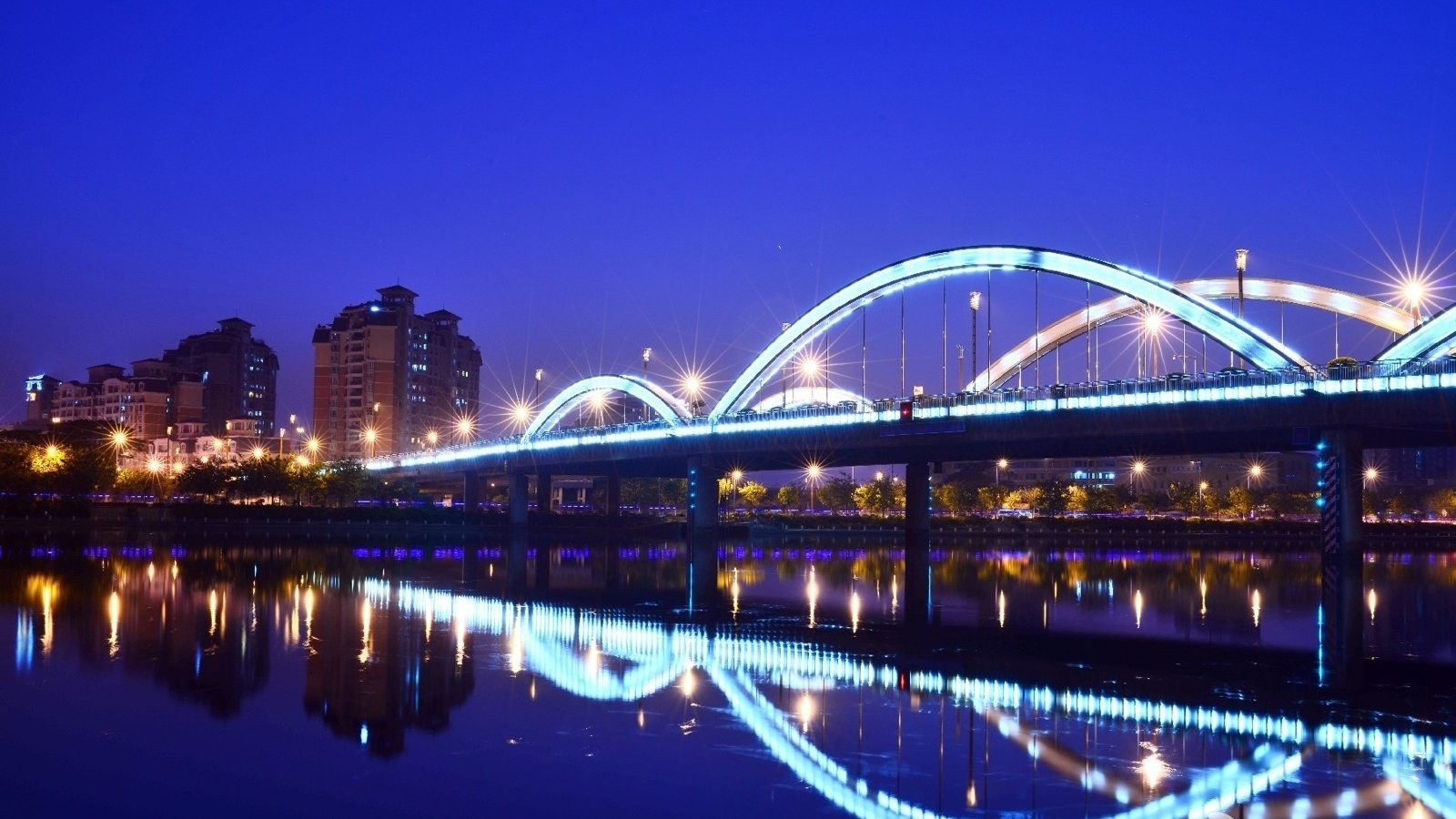
Renowned for its economy and unique mix of modern skyscrapers with historic architecture, Guangzhou served as key hub for China’s economic development, and housed numerous multinational corporations and factories that played an essential part in global supply chains.
Guangzhou (after)
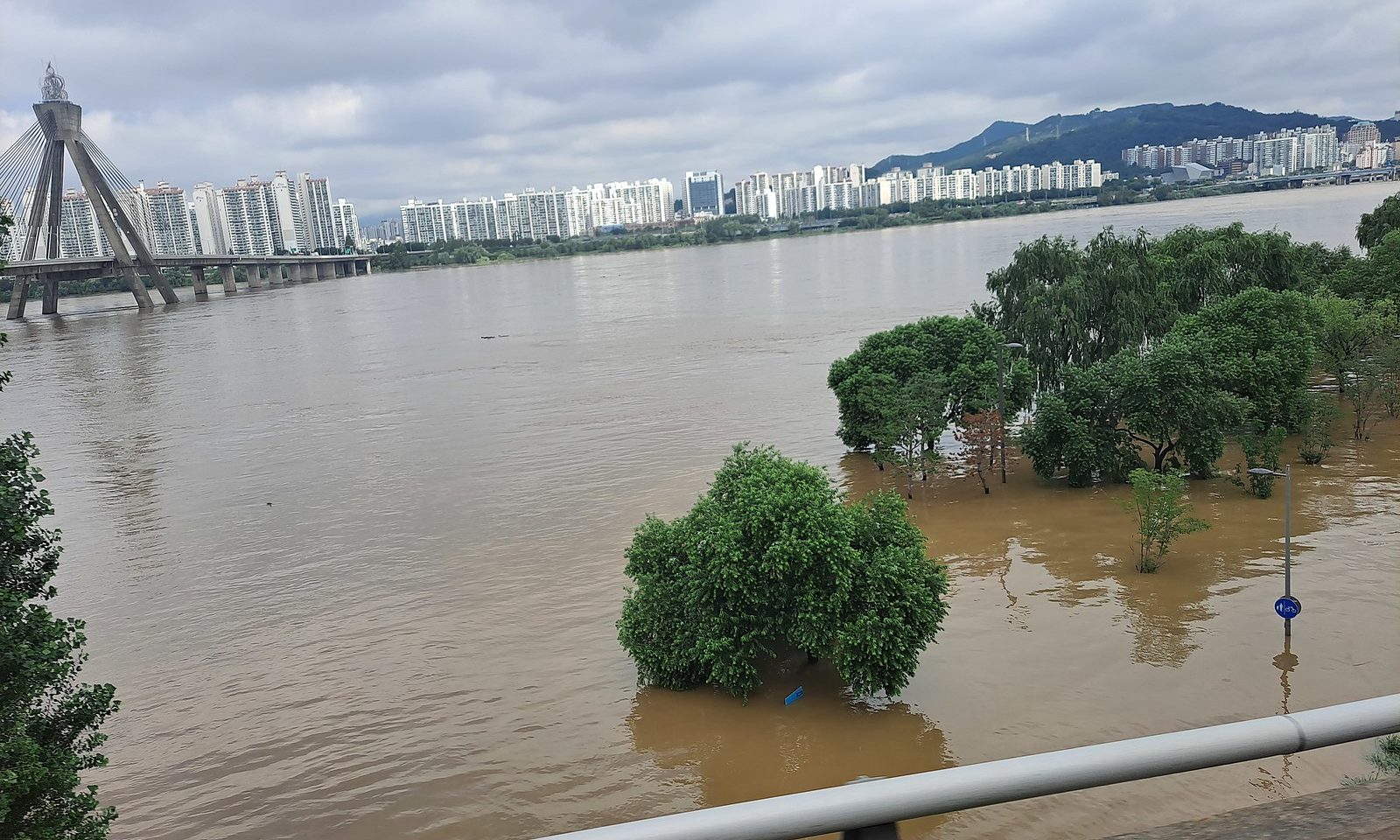
On August 7, 2022, torrential rainfall and flooding dramatically transformed the city. Floodwaters submerged many parts of the city, disrupting life, business operations and transport networks – as well as buildings, factories and infrastructure being severely damaged; not to mention global markets experiencing disruption as ripples spread through global supply chains.
Kobe (before)
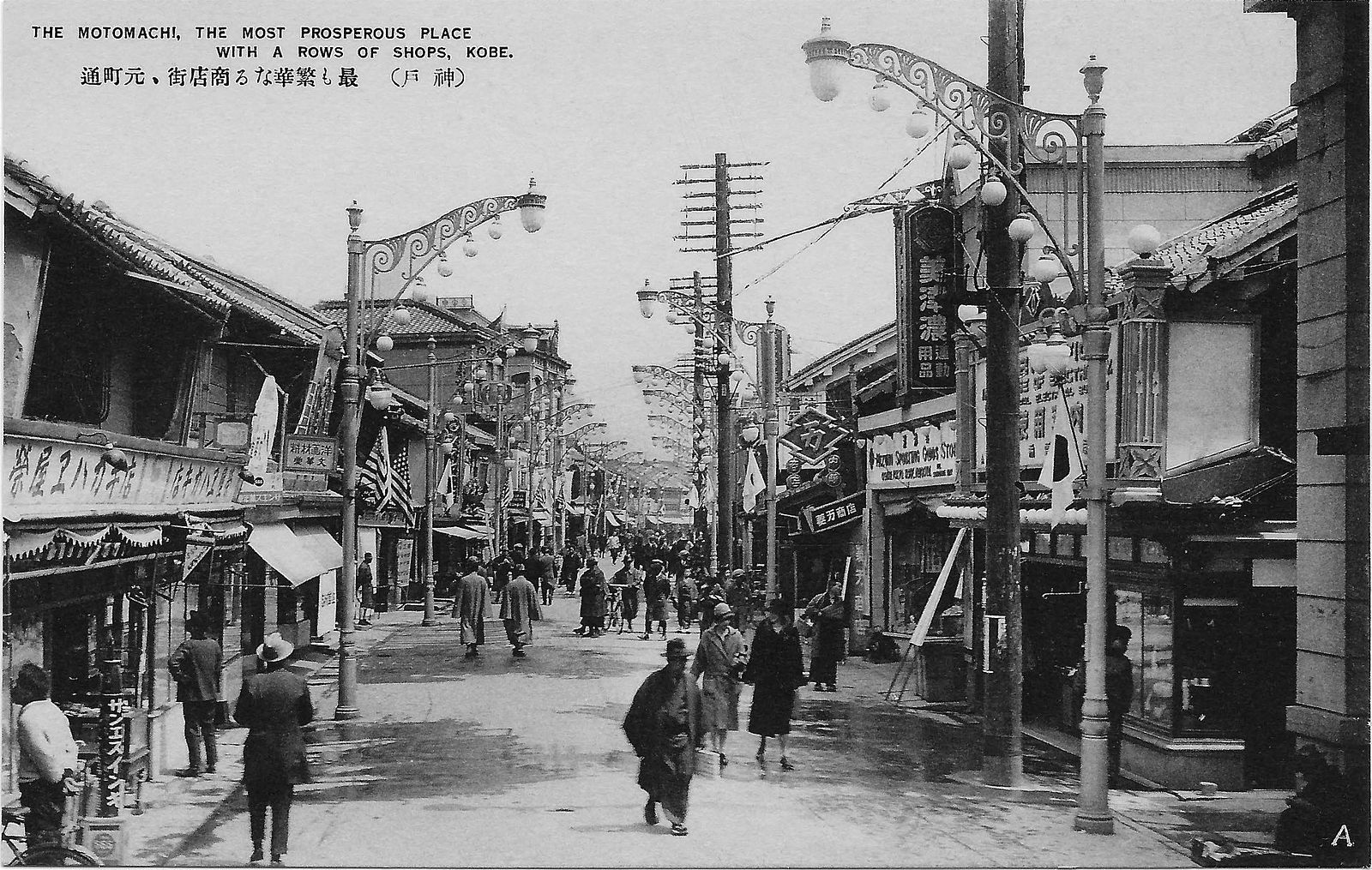
Kobe, Japan was an exciting and modern city famed for its picturesque harbor, bustling commercial districts and, of course, the world-famous Kobe beef. Boasting an extensive cultural legacy as well as iconic landmarks, Kobe was a top tourist spot and emblematic of Japan’s economic success.
Kobe (after)
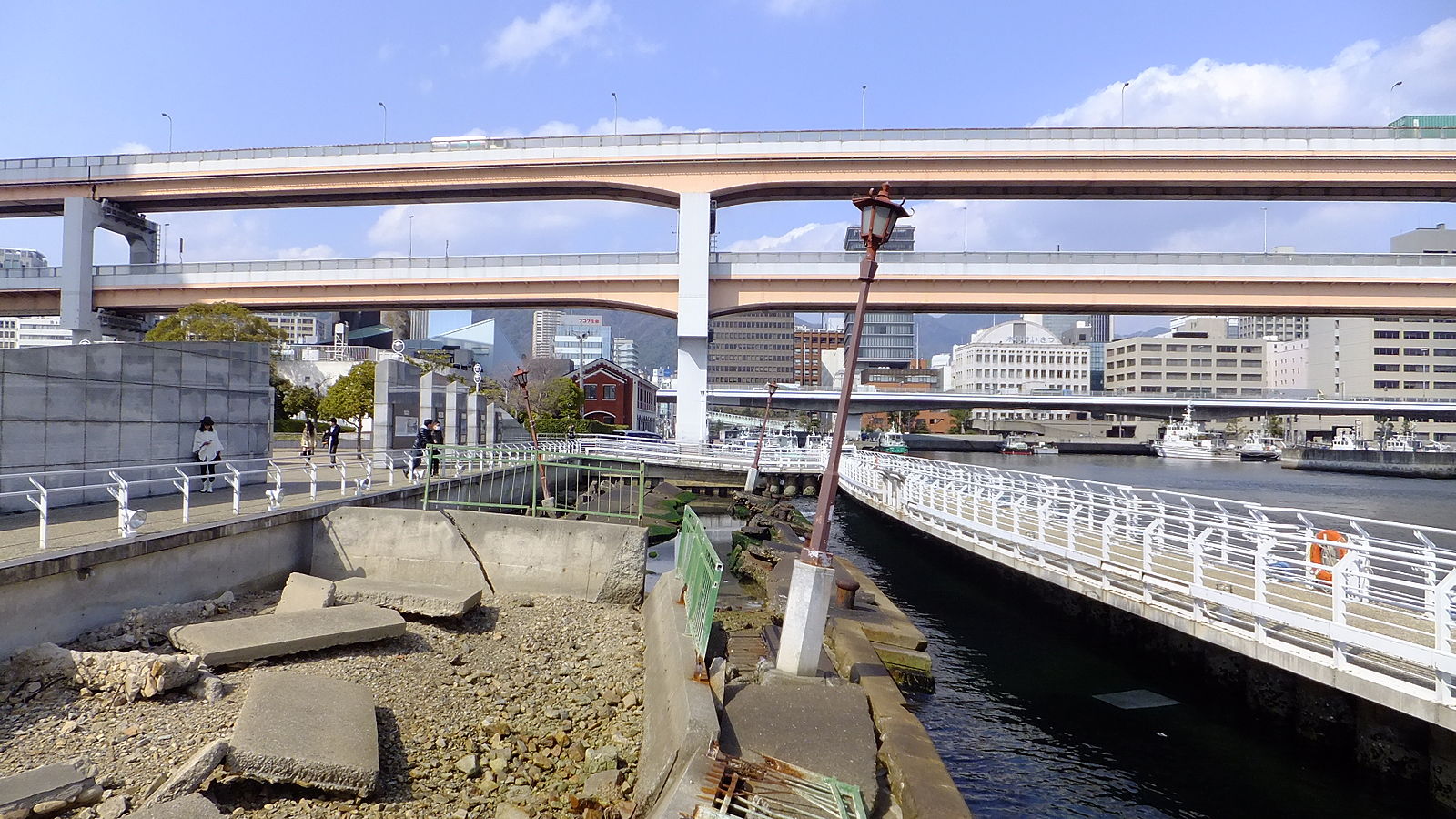
On January 17th 1995, a powerful earthquake devastated Kobe, Japan causing widespread destruction and the loss of 6,000 lives. The aftermath led to improvements in earthquake preparedness and infrastructure resilience improvements across Japan.
Santa Monica (before)
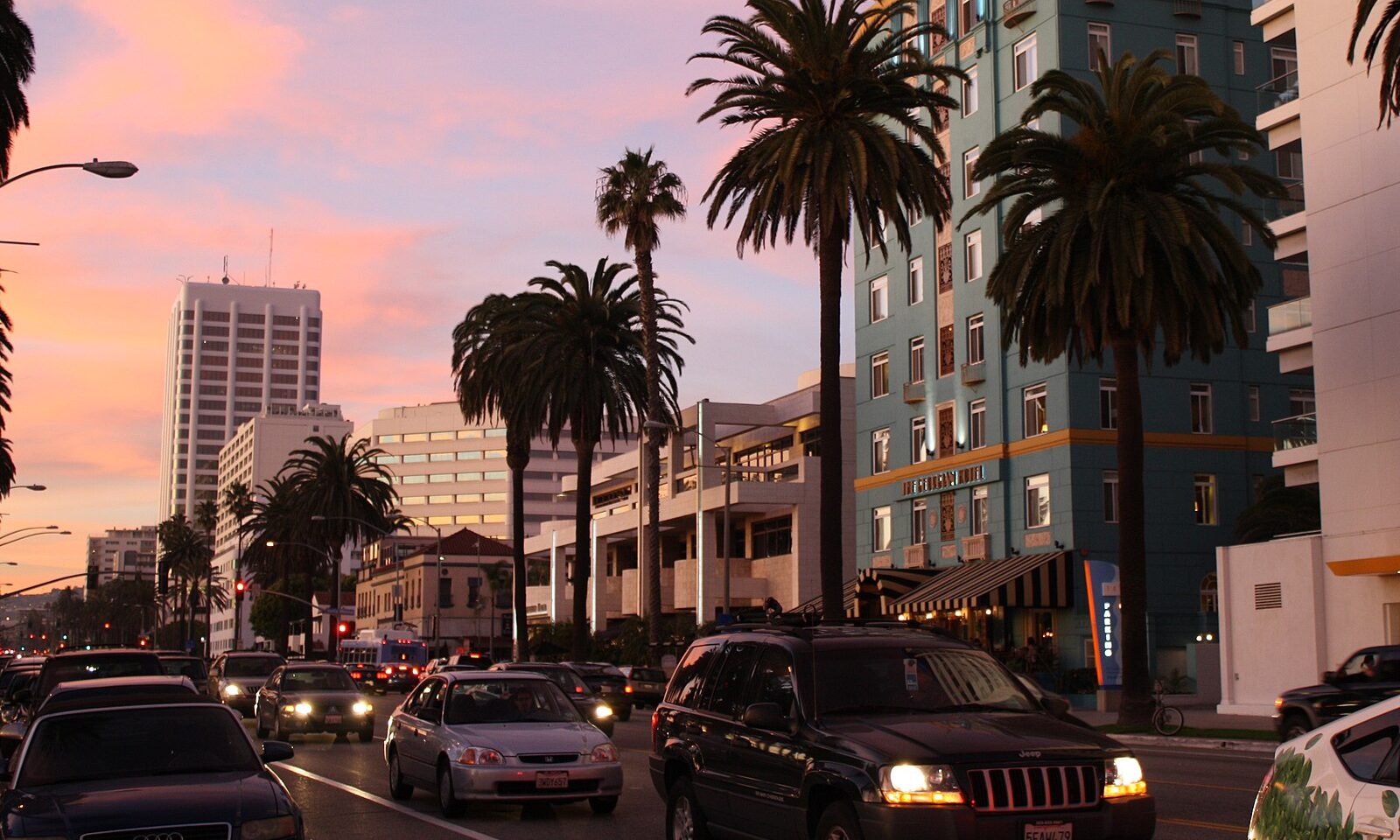
Santa Monica was renowned as an idyllic beach city known for its relaxed atmosphere, iconic pier, and vibrant cultural scene. Offering stunning coastal views as well as a bustling tourism industry, it was a favorite among both locals and visitors.
Santa Monica (after)
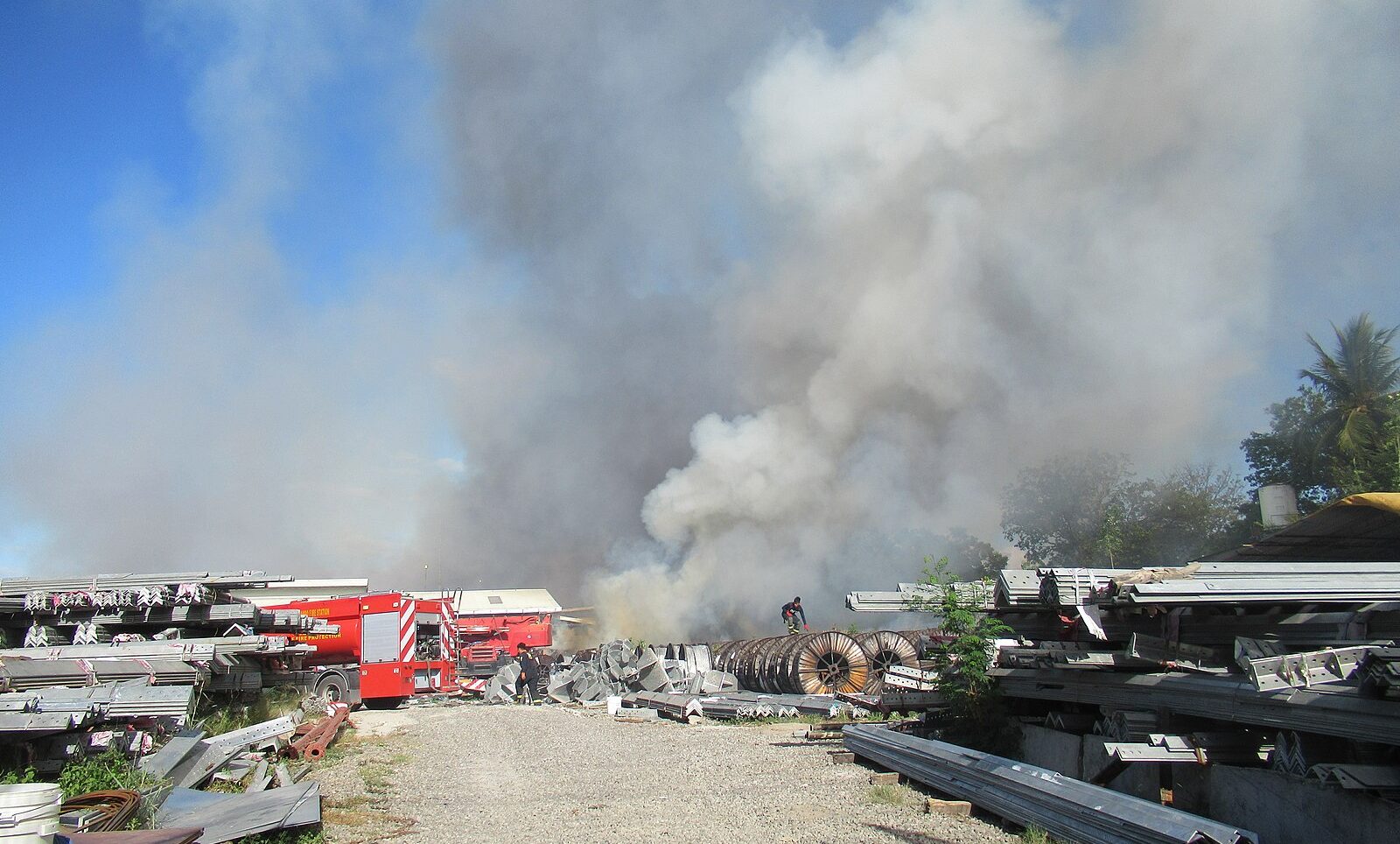
Santa Monica experienced a devastating wildfire in November 2018 that spread quickly through the region, endangering homes and communities resulting in evacuations, damage claims, property losses and the disappearance of natural habitats.
Port-au-Prince, Haiti (before)
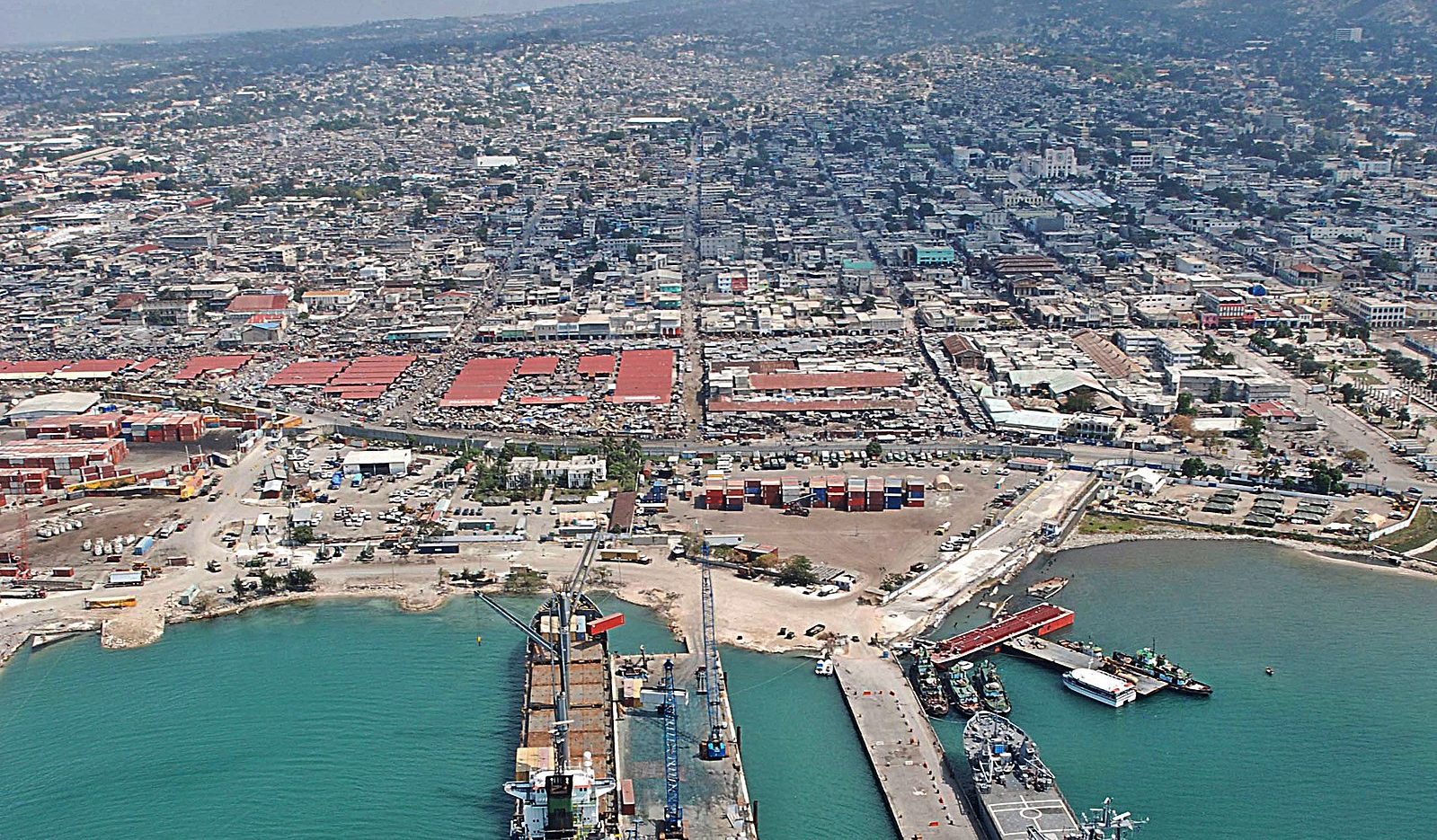
Port-au-Prince was the vibrant and bustling capital city of Haiti, known for its bustling markets, lively music performances, and diverse cultural offerings such as its National Palace and Iron Market landmarks – drawing both tourists and locals alike.
Port-au-Prince, Haiti (after)
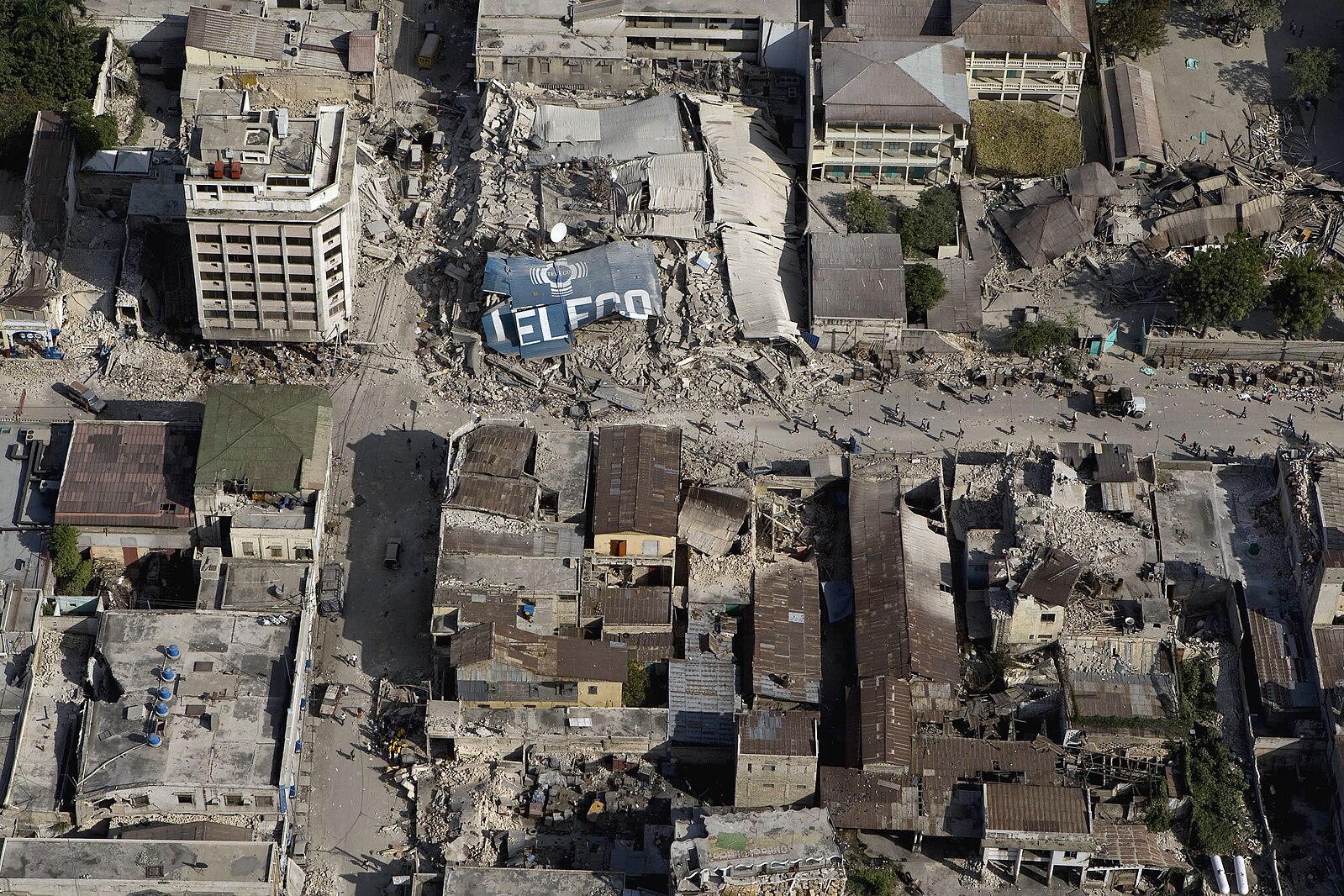
On January 12th 2010, an earthquake devastated Port-au-Prince, resulting in the tragic loss 230,000 lives and leaving millions homeless and in urgent need of aid and support. Reconstruction efforts proved challenging but also generated international solidarity to aid Haiti in their journey back from disaster.
Aberfan (before)
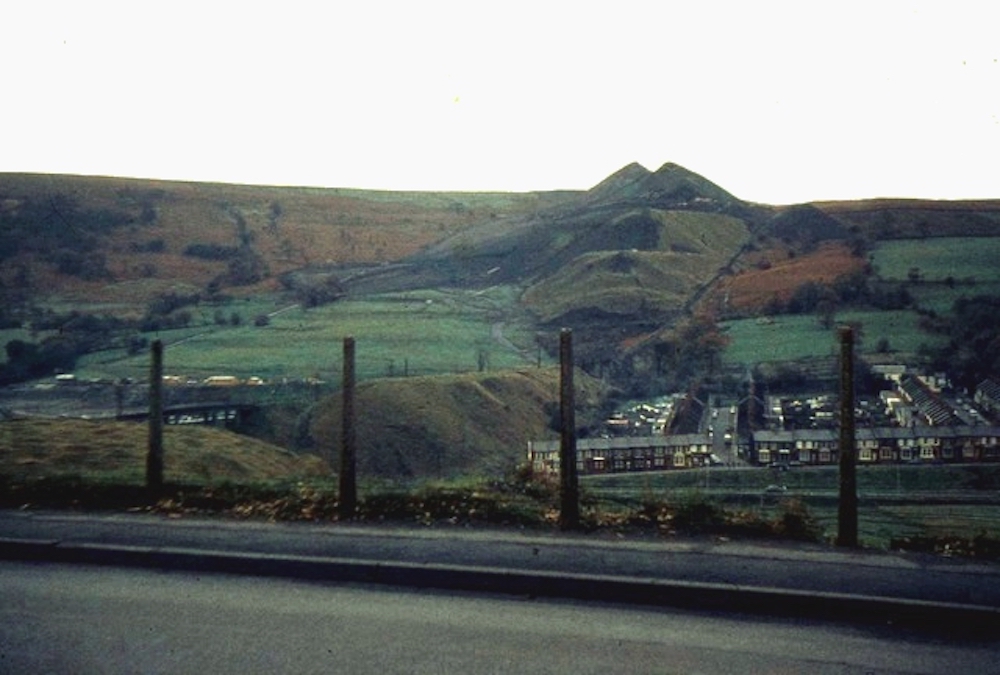
Aberfan, in South Wales, was a close-knit mining community characterized by idyllic valleys and rolling hills. Aberfan’s residents were known for their strong sense of community, boasting close bonds among neighbors and an immense pride for their industrial heritage.
Aberfan (after)
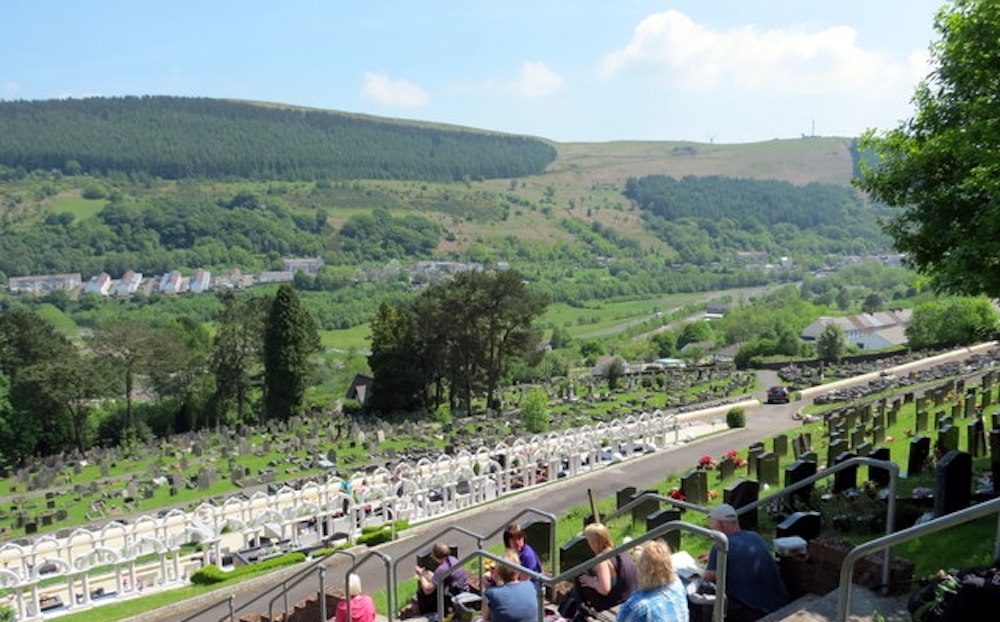
On October 21st, 1966, the Aberfan Disaster struck the village, forever altering its tranquil existence. The catastrophic collapse of the coal spoil tip sent a massive landslide of slurry cascading down the mountainside, engulfing Pantglas Junior School and surrounding buildings. The tragedy claimed the lives of 144 people, with the majority being schoolchildren, shocking the nation and the world.
San Juan Ixhuatepec (before)
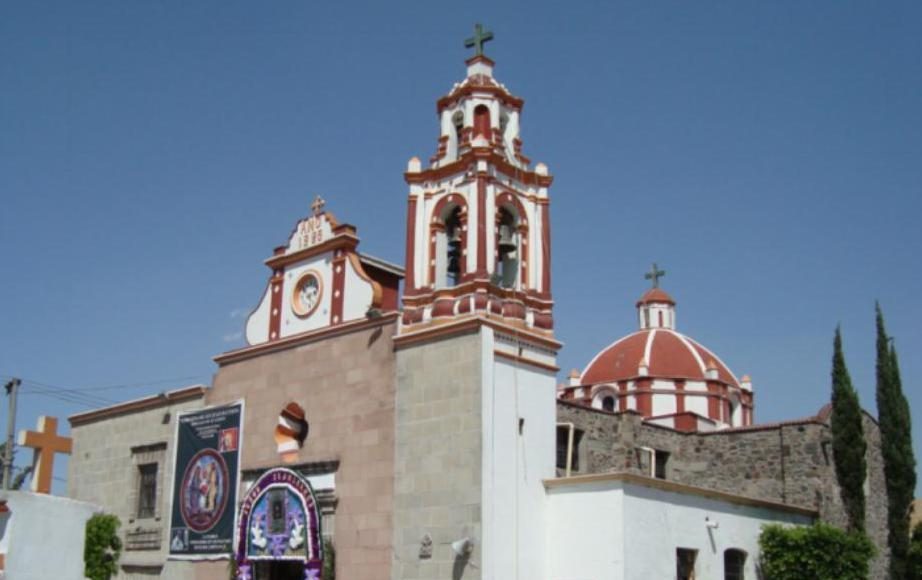
San Juan Ixhuatepec was a residential area located in Mexico City, known for its tight-knit community and bustling streets. The neighborhood was home to many families and was characterized by its vibrant marketplaces, small businesses, and lively cultural events.
San Juan Ixhuatepec (after)
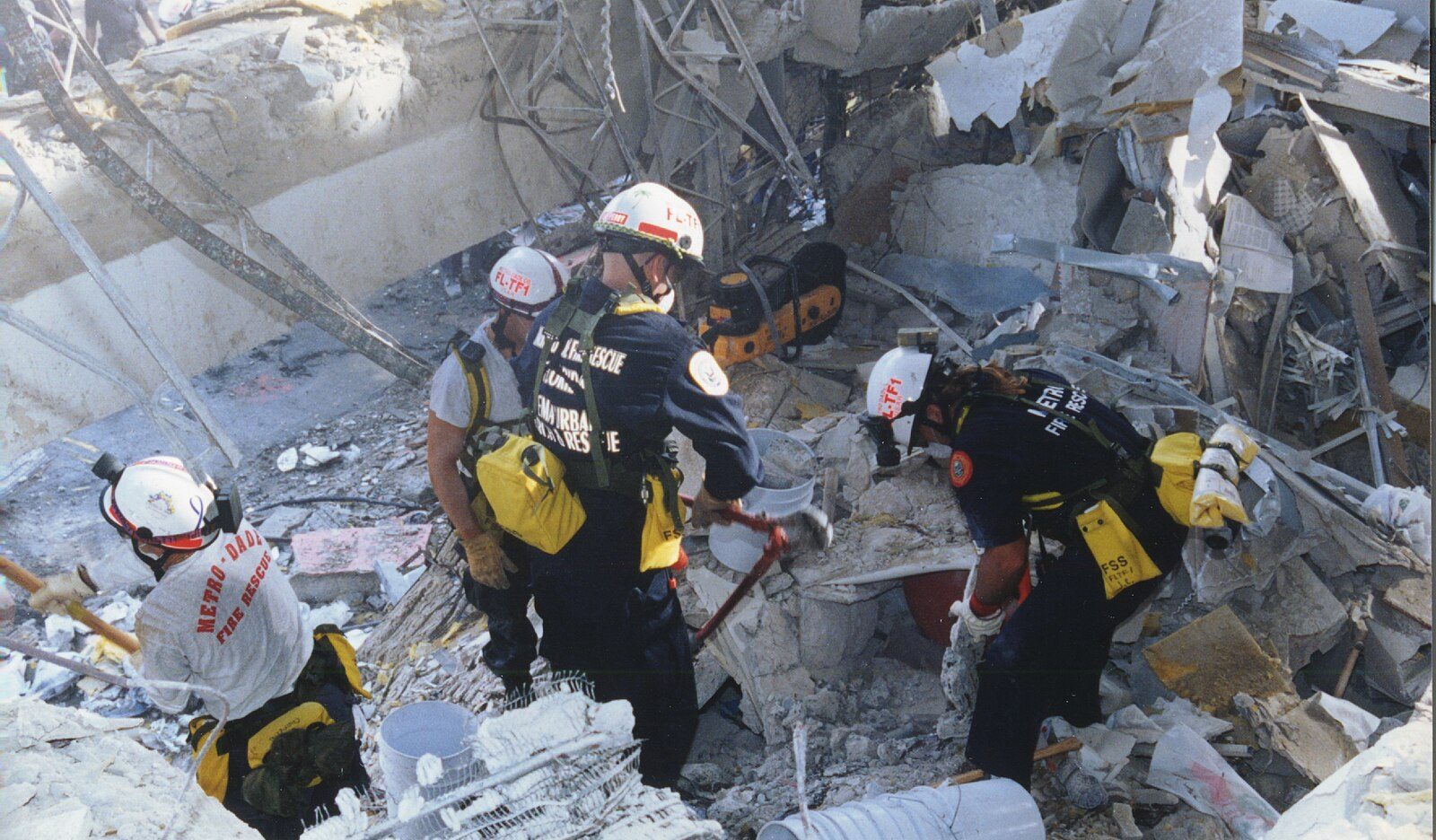
On November 19th 1984, San Juan Ixhuatepec was devastated when a series of large explosions at a gas storage facility caused massive fires that spread quickly throughout the surrounding area, destroying homes and businesses. Tragically, over 500 people died as a result of the explosions.